Ultimate Colombia Itinerary
Colombia is such a diverse country; it’s home to a turquoise blue sea, beautiful beaches, mountains, coffee farms, colonial towns, and the tallest palm trees in the world. It’s vast, and with all this scenery, you’ll need months to discover it all. However, in 3-weeks, you can still explore various destinations with this ultimate Colombia itinerary.
Tip: Looking for a more relaxed trip? Either have a look at our 2-week Colombia travel guide or consider dropping Tatacoa, Minca, or Palomino from your 3-week Colombia itinerary.
Day 1: Bogota (Arrival)
On day 1, arrive in the capital city of Colombia: bustling Bogota. This city is often missed in favor of other cities on a Colombia itinerary. However, it’s well worth staying for a few days. The city is a melting pot of old and new—a place where towering glass skyscrapers fill the spaces between old colonial buildings and mammoth murals.
Where to stay in Bogota
Stay in the beautiful area of La Candelaria with its quiet pedestrianized streets and colorfully painted houses. It’s also the safest area in Bogota and is a reasonable distance from all the things to do in the city. See all hotels in Bogota here.
Day 2: Bogota
Wake up on day 2 and enjoy a typical Colombian breakfast of Bandeja Paisa before joining a street art tour. On the tour, you’ll learn about the work of CRISP and the turbulent history between street artists and police. However, these days, artists have far more creative freedom in Bogota as they’re less likely to face persecution. Because of this, you’ll find colorful murals painted all around the city.
La Candelaria is a great neighborhood for your art tour and a nice spot for cafes and boutique shops.
Monserrate Mountain, Bogota
In the afternoon, set your sights on the majestic mountain ridge that towers over Bogota: Monserrate. It’s possible to hike up here, but it can take anything between 2-4 hours (and the trail can only be entered in the morning). Because of this, we recommend taking the cable car/funicular instead.
Enjoy a cup of tea at the top, looking out over the views of sprawling Bogota below and reflecting on your time in this fascinating city.
Day 3: Bogota to Tatacoa Desert
On Day 3 of your Colombia itinerary, get up early to embark on your journey to Tatacoa Desert (a 7-hour bus ride). Although the journey is long, it’s well worth it when you reach the otherworldly landscapes of Tatacoa.
The temperatures here are very hot. However, it does get an unusual amount of rainfall, making it greener and not technically a ‘desert’.
How to get from Bogota to Tatacoa
By Bus: 6-9 hours, depending on stops to the nearest big town, Neiva. Here take a taxi or bus for another hour to get to Tatacoa.
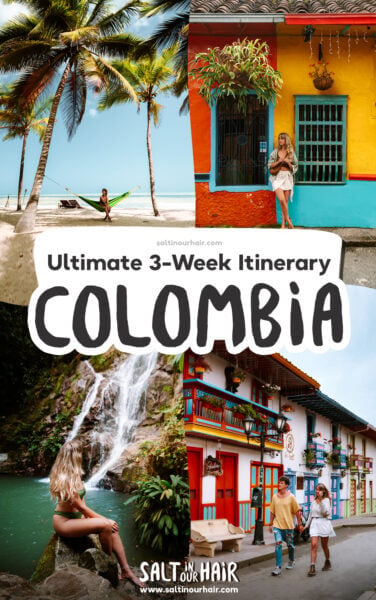
By Plane: Short on time? Consider flying from Bogota to Neiva (1 hour) and then taking a taxi or bus to Tatacoa.
However, if you want to travel sustainably, you could take an overnight bus on night 2. This means you’ll arrive in Tatacoa Desert first thing in the morning on Day 3.
Where to stay in Tatacoa
Tatacoa desert has a mix of lodges and glamping options, providing you with the real desert stargazing experience. However, if you want more accommodation options (especially hotels with pools), consider staying in the nearby town of Villavieja. From here, it’s only a 10-minute tuk-tuk ride into the desert. See all hotels in Tatacoa Desert.
Day 4: Tatacoa Desert
Day 4 is here, and it’s time to explore Colombia’s best-kept secret: the incredible Tatacoa Desert! Jump in a tuk-tuk and embark on your tour of the two deserts. In the red desert, you’ll find different minerals which create a rainbow effect (much like the rainbow mountain in Peru).
Spend a day here hiking among the otherworldly landscapes and, in the evening, stargaze in one of the most beautiful spots on earth. There are incredible stars because there is almost no light pollution in Tatacoa.
How to get from Tatacoa to Salento
By Bus
Take the bus back to Neiva (1 hour) by taking a bus or jeep from the square on the west side of Villavieja (cost 10,000 COP). From here, take a direct bus from Neiva to Armenia or Pereira (6.5 hours). Once you reach Armenia/Pereira, jump on a smaller bus to Salento, which takes 1 hour.
Please note: Bus times are slightly tricky, as they run mainly in the very early hours of the morning or later at night.
By Plane
You can fly from Neiva to Pereira or Armenia airport. However, there are no direct flights (each flight will make a change in Bogota, Colombia). Usually (including stopover), this will take around 3 hours. Please note that once you’ve added luggage, the flights often cost more than the bus.
Where to stay in Salento
Stay anywhere in the village as it’s tiny and will locate you near the center. If you want a more remote experience, consider staying at an eco-resort or glamping in the nature of the Cocora Valley. See all your accommodation options in Salento.
Day 6: Salento
Salento is one of the most beautiful places to visit on your 3-week Colombia itinerary. Nestled deep in the mountains and the coffee highlands, it’s home to some of the most epic scenery in the country, including the legendary Cocora Valley. Here, you’ll find the world’s tallest palm trees towering over green rolling hills as the mountain mist creeps in.
Spend day 6 on a tour of the Cocora Valley. Jump in a Willy (the old-fashioned jeep) from the town center and choose to do the complete valley hike (5-6 hours) or one of the shorter trails.
Alternatively, you can also go horseback riding, which offers you a completely different perspective of the landscape. It’s also a fantastic way to see the secret corners of the valley.
As with all animal tours, always do your research to check that the provider is ethical and sustainable (an important form of wildlife tourism).
Day 7: Salento
On day 7, enjoy the delights of this Colombia backpacking town. The main street, Calle Real, is lined with colorful storefronts in all the colors of the rainbow. Make sure to come early before the shops open (before 9 AM) so you can see the colors at their best before the doors are open.
In the afternoon, book a coffee tour and make the most of this UNESCO World Heritage Site (Salento is part of Colombia’s cultural coffee landscape). Alternatively, if you’d like a dip, head for the Santa Rita la Cascada, a beautiful waterfall just outside town.
Day 8: Salento to Medellin
Say goodbye to the luscious greenery of Salento and head for the metropolis of Medellin—one of the best cities to visit if you’re backpacking in Colombia! It sits around 7 hours north of Salento, and it’s easy to take a direct bus there. However, if you want a shorter journey, you can take a direct flight from Pereira or Armenia airport.
How to get from Salento to Medellin
By Bus: Take a bus from Salento to Periera or Armenia (roughly 1 hour). You can then take a direct bus to Medellin from either of these destinations in 5-6 hours. Buses should cost anything between 17-20 USD.
By Plane: Fly direct to Medellin from Pereira or Armenia. The flight time is between 40-50 minutes, so it’s a good option if you don’t have much time on your Colombia itinerary.
Where to stay in Medellin
The most popular area to stay in Medellin is El Poblado, which is more expensive as it’s known as the neighborhood for tourists and ex-pats. However, it’s also one of Medellin’s friendliest and safest areas. For something cheaper, look in the safe (but less touristy) neighborhood of Laureles. See all hotels in Medellin.
Day 9: Medellin
Medellin is a wonderfully unusual city, nestled in a valley inland. Here you can find an urban landscape with plenty of amazing things to do.
It’s also known as the city of ‘La Primavera Eterna’, meaning ‘eternal spring’ because the weather is so good all year round. Because of this, it’s the perfect place to go on a bike tour, checking out the colorful buildings of El Poblado and the unique sculptures of Fernando Botero.
Comuna 13, Medellin
In the afternoon, head to the most interesting neighborhood of Medellin: Comuna 13. This was once one of the most dangerous areas of the city, known for its gangs and guerillas.
The history here is very somber. However, its sad past has led its inhabitants to push forward into the world of creativity.
In fact, now it’s known all over the country for its street art, graffiti, and music scene. Join a free tour and learn about the area (one of the top things to do on your Colombia itinerary!).
Day 10: Medellin (Guatape)
Wake up early on day 10 and head for one of the prettiest villages in Colombia, just a 1.5-hour drive away. Guatape and its rock is a super colorful village lying close to the mountains and surrounded by many lakes. Spend the morning walking its cobbled streets and admiring all the colorfully painted doorways and windows.
Click here to read everything about Guatape and its rock.
From the village, jump in a tuk-tuk to ‘The Rock’, a 10 million tonne rock that can be seen from far and wide. Steps are now zig-zagged into the rock (675 in total), so you can climb to the top for awesome views of the valley and the many surrounding lakes.
Day 11: Medellin to Minca
Minca is 15 hours away in the very north of Colombia. For this reason, taking a flight or an overnight bus is best, so you don’t waste too much time on your Colombia 3-week itinerary.
It’s also the gateway to the ruins of the ‘lost city’, which are thought to be 650 years older than Machu Picchu. It’s the perfect place to unwind, drinking coffee while you look out over the treetops and the coast in the far distance.
How to get from Medellin to Minca
By Bus: You can take an overnight bus from Medellin to Santa Marta, which takes around 15-16 hours. This will also save you from wasting valuable time on your Colombia itinerary.
By Plane: The nearest airport is Santa Marta, which is around a 45-minute taxi ride away, and normally costs 90,000 COP (21.50 USD). Alternatively, take a shared taxi (Collectivo) from Estacion de Minca (in the center of Santa Marta), which is a much cheaper option at 9,000 COP (2.25 USD) per person.
Where to stay in Minca
Stay somewhere with a pool as during the day it gets very hot. You can stay anywhere in Minca as you’ll need to get on a motorcycle taxi to get around anyway. Choose from beautiful eco-lodges, treehouse-style hostels, and glamping; this is nature at its finest! See all accommodation in Minca.
Day 12: Minca
On day 12, explore the sights in this natural paradise, including the blue lagoon and the Marinka Waterfall. Both spots are also great for a dip and are walkable from the village, although the hot temperatures of the day can make it a little harder. For this reason, we recommend using a motorcycle taxi to get around.
Not far from the Blue Lagoon, you can also find the famous Finca la Victoria, which is one of the oldest coffee farms in Colombia. Join a coffee tour and learn all about the process from bean to cup, including their eco-friendly and organic techniques.
Day 13: Minca to Tayrona National Park
On the coast just below Minca, discover the incredible Tayrona National Park, a beautiful protected area that isn’t dissimilar to the scenery you’d find in the Caribbean!
The park has two entrances, either El Zaino (the main entrance) or Calabazo. Arrive as early as possible (before 8 AM), so you’re guaranteed entry, as the park limits how many people can enter each day. Make sure to also wear suitable footwear as you’ll be doing lots of walking inside Tayrona.
Entrance Fee: 68,500 COP (± 16 USD) during the high season. 57,500 COP (± 13.5 USD) in the low season. Please note that you’ll also have to pay mandatory park insurance, which costs 10,000 COP (± 2.5 USD).
How to get from Minca to Tayrona National Park
By Car: Either hire a car for yourself or jump in a taxi which takes 50-60 minutes from Minca. Prices for taxis can range from 60,000-80,000 COP (14 – 19 USD).
By bus: you can take a shared taxi (Collectivo) back to Santa Marta and then jump on the local bus, which runs between Santa Marta and Palomino. This local bus leaves every 30 minutes and costs 7000 COP (1.70 USD) to the El Zaino entrance at Tayrona.
Where to stay in Tayrona National Park
There are no hotels inside Tayrona National Park itself, so if you’re looking for something a little more comfortable, you’ll need to stay on the main road just outside the park.
Within the park, you can stay in a bungalow or eco-lodge, like Ecohabs Bamboo. However, if you want an authentic experience in nature, we recommend hiring a hammock or a tent; it’s the perfect way to see the stars after a fantastic day in Tayrona. See all accommodation in Tayrona National Park.
Day 14: Tayrona National Park
Wake up in the refreshing morning air after a night of stargazing from your hammock. Take a moment to admire the dense jungle surrounding you, with only the sounds of birds for company.
Spend day 14 walking along the trails within Tayrona, discovering secret coves and beautiful blue water for swimming. The park is situated on the Caribbean coast of Colombia, which is known for its dangerous waters.
Because of this, some of the beaches within the national park aren’t safe for swimming. However, some places are suitable, for example, the most popular beaches of Cabo San Juan del Guia and Playa Cristal (great for snorkeling because of its clear water!).
Day 15: Tayrona to Palomino
Say goodbye to your hammock and the luscious landscapes and wildlife of Tayrona National Park, and hello to another charming village on the Caribbean Coast: Palomino! Just a 45-minute bus ride away, discover this laidback town that’s popular for those that are backpacking in Colombia.
How to get from Tayrona to Palomino
By Bus: A local bus travels between Santa Marta and Palomino, stopping along the way at Tayrona. You can jump on this bus just outside the national park entrance (just wave down the driver). The ticket price is 8,000-10,000 COP (1.85 – 2.30 USD)
Please note: There is one hour of walking from the end of the trail to the Tayrona National Park entrance. Skip this and take a motorbike taxi for 5,000 COP (1.15 USD).
Where to stay in Palomino
The beaches in Palomino aren’t great for swimming, so we recommend finding accommodation with a pool to cool down in. Choose somewhere like Casa del Pavo Real (only a 5-minute walk from the ocean). See all hotels in Palomino, Colombia.
Day 16: Palomino
Head to the main Palomino beach to relax and enjoy the sights and sounds of the Caribbean coast. There’s plenty of space to sunbathe under the shade of the palm trees, and we recommend buying yourself a freshly squeezed fruit juice from one of the many beach shacks.
In the afternoon, enjoy Palomino’s most famous activity: tubing! This is an absolute must-do on any Colombia itinerary. Arrange a tour in town (or with your hotel), and you’ll be dropped at the river with a large inflatable tube. From here, you’ll spend a few hours floating down the river. It’s the perfect thing to do with friends and a great way to get a different perspective of Palomino from the river.
Day 17: Palomino
A top thing to do in Palomino is to visit one of the many dog shelters. Sadly, stray dogs are everywhere in Colombia, and many kind people are working hard to rescue and rehabilitate them. We did a tour with Dog Shelter Palomino, where we did a river walk with rope swings, enjoyed a picnic, and cuddled all the amazing dogs. It was such a lovely experience!
Tip: Still got some time in Palomino? A 30-minute bus ride away, discover the incredible Quebrada Valencia Falls—the perfect place for a refreshing dip!
Day 18: Palomino to Cartagena
After a relaxing few days on the coast, it’s time to head back to city life. This time, head for the colorful Cartagena, a city unlike any other you’ll find in Colombia. Discover a place where every house is painted in the brightest colors, and street sellers wander with tropical fruit baskets.
How to get from Palomino to Cartagena
By Bus: 7-9 hours with a change in Santa Marta (no need to prebook in advance). To get to Santa Marta, you’ll need to take the local bus, which takes 1.5 hours. Once you’re in Santa Marta, head for the central bus station. Buses leave for Cartagena every half an hour, costing 43,000 COP (10 USD).
Where to stay in Cartagena
The old town is the most charming area (within the walled city). You’ll also find the Getsemani neighborhood next door, which is a little cheaper and still convenient for seeing everything in Cartagena. Find your hotel in Cartagena here.
Day 19: Cartagena
Cartagena showcases city life unlike any other place on your Colombia 3-week itinerary. It’s not got the urban feel of cities like Bogota and Medellin. Instead, you’ll find tropical vibes and beautiful bright colonial buildings. Everywhere you look, there’s color; look out for the ladies carrying fruit on their heads and wearing vibrant dresses.
Spend your first full day in Cartagena exploring the different neighborhoods, from the colonial houses of the walled city to the street art of Getsemani. After a day of wandering, make sure to also visit the famous Cafe Havana in Getsemani, where you can enjoy an authentic salsa dancing experience.
Day 20: Cartagena
On your penultimate day in Colombia, book a boat tour and discover the Baru Islands, a group of islands that lie just off the coast of Cartagena. You’ll find white sandy beaches and beautiful blue water. Plus, it’s a local favorite, so there’s a buzz that’s hard to beat, with beach bars playing music and serving cocktails.
As you return to Cartagena by boat (45 minutes), you’ll also have exceptional views of the Cartegena skyline, bathed in sunset colors. It’s a beautiful way to end your time in this incredible country.
Day 21: Cartagena (Departure)
On the final day of your Colombia itinerary, it’s time to say goodbye to this vibrant country.
Cartagena is a great destination to leave from, as it’s a top-rated holiday destination for Americans, so there are plenty of flight options to the USA. The airport (Rafael Nunez) also has direct flights to bigger cities like Bogota and Medellin.
How to Visit Colombia in 3 Weeks
Whether you’re backpacking in Colombia or choosing a more upscale experience, there’s something for everyone, and it would be easy to carry on exploring for months! The country is enormous, but 3 weeks is a reasonable amount of time to see some of the main destinations in Colombia. This Colombia itinerary includes all the best activities, places, and transport options to make your trip one to remember.
Tip: If you want a more relaxed backpacking trip in Colombia, you can eliminate Tatacoa, Minca, or Palomino from your itinerary.
Getting to Colombia
There are a few international airports in Colombia. You can fly to the USA from Cartagena airport, and from Bogota and Medellin, you can find direct flights worldwide. The best flights arrive at El Dorado Aiport (Bogota), where your Colombia itinerary starts.
Tip: you can also cross borders from Panama or Ecuador if you’re already traveling in those countries.
Getting Around Colombia
By Bus:
Traveling by local bus in Colombia is the cheapest way to get around. However, the country is enormous, and the distances can be very far between destinations on your Colombia itinerary. Because of this, we recommend taking overnight buses, so you don’t miss out on valuable sightseeing days. Plus, you’ll save on a night’s accommodation—win-win!
By Plane:
Because of the long distances, many people opt to fly between cities. However, tickets can be expensive, and once you’ve added the luggage cost, it can seem pretty unaffordable. If you’re short on time, though, it’s one of the easiest and most comfortable ways to travel. For more remote destinations like Tatacoa Desert and Minca, you’ll need to fly to the closest airports (normally about a 1-2 hour bus/taxi ride away).
By Organized Tour
For ease of travel, book an organized tour to take you to various destinations on your Colombia itinerary. These types of tours will typically include return transportation (usually in a shared bus), as well as a guide to teach you more about each place. Whether it’s a day tour to the Baru Islands or a 4-day walking to the lost city (Minca), there is something to fit every type of traveler.
Our Favorite Colombia Accommodations
There are so many fantastic places to stay in Colombia, whether it’s hammocks under the stars of the Caribbean Coast, a treehouse in the mountains, or a hotel with a rooftop pool among the skyscrapers of the big city. Below are our favorites for each destination on this Colombia 3-week itinerary.
- Bogota: Botanico Hostel, Selina La Candelaria
- Tatacoa Desert: Mana Star Hotel, El Penon de Constantino, Star Eco Hotel (Villavieja)
- Salento: Coffee Tree Boutique Hostel, Terrazas de Salento, Montana Glamping, Hotel Terasu Salento
- Medellin: Los Patios Hostel, Range Boutique Hostel, Nomanda Hotel, Sites Hotel
- Minca: Siembra Boutique Hostel, Mundo Nuevo Eco Lodge, Hostel Sierra
- Tayrona: Eco Lodge Chayrama, Ecohabs Bamboo
- Palomino: Casa del Pavo Real, Reserva Natural El Matuy
- Cartagena: Sofitel Santa Clara, Republica Hostel Cartagena
How Much Does 3 Weeks in Colombia Cost?
Colombia is known as a cheap destination to travel in, especially for food, accommodation, and activities. Transport can be a little more expensive because of the long distances and the need to take flights between a few locations on this Colombia itinerary. However, generally, it’s excellent for those who are backpacking in Colombia on a budget.
Best Time to Visit Colombia
The driest months to travel with this Colombia itinerary are December – March. This is the best time to visit most destinations. Outside of these months can be stormy. However, it’s still a good time to visit, and the prices will be much lower.
We also recommend avoiding the month of December for places like Tayrona National Park, as it gets very popular with locals on holiday and may be busy.
Do I need a Visa for 3 Weeks in Colombia?
Most passport holders do not need a visa to enter Colombia for a stay of fewer than 90 days. However, you will need a valid passport and may need to show evidence of a return or onward journey.
Is Colombia Safe?
Colombia has a reputation for being unsafe, mainly because of drug cartels, gangs, and guerilla warfare. Its history has been turbulent. However, in general, things have been looking up in recent years. We had a very positive experience and always felt safe. However, as with all destinations, always exercise caution. For example, stick to safe neighborhoods, don’t walk down dark streets at night, and keep anything valuable locked up at your hotel.
Travel Insurance for Backpacking in Colombia
You might only be traveling in Colombia for 3 weeks, but we recommend purchasing single trip insurance to protect against any unforeseen circumstances. For example, lost baggage, phone theft, or a motorbike accident.
Travel Insurance
Don't forget a travel insurance for your Colombia trip! Heymondo covers medical emergencies, theft, delays, cancellations, lost luggage, and more, with 24/7 worldwide assistance and medical chat. As a Salt in our Hair reader, we've got you 5% off! Check Heymondo here
If you’re backpacking in Colombia, taking out travel insurance is particularly important, as you’ll likely want to participate in group activities like surfing, mountain trekking, or horseriding.
What to Pack for a 3-Week Colombia Itinerary
Depending on the time of year you visit, you may have different weather when backpacking in Colombia. Especially during the nights in the mountains or desert, temperatures can drop, so make sure to always have extra layers with you.
Colombia Packing List
- Take layers – Layers of clothing are essential to add or remove items, especially in mountainous destinations like Minca, when the temperatures can drop in the evening.
- Quick-dry clothing – Depending on when you visit, you may have a little rain during your trip to Colombia. Take clothing made of fabrics that dry quickly because items take very long to dry due to the tropical, humid weather.
- Microfiber towel – Like quick-dry clothing, it’s beneficial to take microfiber towels as they dry much faster and are incredibly lightweight.
- Waterproof backpack – Keep your valuables dry in a waterproof backpack or a rain cover that comes with your bag.
- Raincoat – The final item for rain is a waterproof jacket/raincoat. Some can also be easily folded into a package that you can take anywhere.
- Hat – Always take a hat/cap to protect you against that beautiful Colombian sunshine
- Long socks & trousers – You might also want to take long socks & trousers for some hikes, night walks, or evenings outside to cover your legs and prevent mosquito bites.
- Suitable footwear – Good walking shoes/sneakers/sandals are a must. Hikes can be somewhat challenging with muddy or rocky paths. It’s not wise to wear flip-flops here.
- Earplugs – Your nights can be disturbed by animal sounds, music, or the sound of the waves when sleeping in your hammock/tent in Colombia. Earplugs save you from having a sleepless night!
- Camera – Capture memories of your 3 weeks in Colombia with a waterproof camera like a GoPro, or get good protection gear for your camera so you won’t have problems if it rains unexpectedly.
- Power bank – For long hikes, power outages, or moments in the jungle, it’s helpful to have a power bank to recharge your phone (get one here).
Packing Sustainable Items
- Insect repellent – Bring an insect repellent but get a non-toxic product to prevent harming nature or animals.
- Sunscreen – An obvious addition to repellent is also sunscreen. We recommend a product without toxic ingredients, so it doesn’t harm the environment. (Read about alternative sunscreens here)
- Refillable water bottle/purifier – Water is drinkable from the tap in most places in Colombia, except on the coast and in less developed areas. Bring a reusable water bottle with you, which will save you from buying single-use plastic bottles; refill instead!
- Stainless steel straw – Coconuts and fresh fruit juice are often sold on Colombia’s streets. Carry a stainless steel straw with you and avoid plastic or single-use straws. Top tip: With stainless steel, you can also scrape out the delicious inside of the coconut.
By purchasing through our links, you support us at no additional cost.
Thank you for your support. ♥️
- Find Hotels via Booking.com
- Find a Rental Car via Sunny Cars
- Find Flights to Colombia via Skyscanner
- Get a Travel Insurance via Heymondo
- Book Tours & Attractions via GetYourGuide
- Book a Bus/Train/Transfer via 12Go
Looking for more travel information? Plan a chat with us for personalised travel advice or get an answer from the Salt in our Hair Travel Community on Facebook.

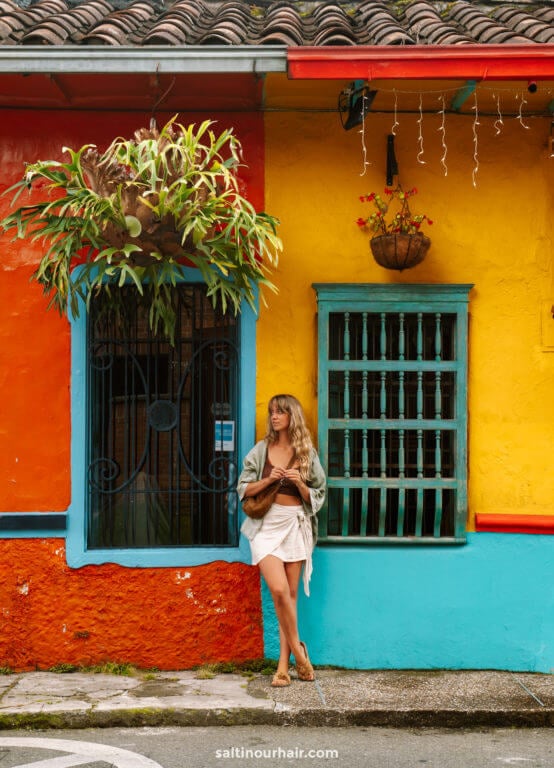
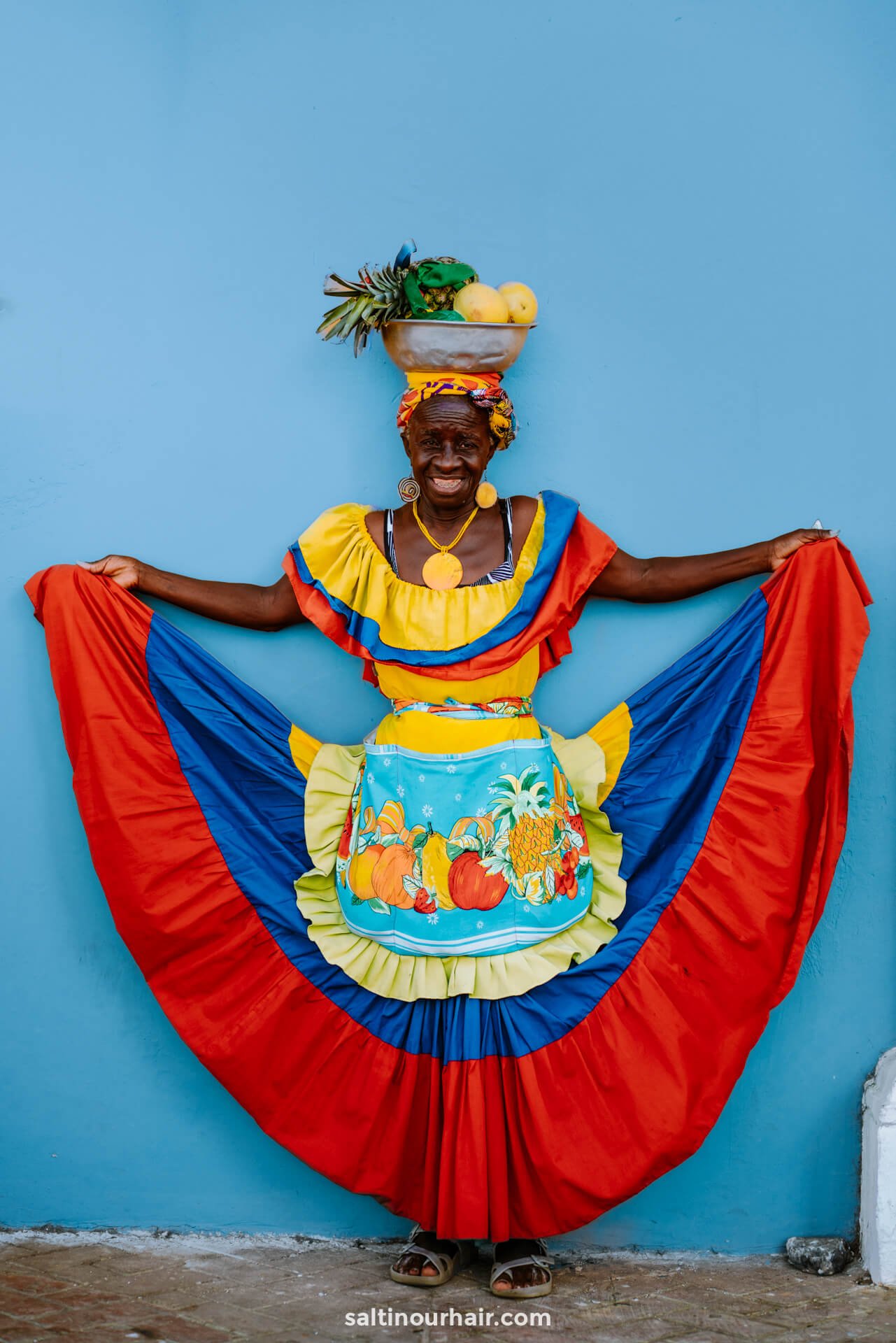
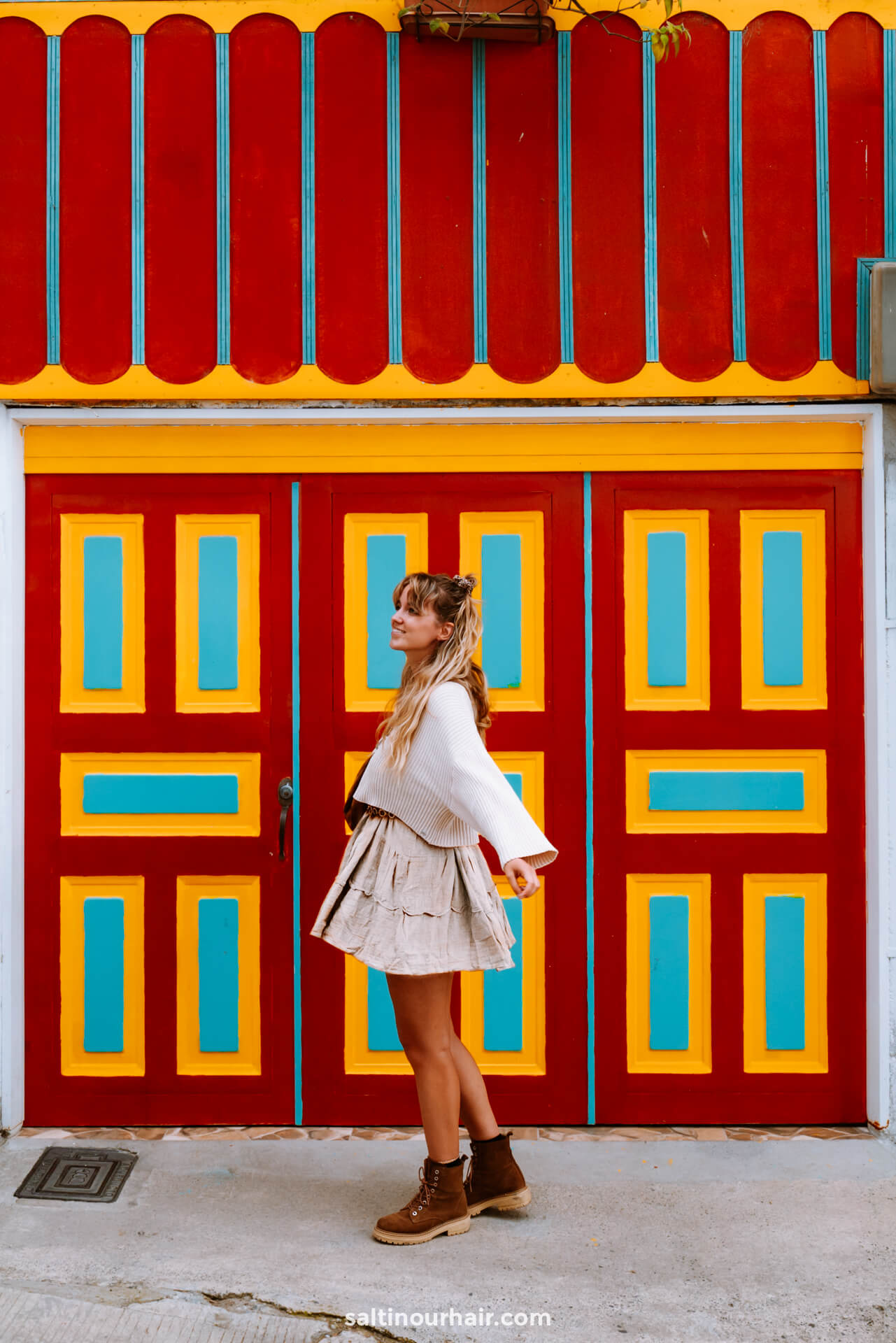
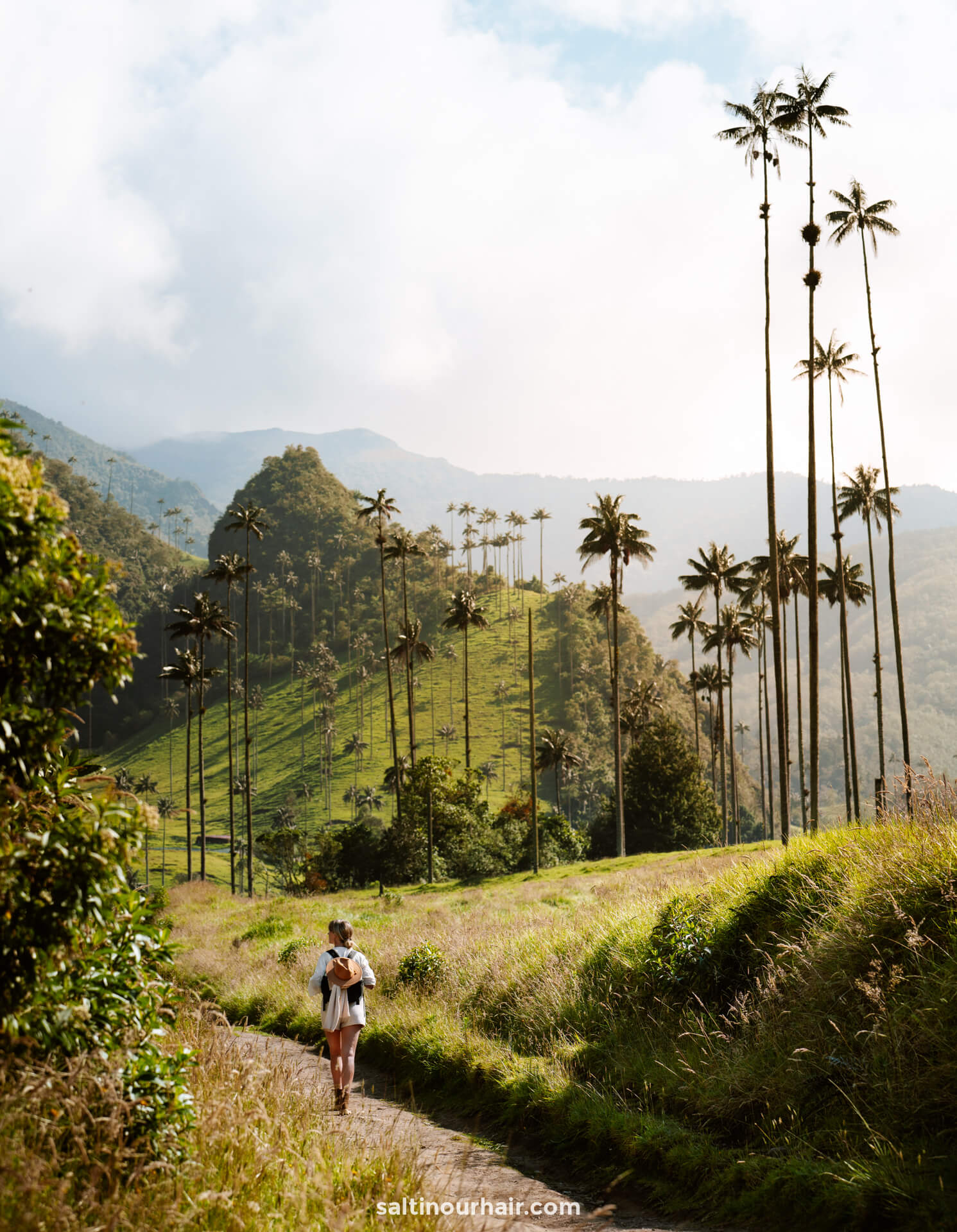
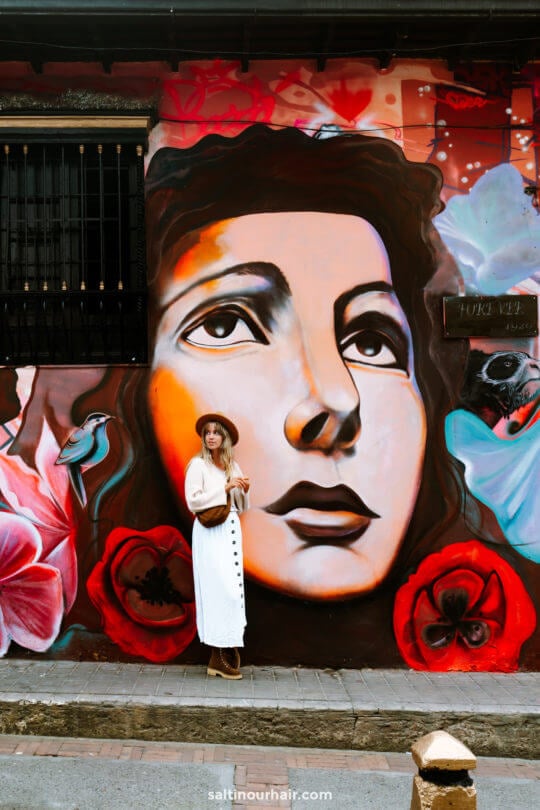
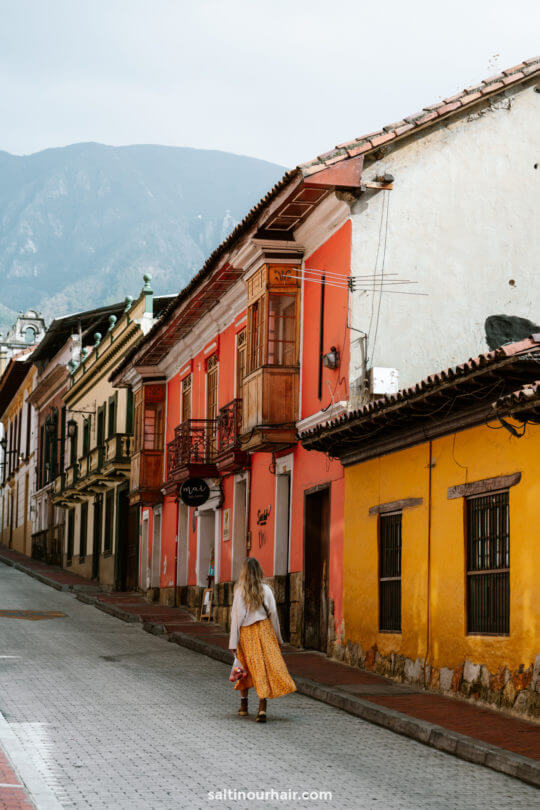
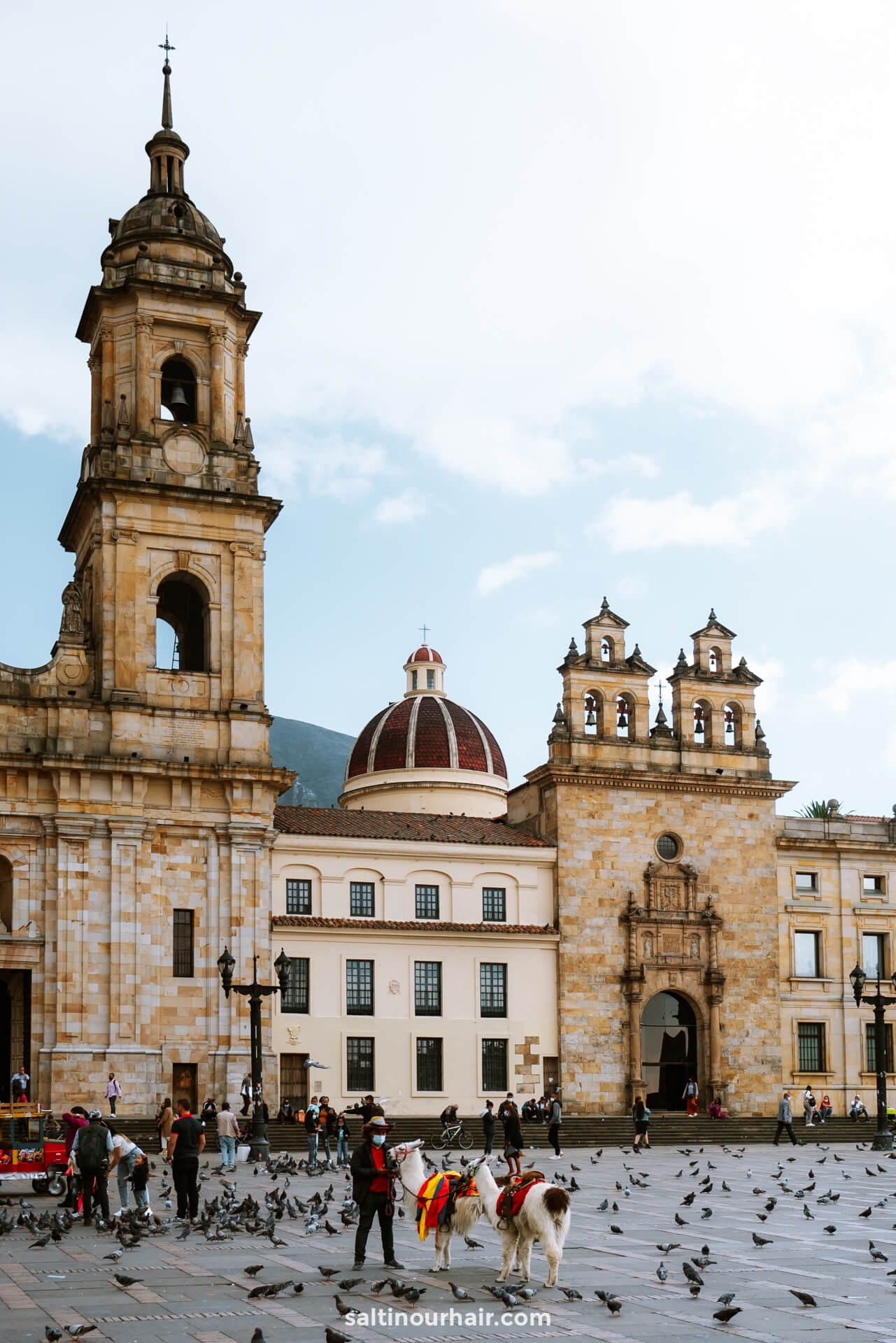
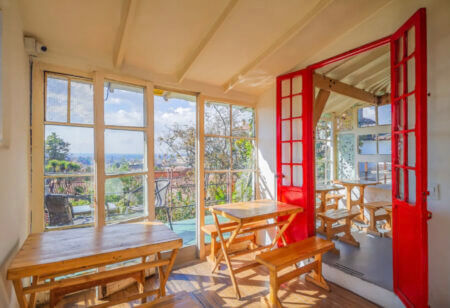

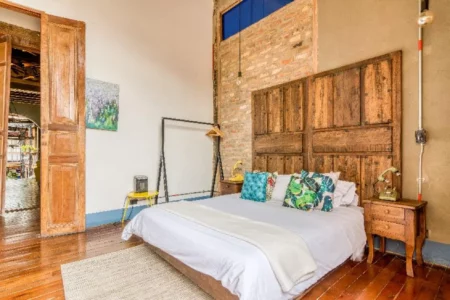

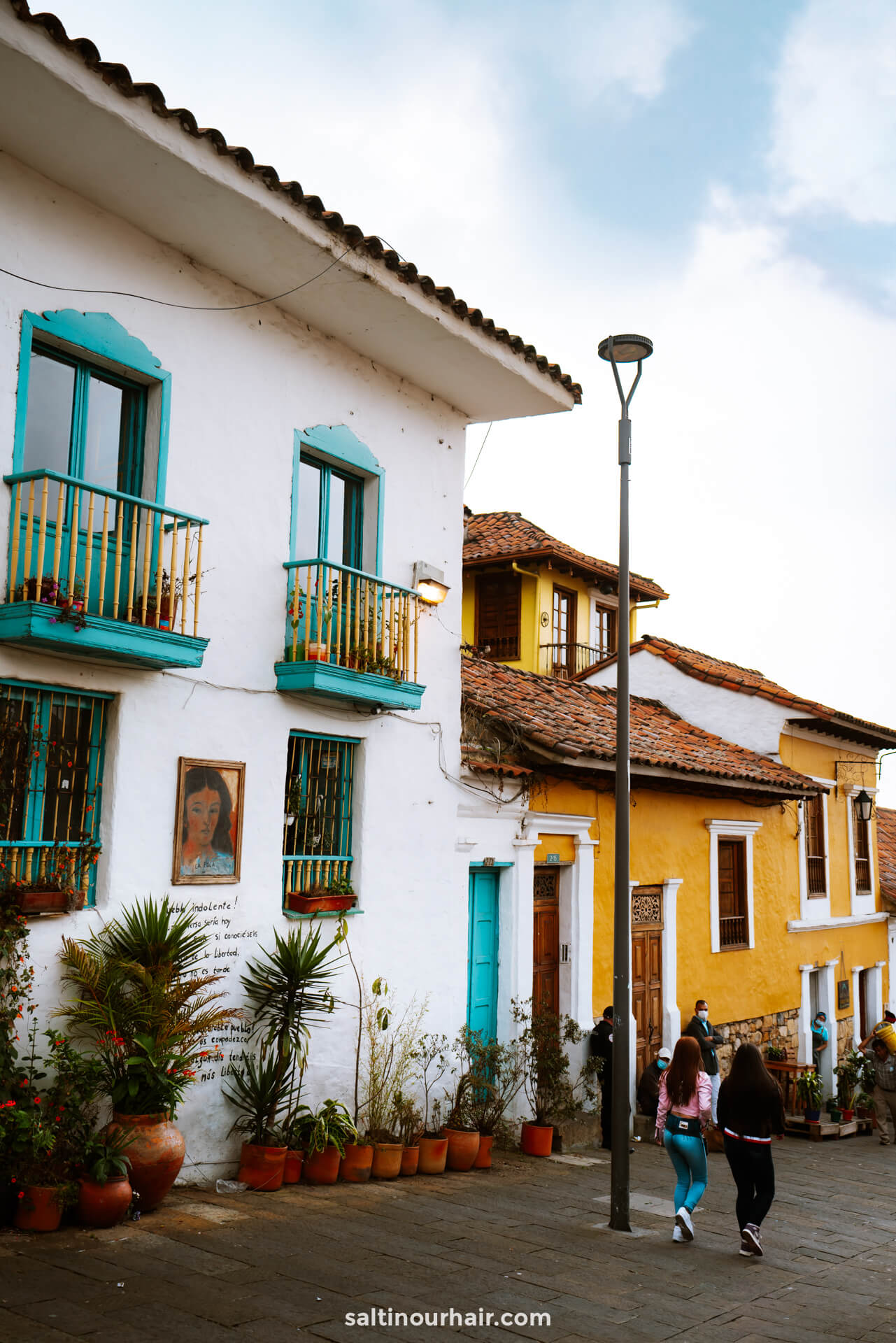
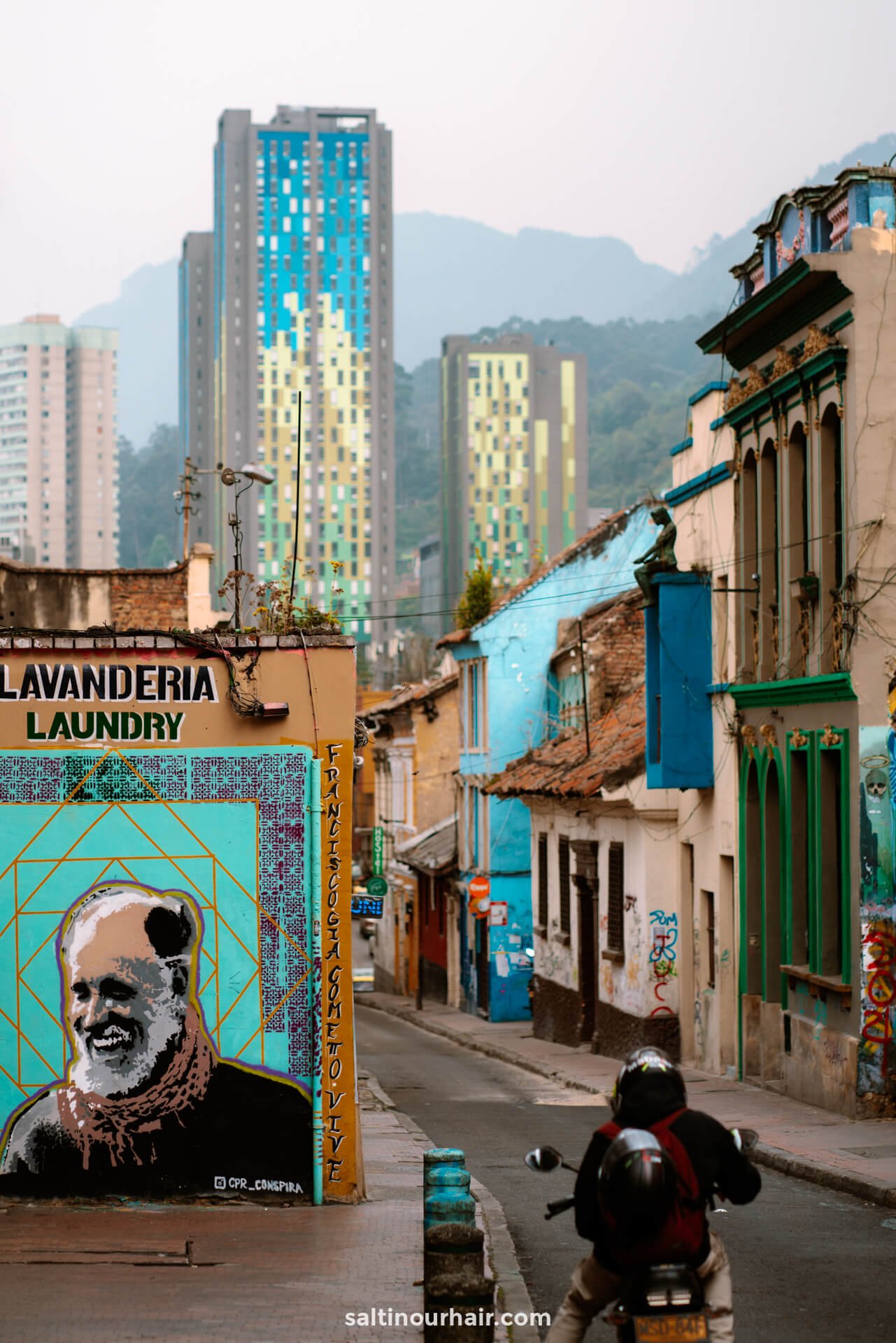
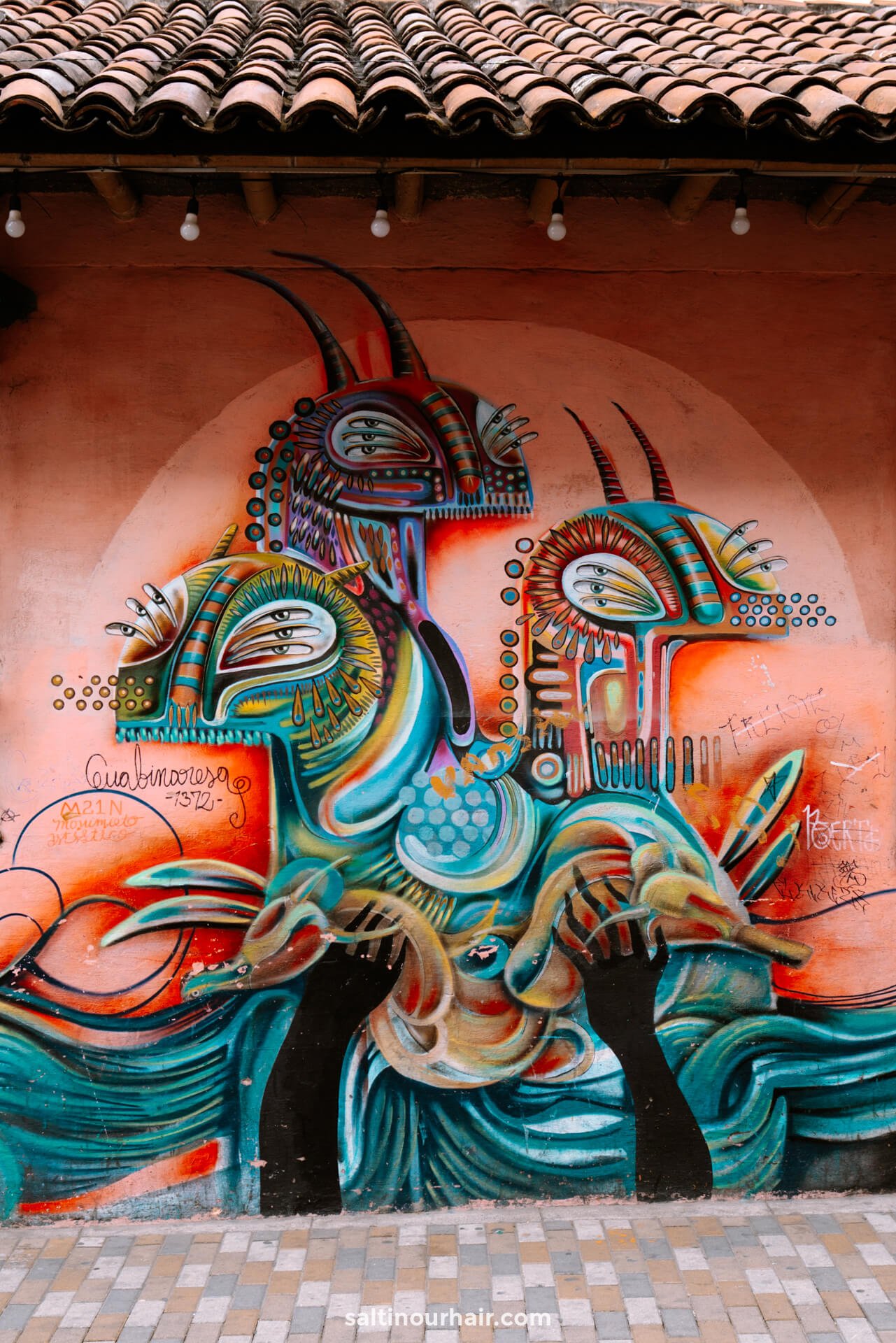
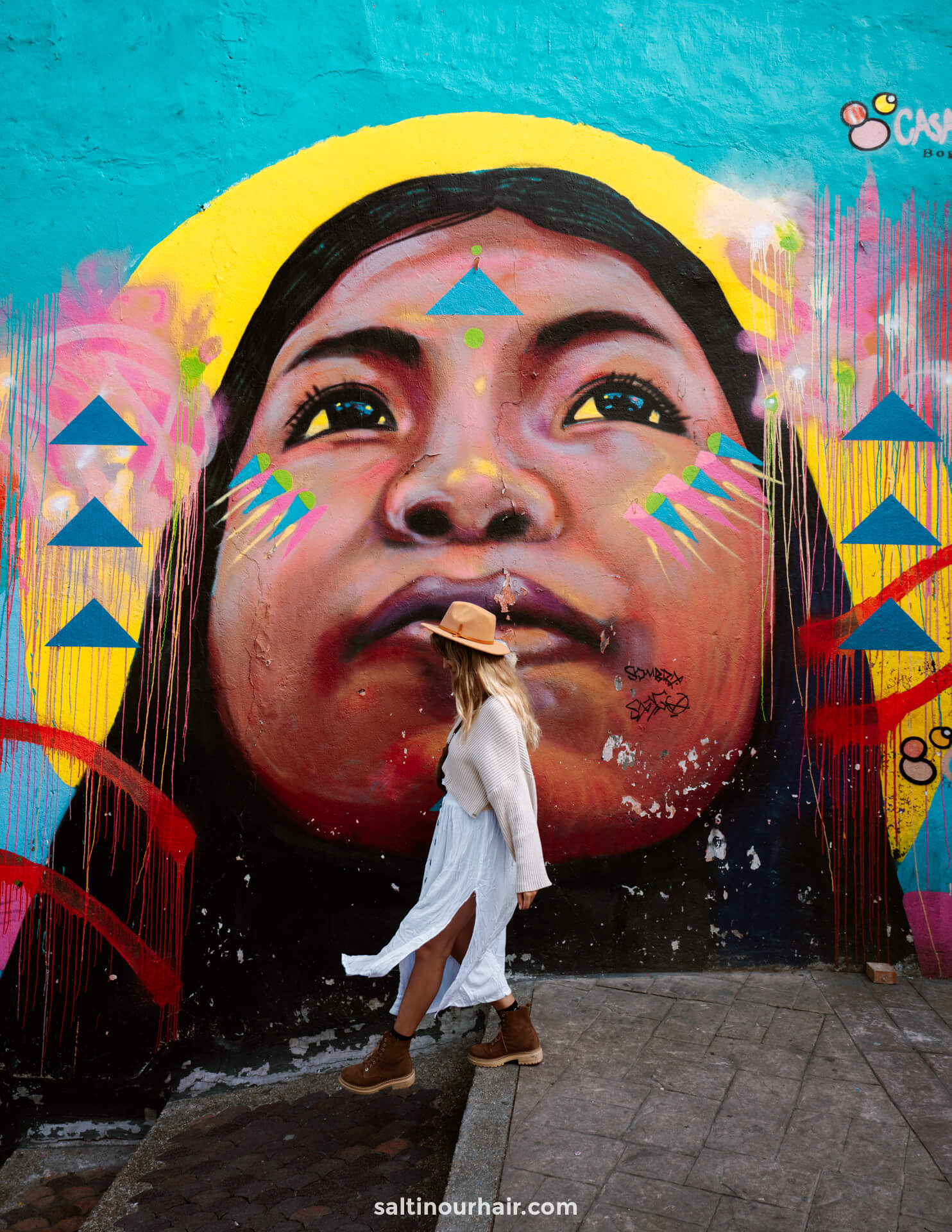
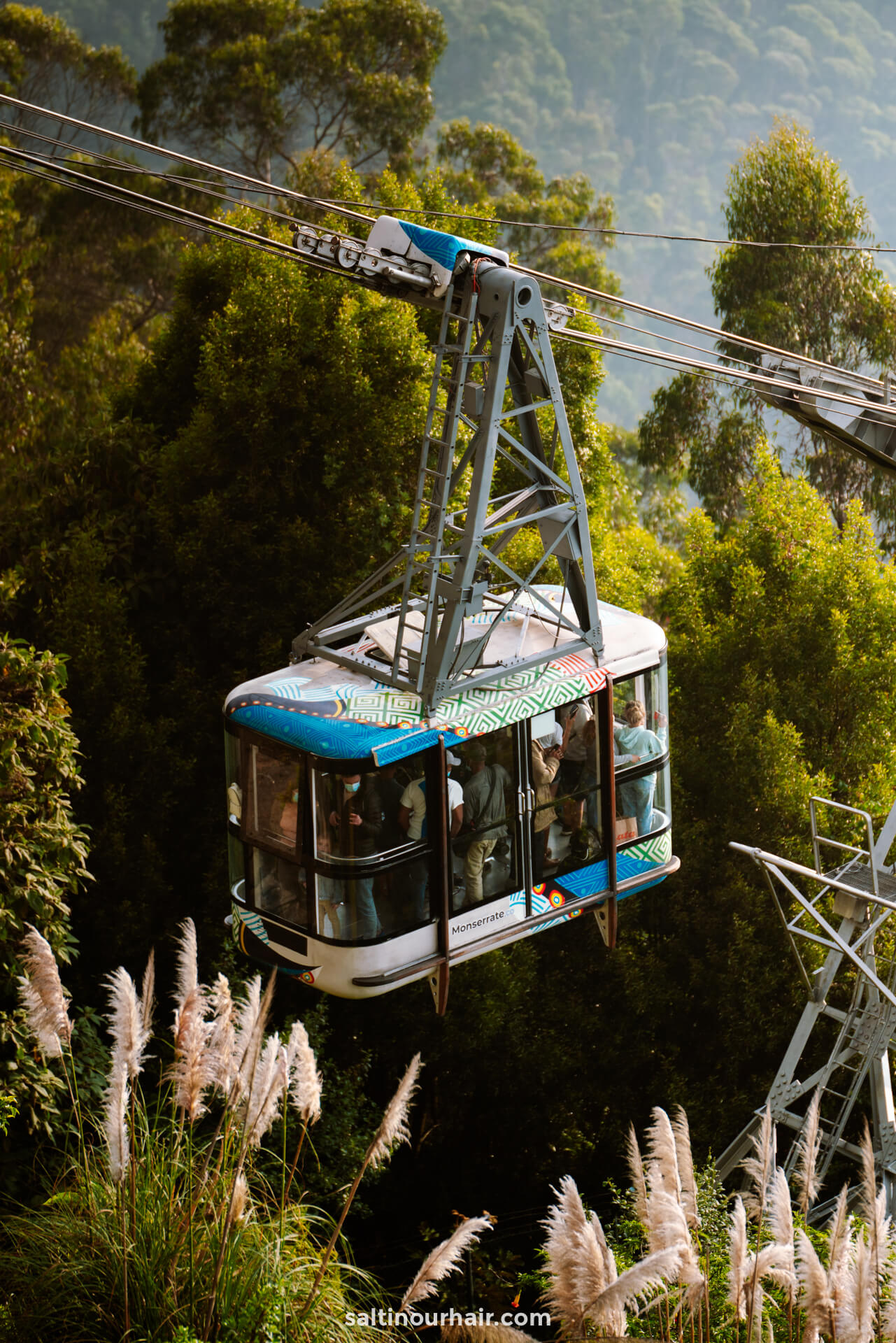
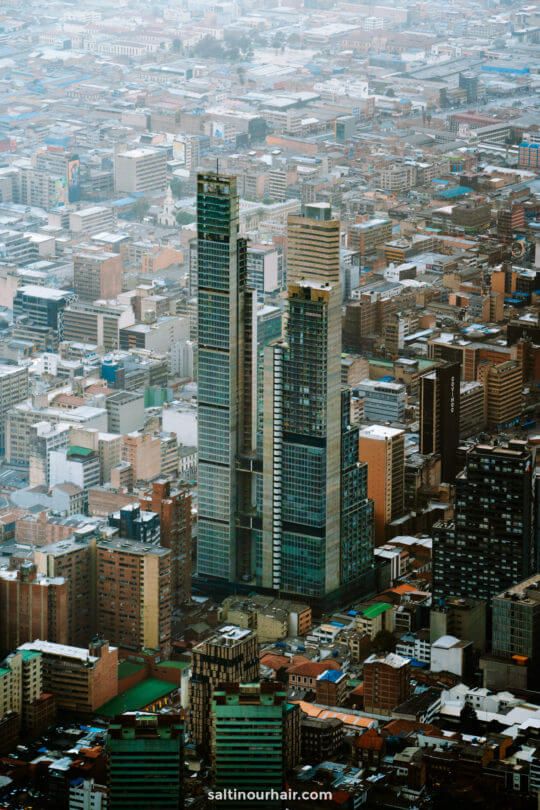
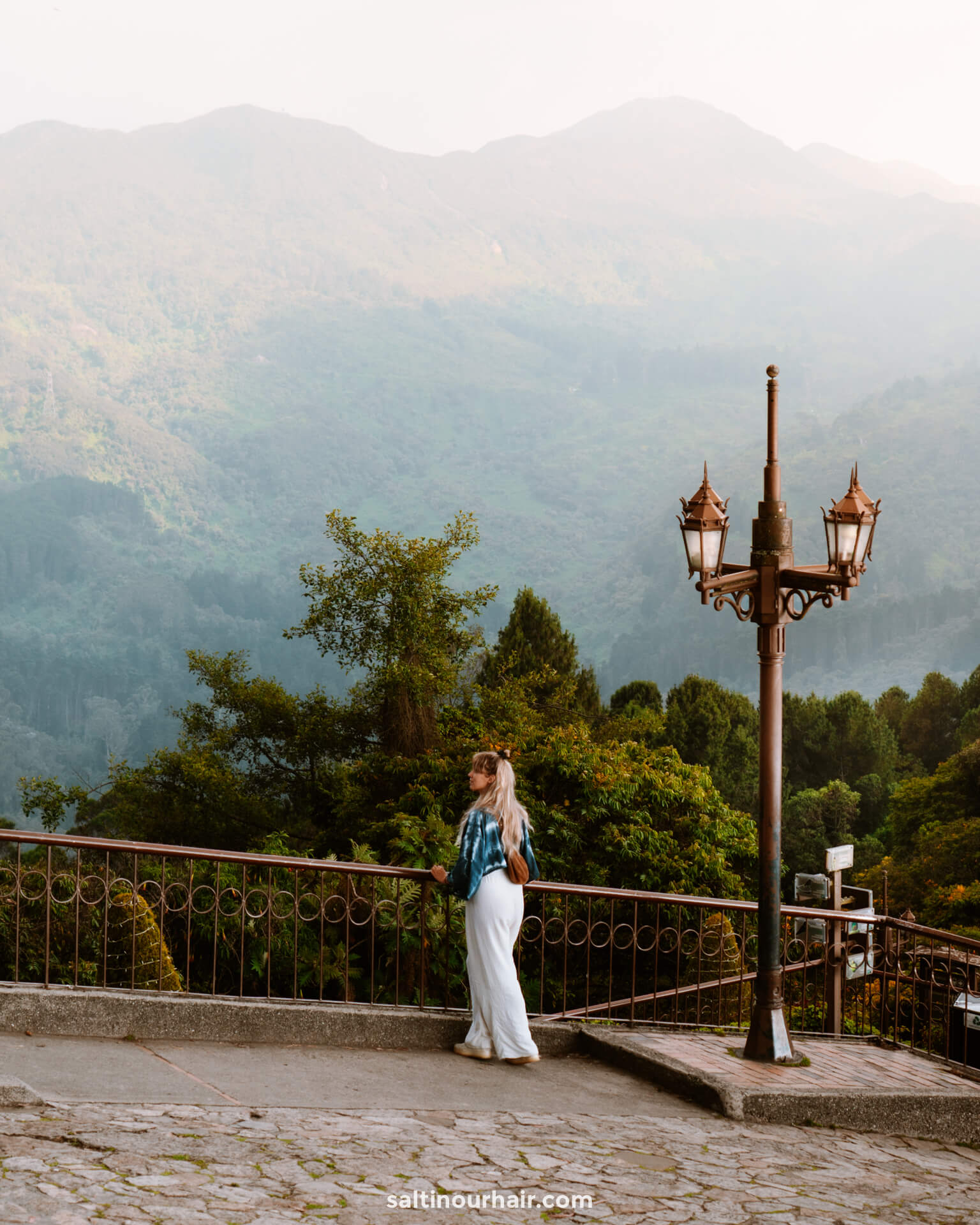
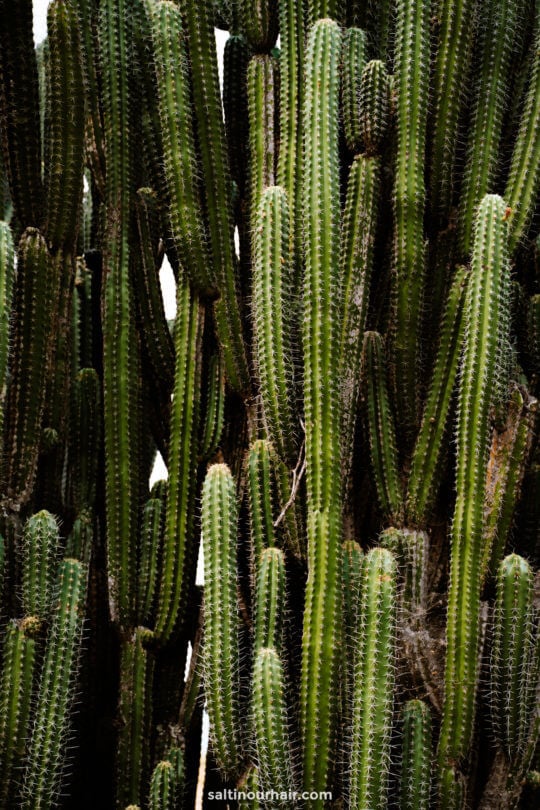

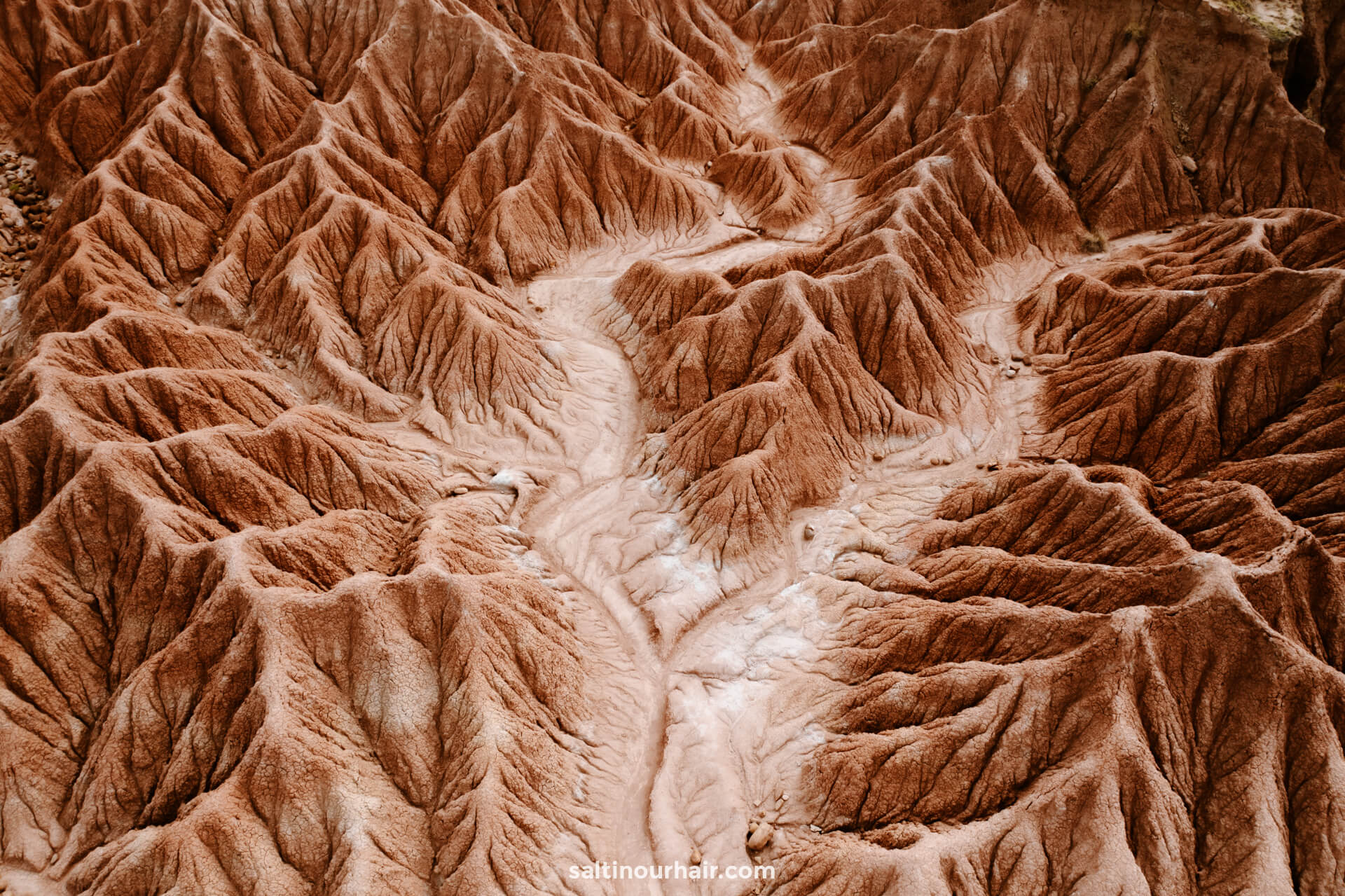

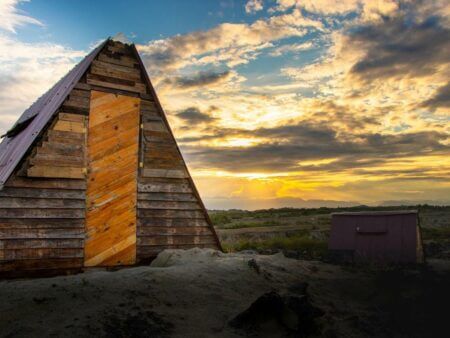
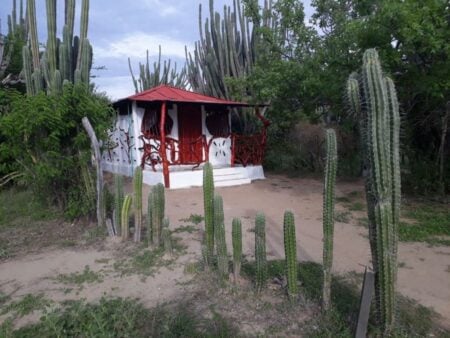
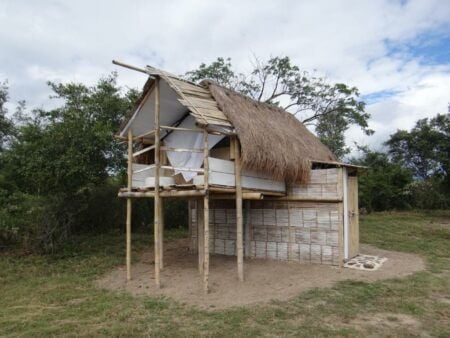
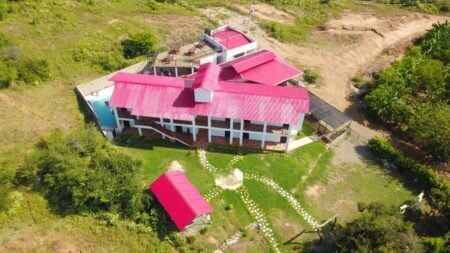
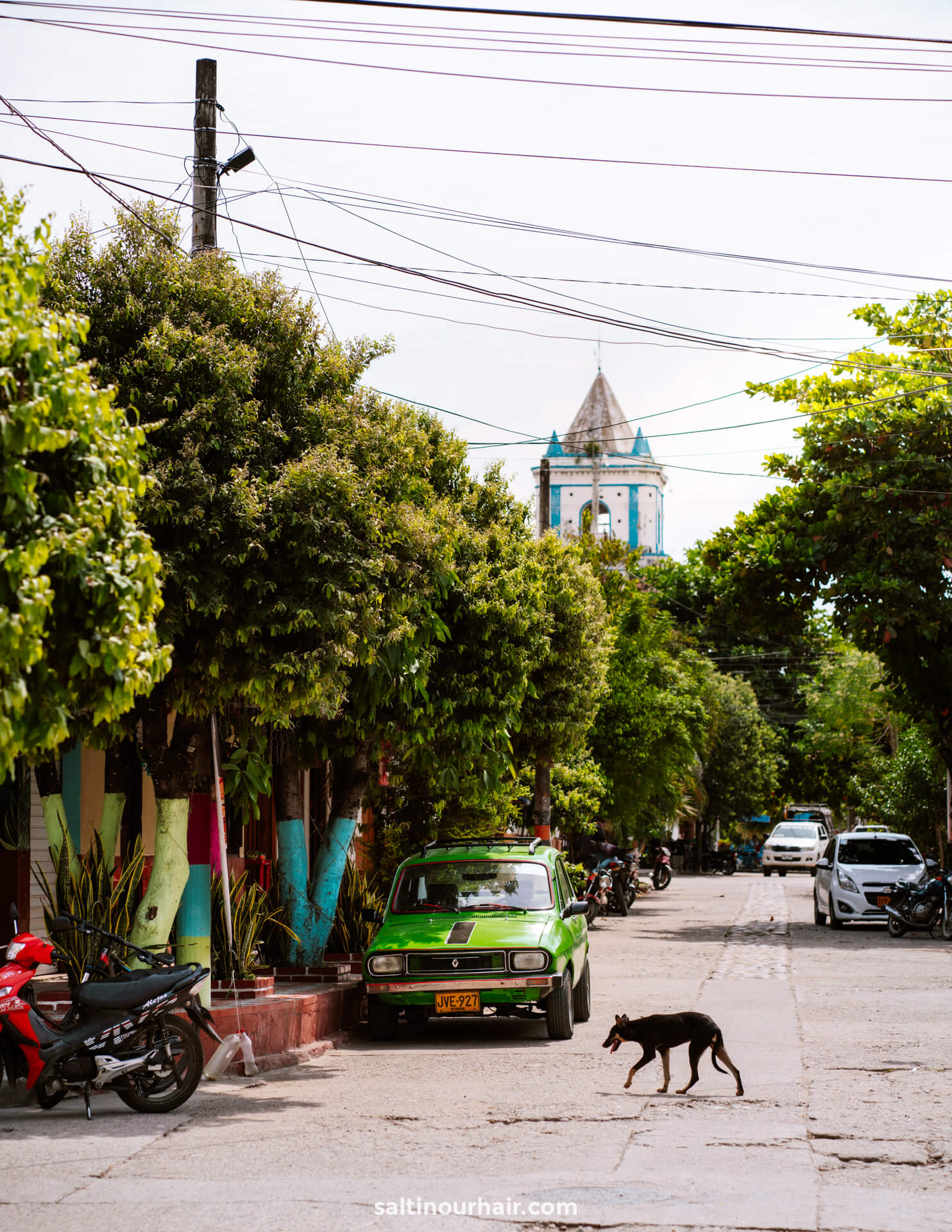
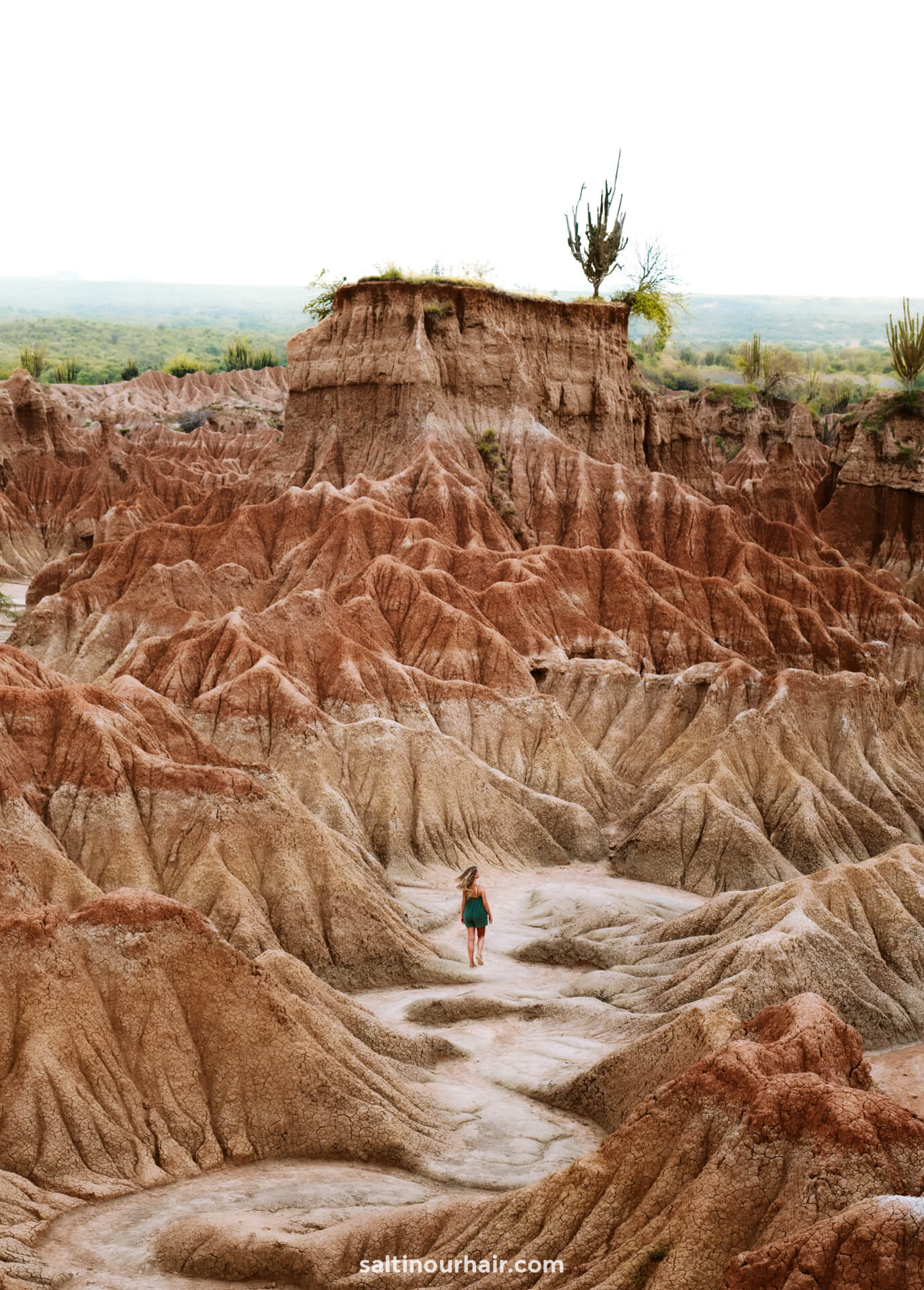
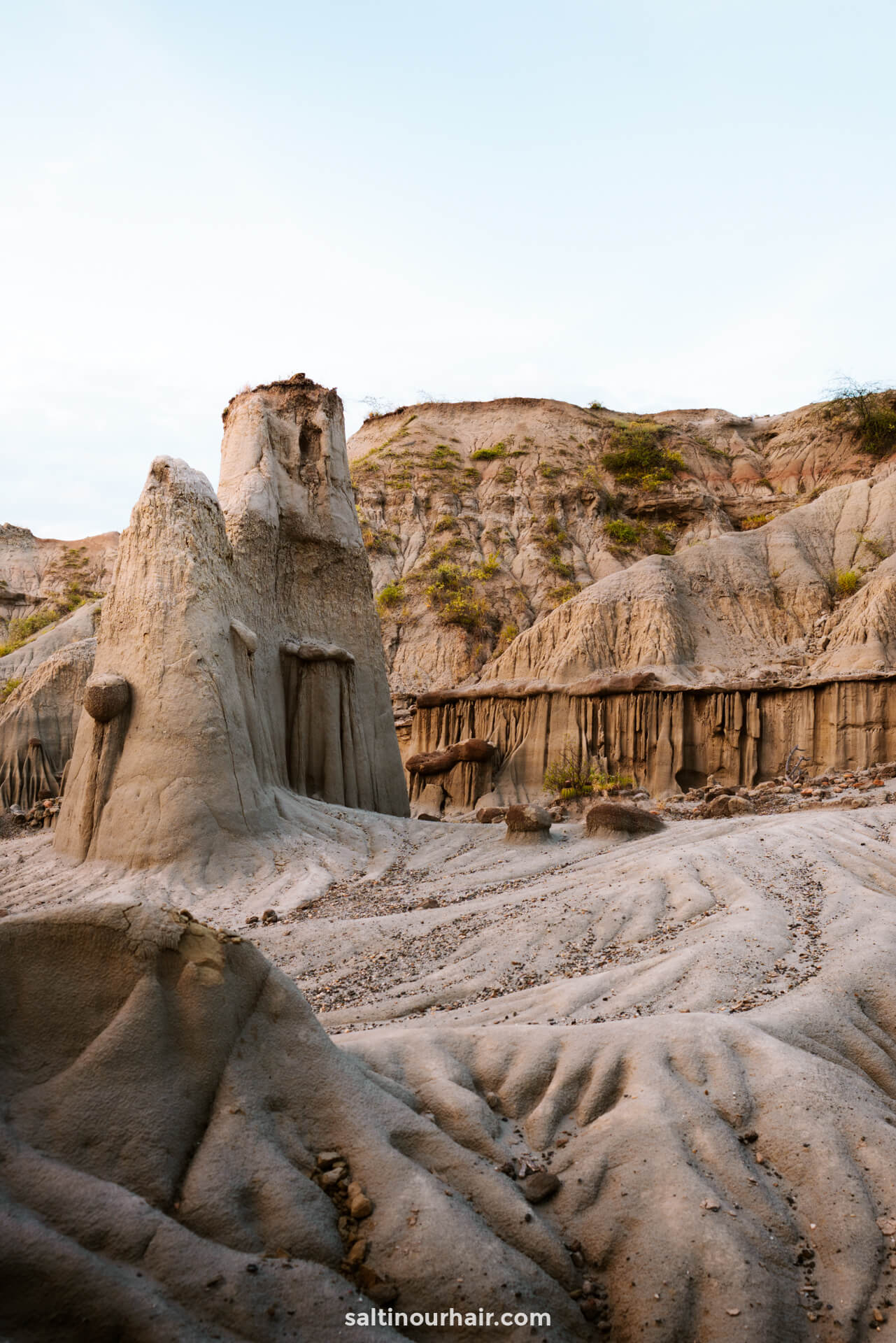
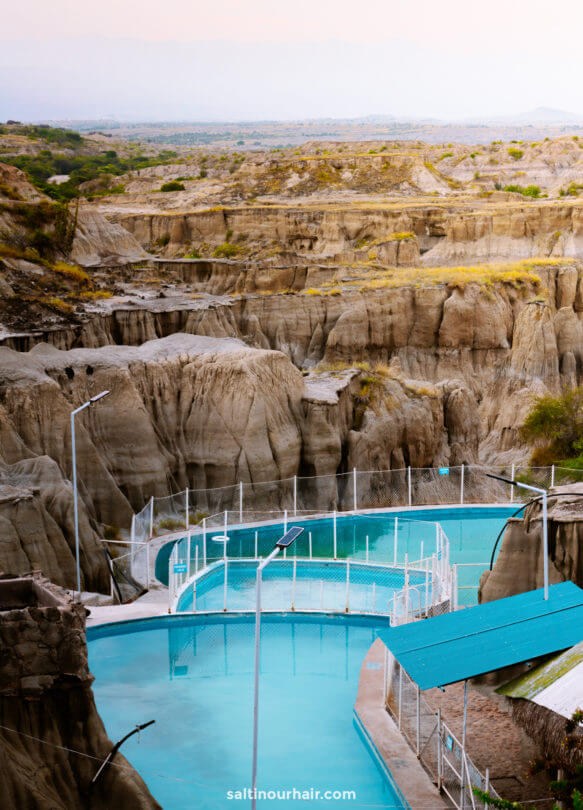
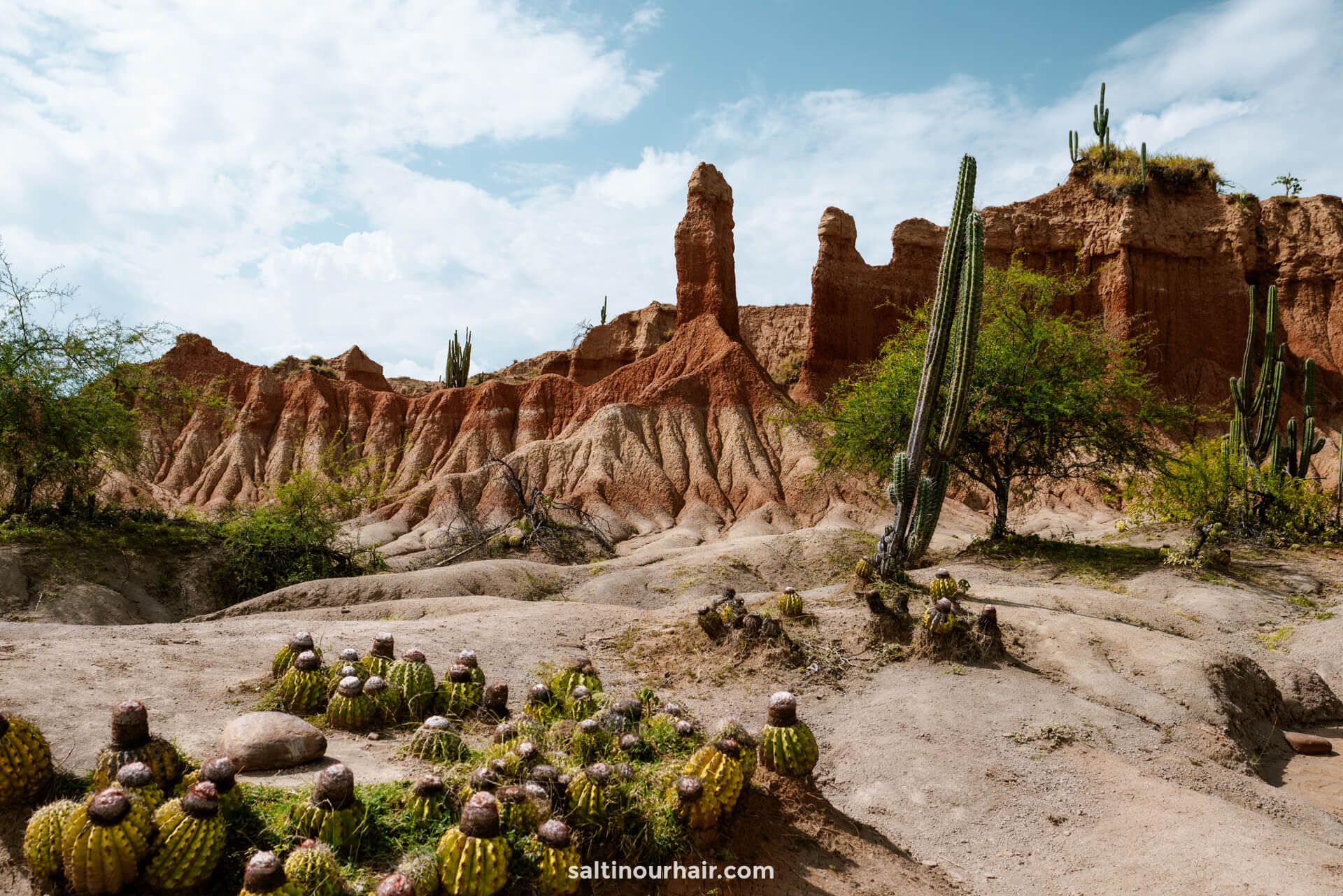
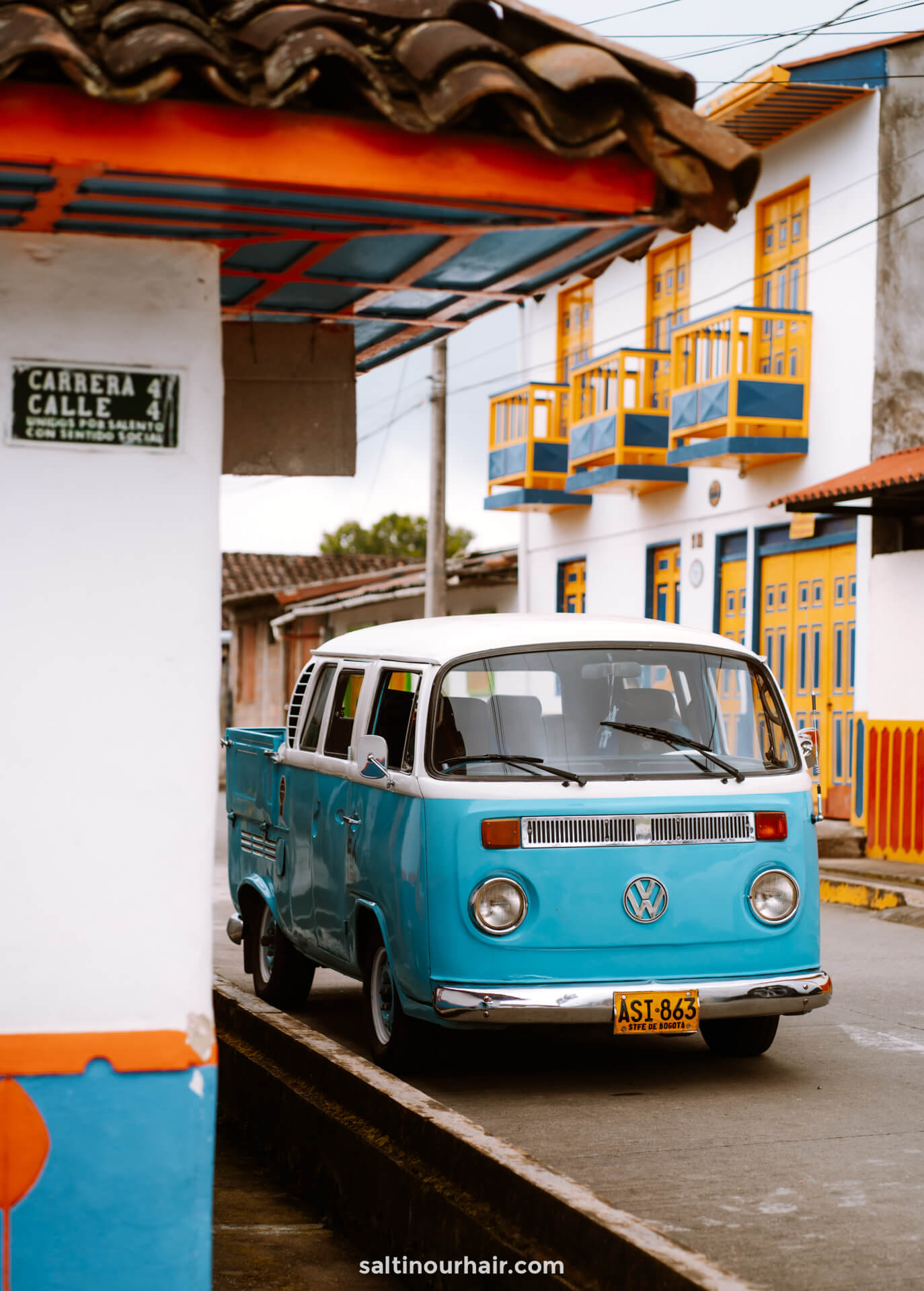
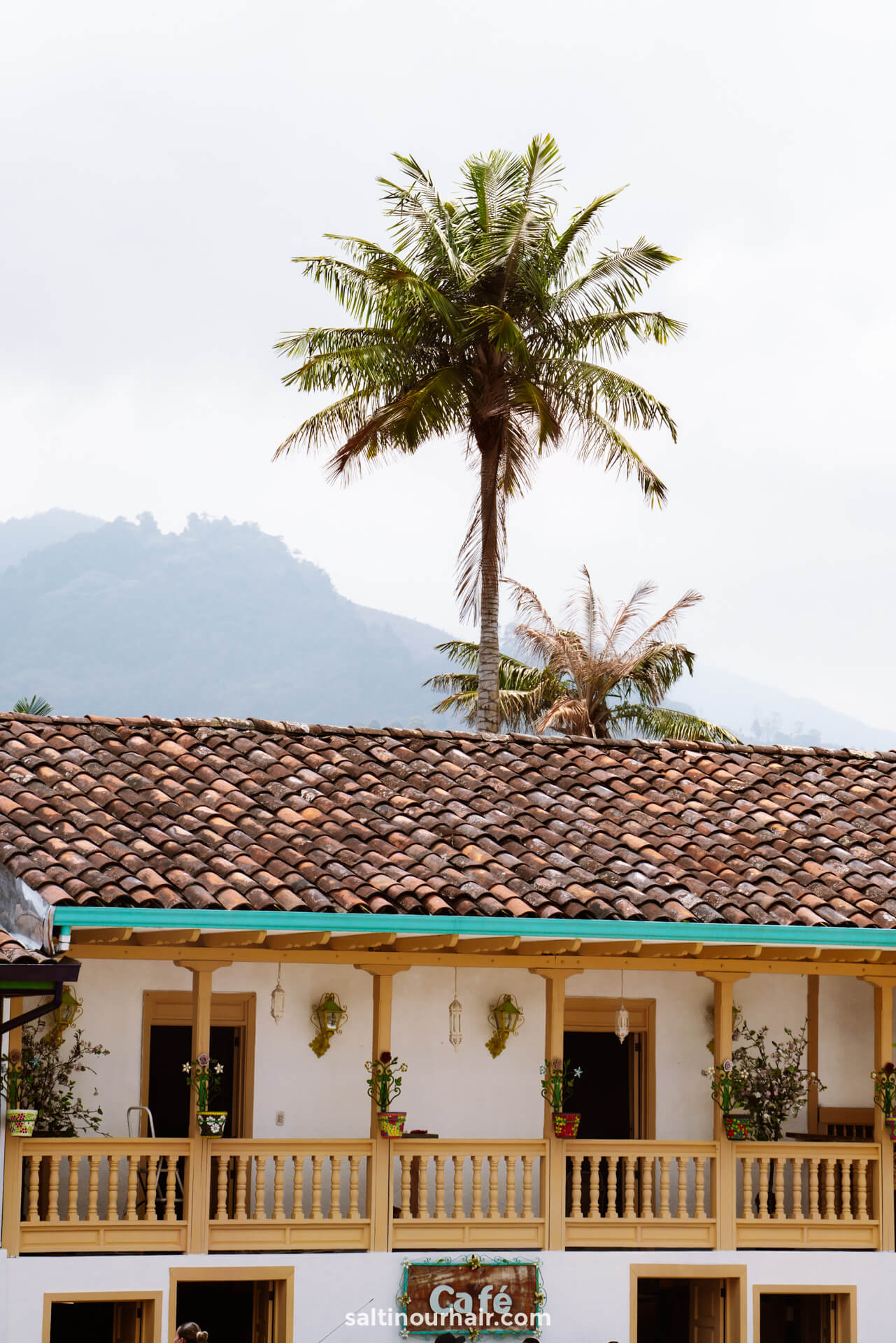
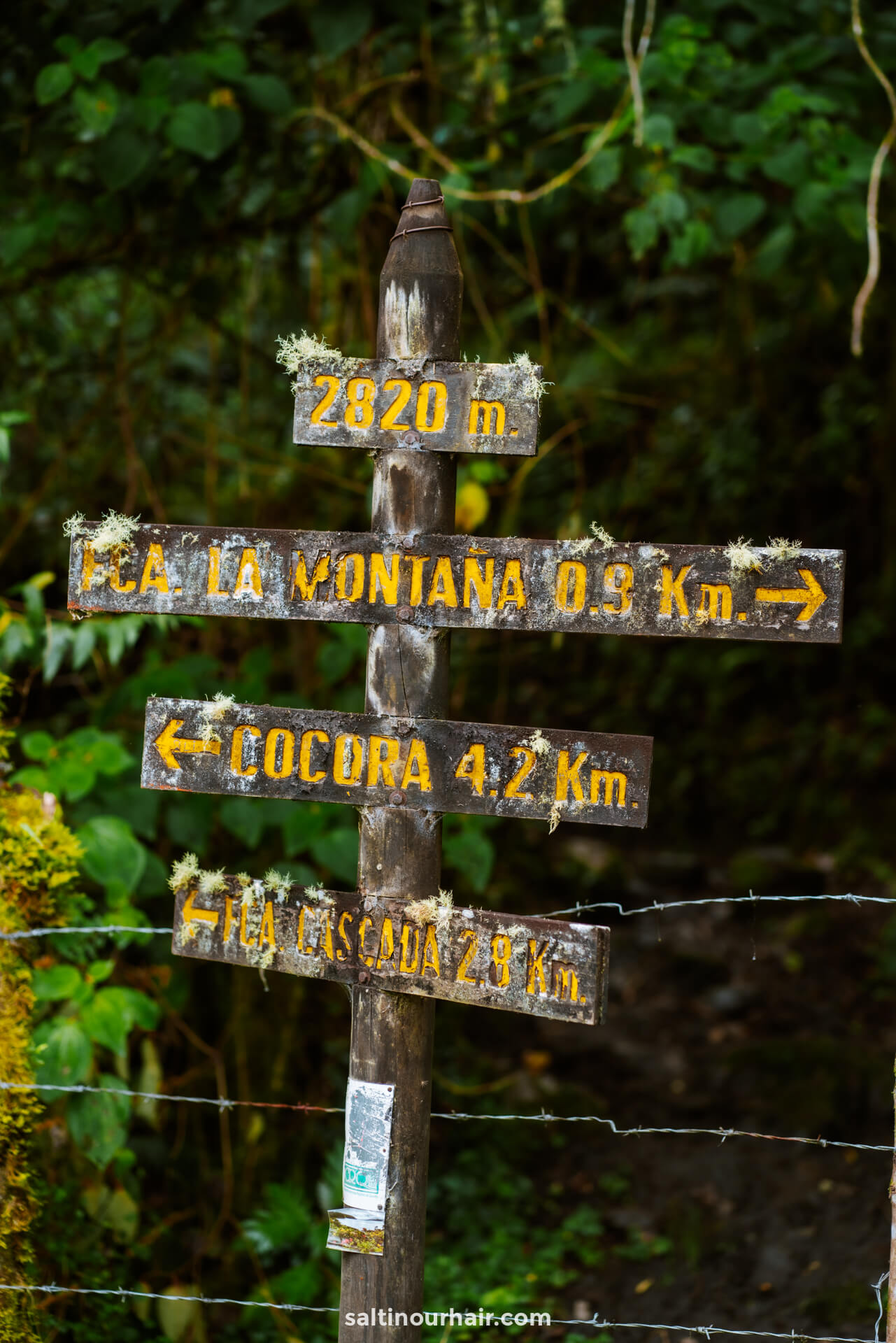
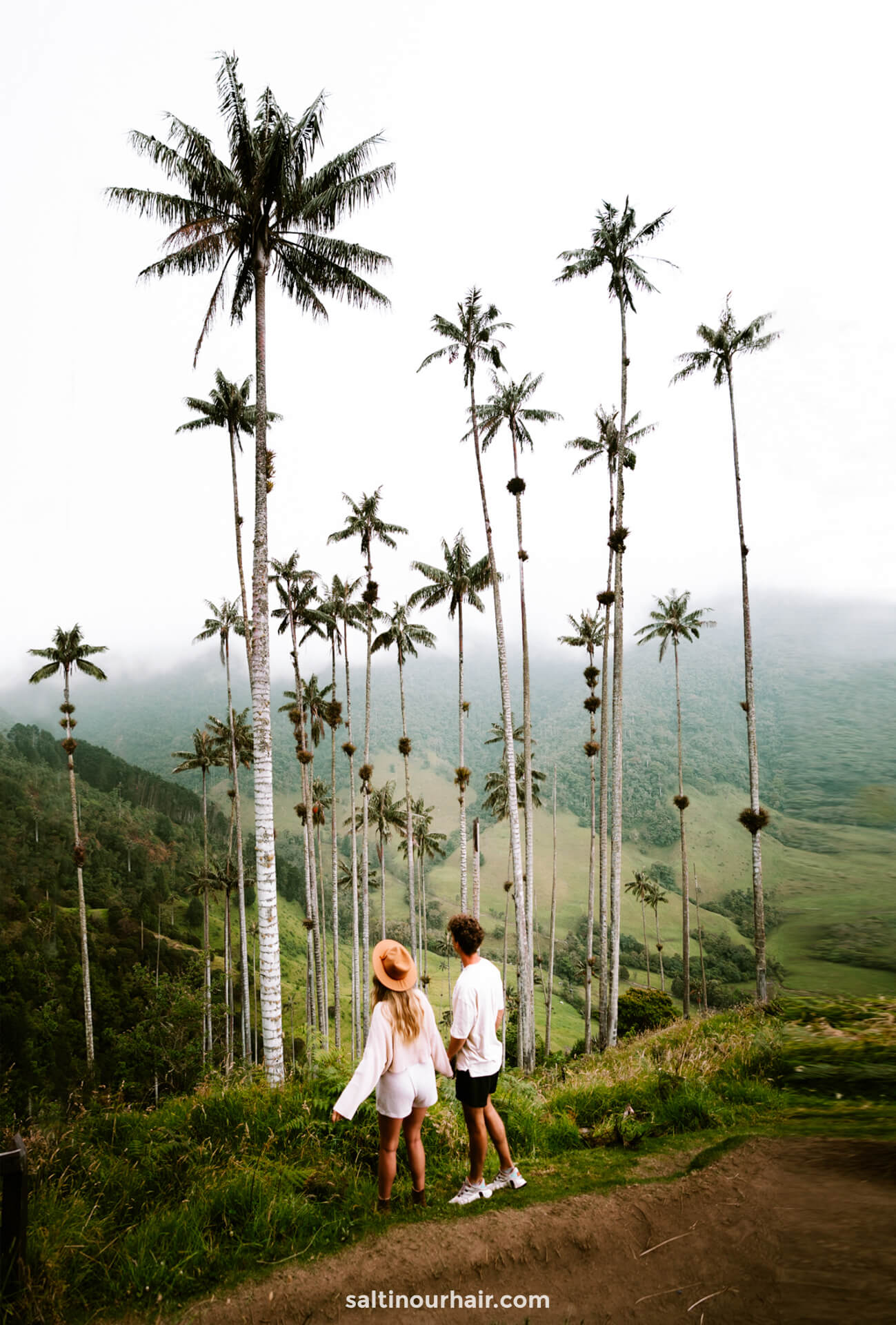
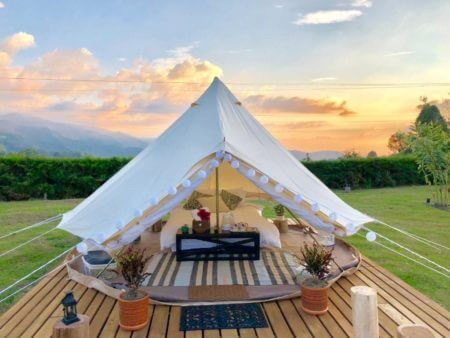
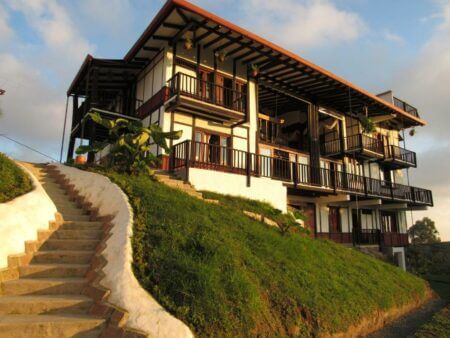
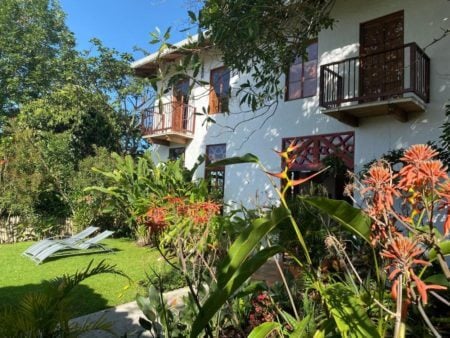
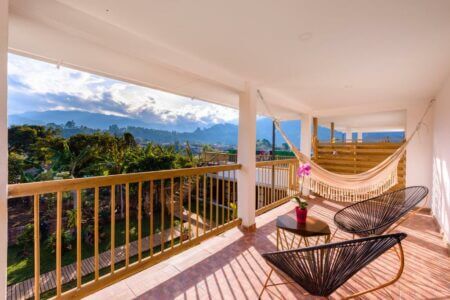
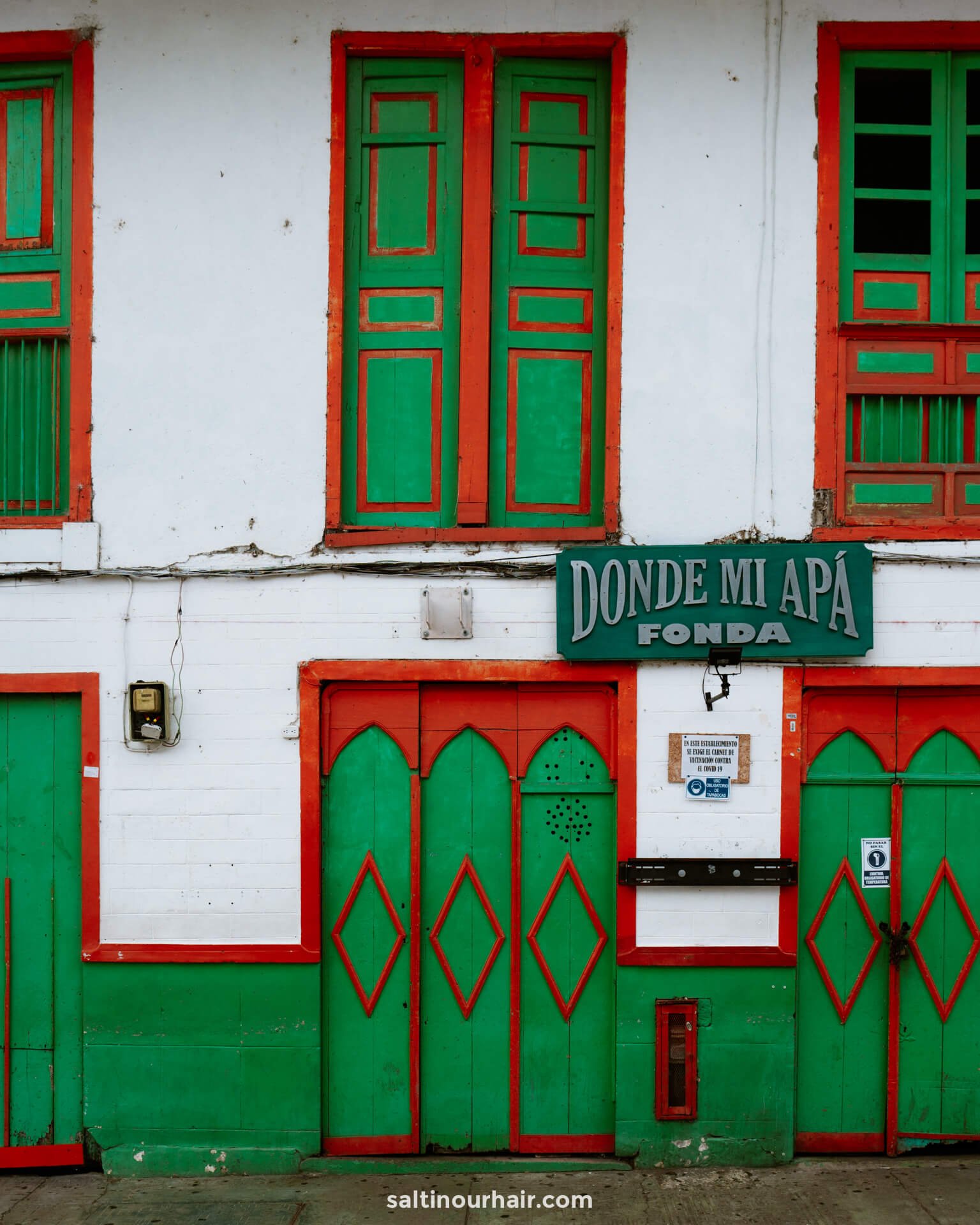
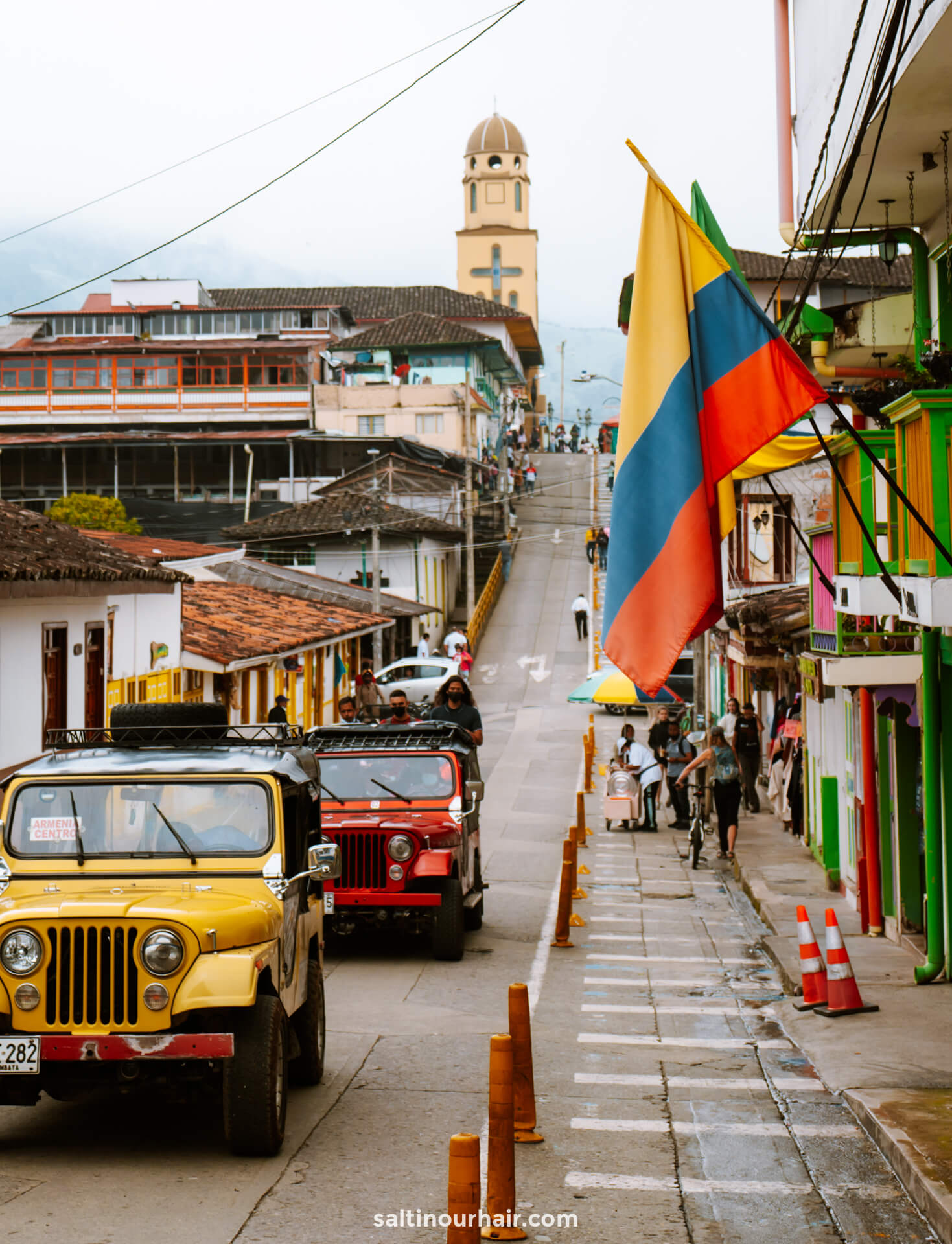
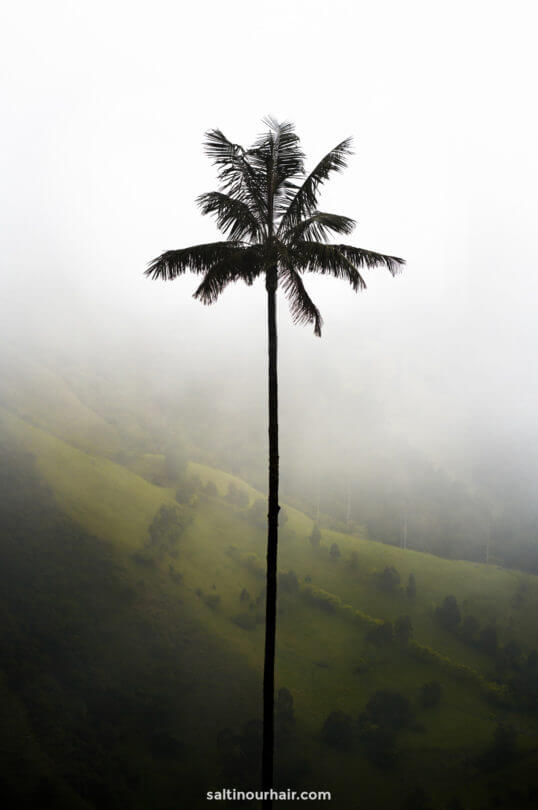
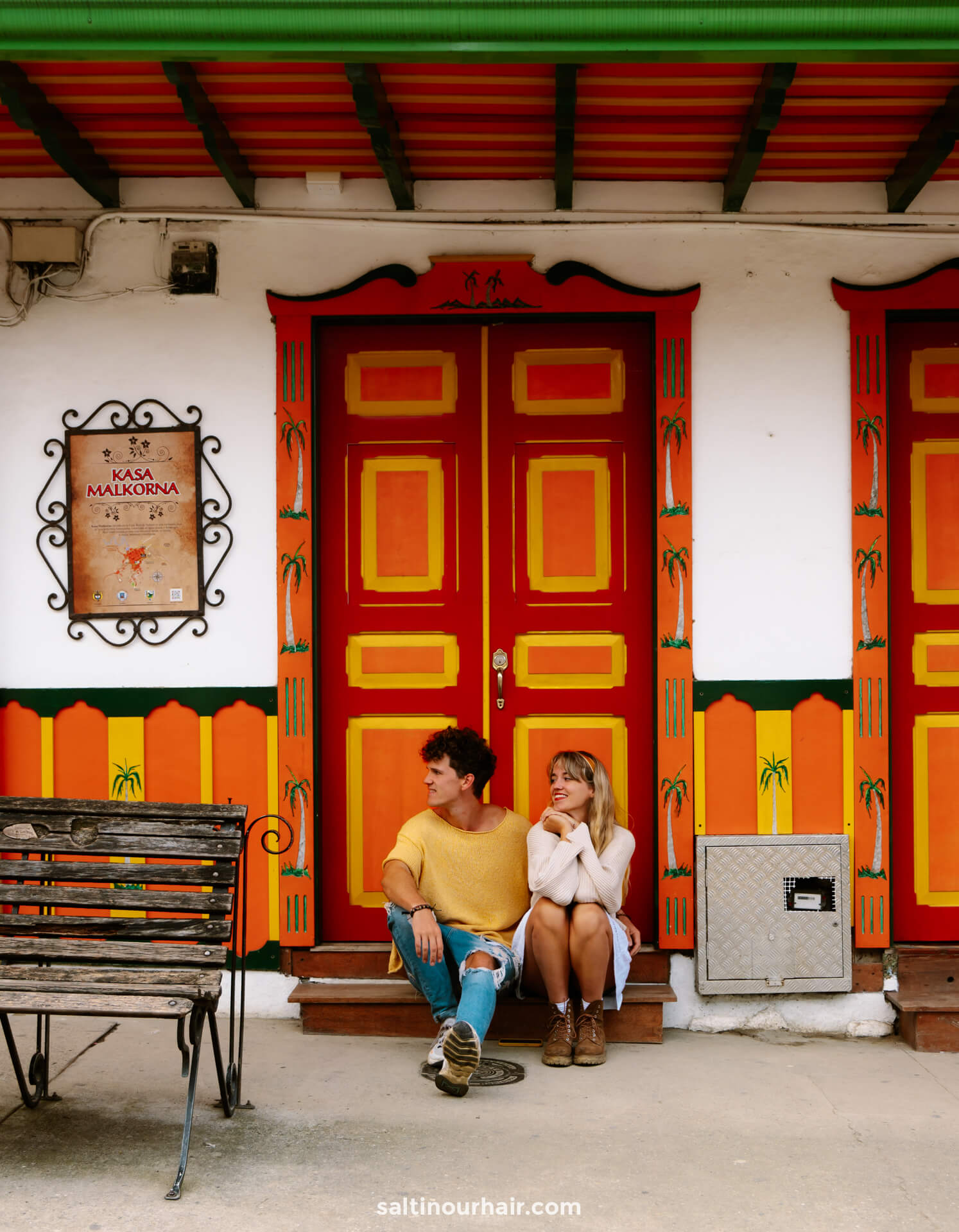
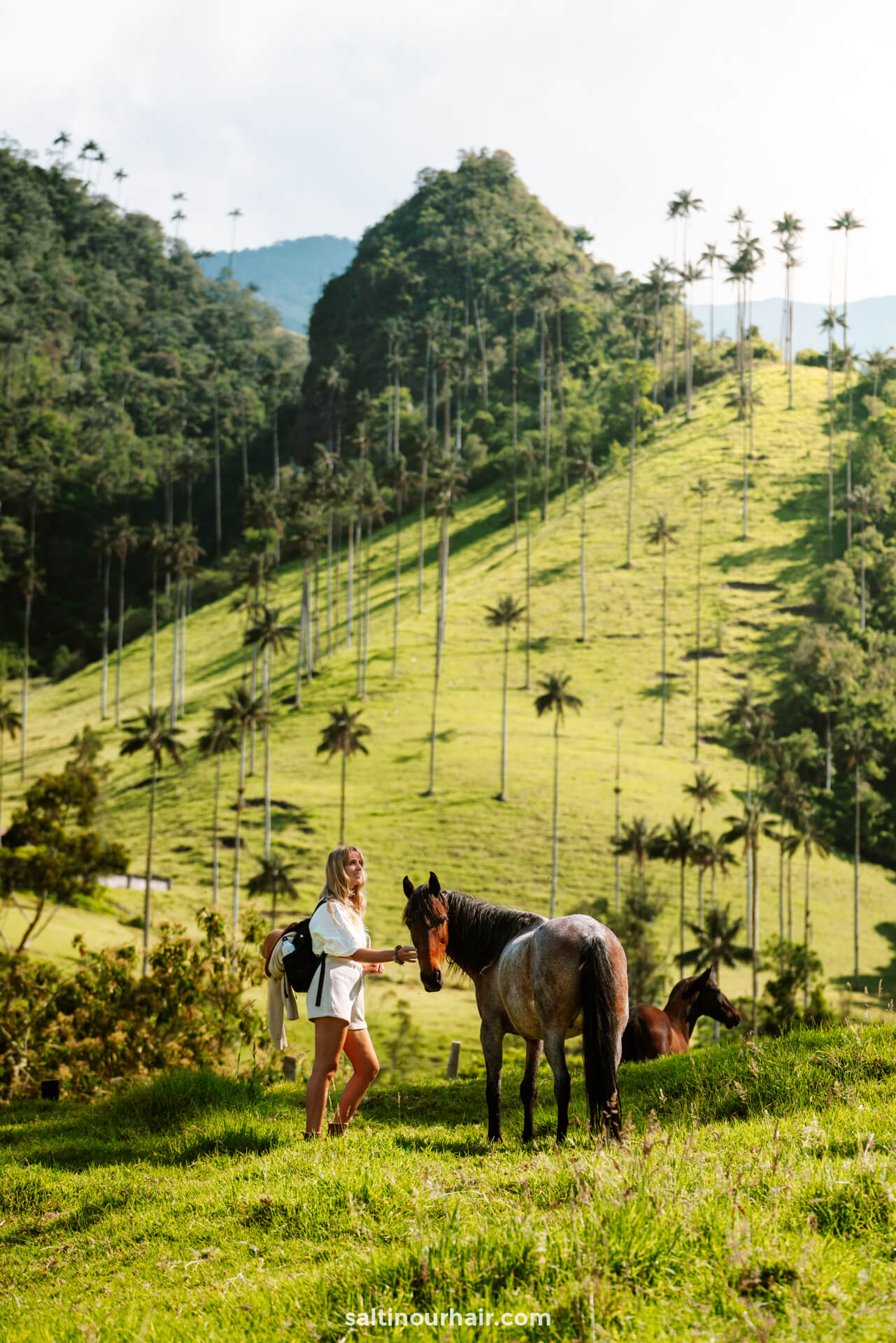
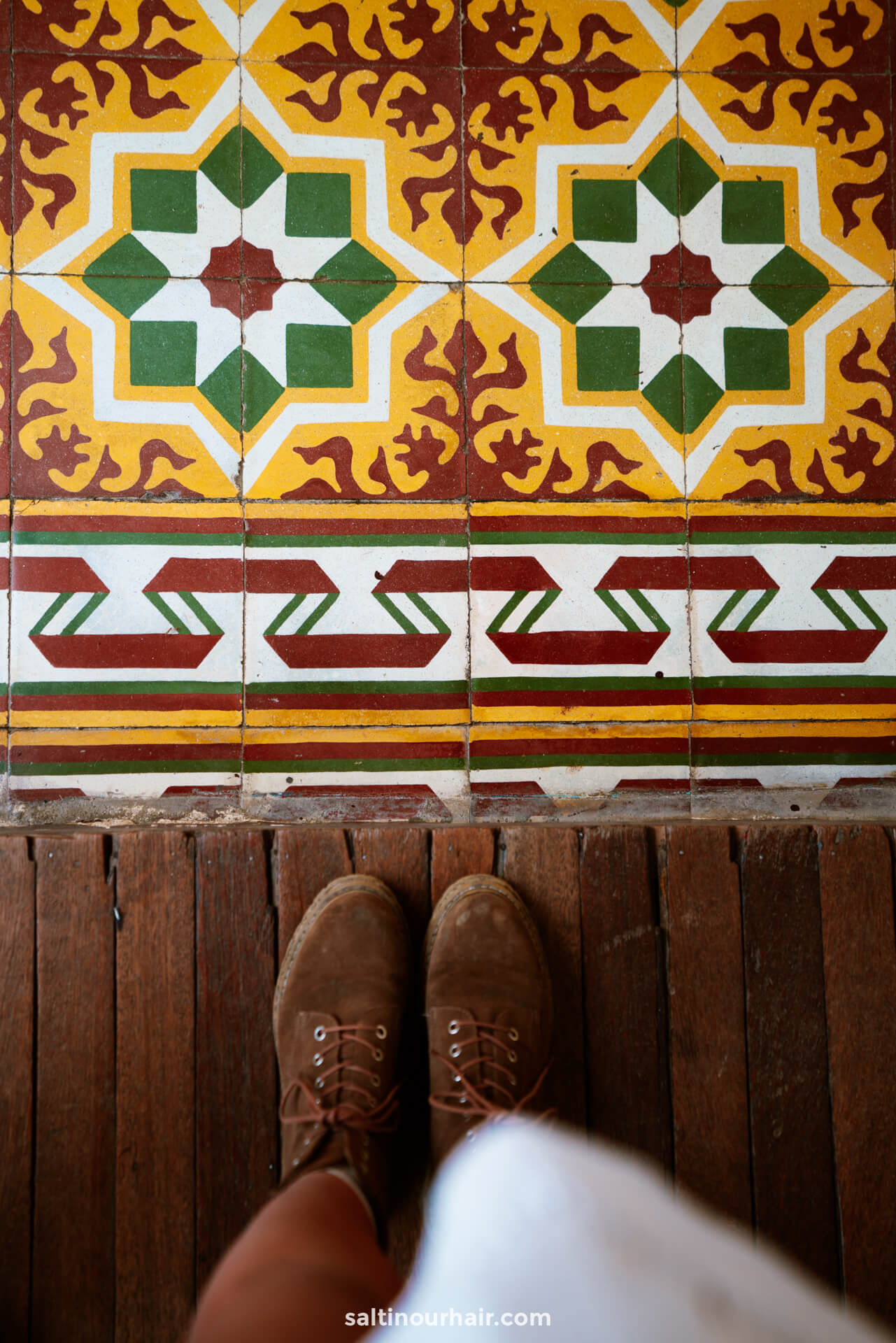
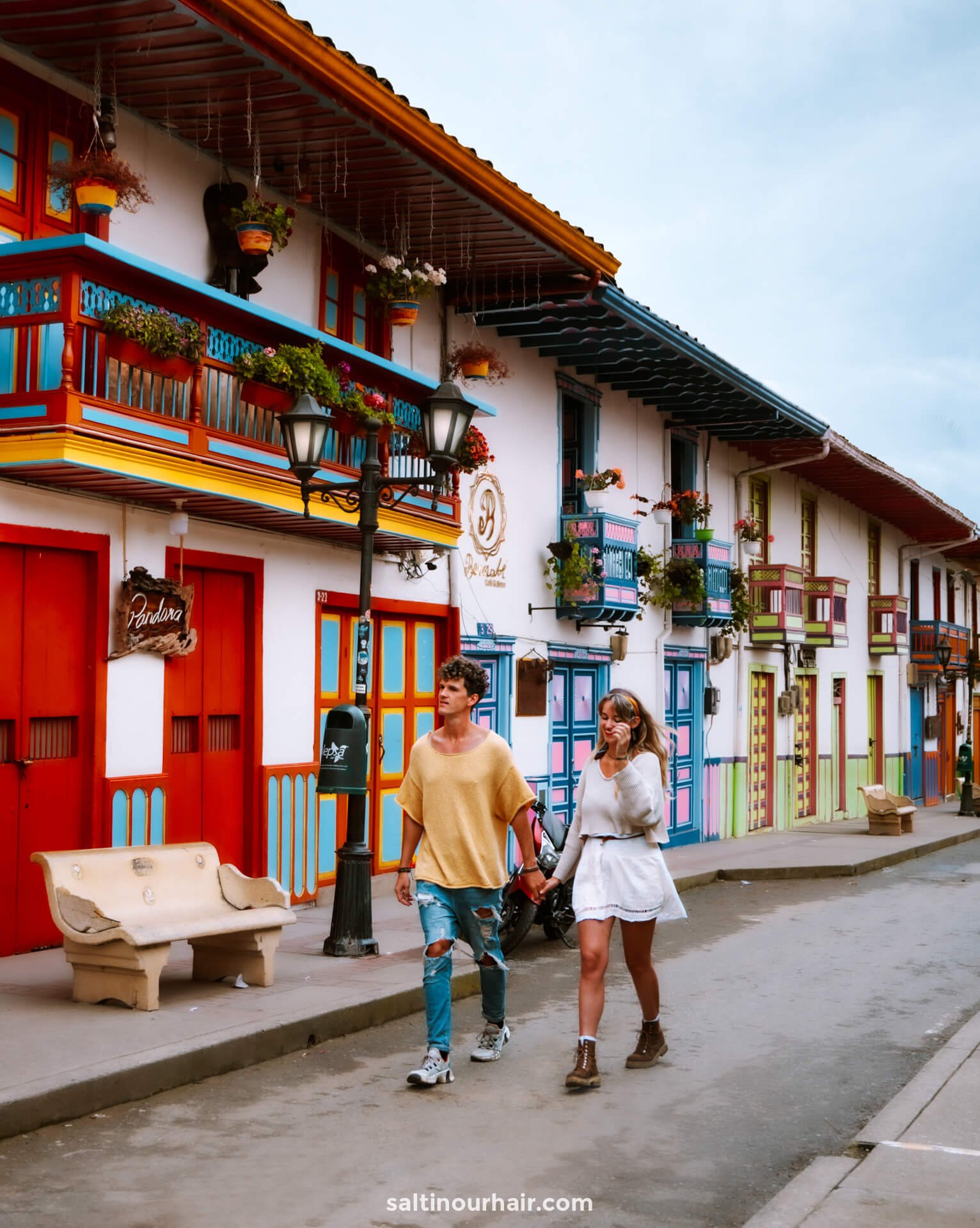
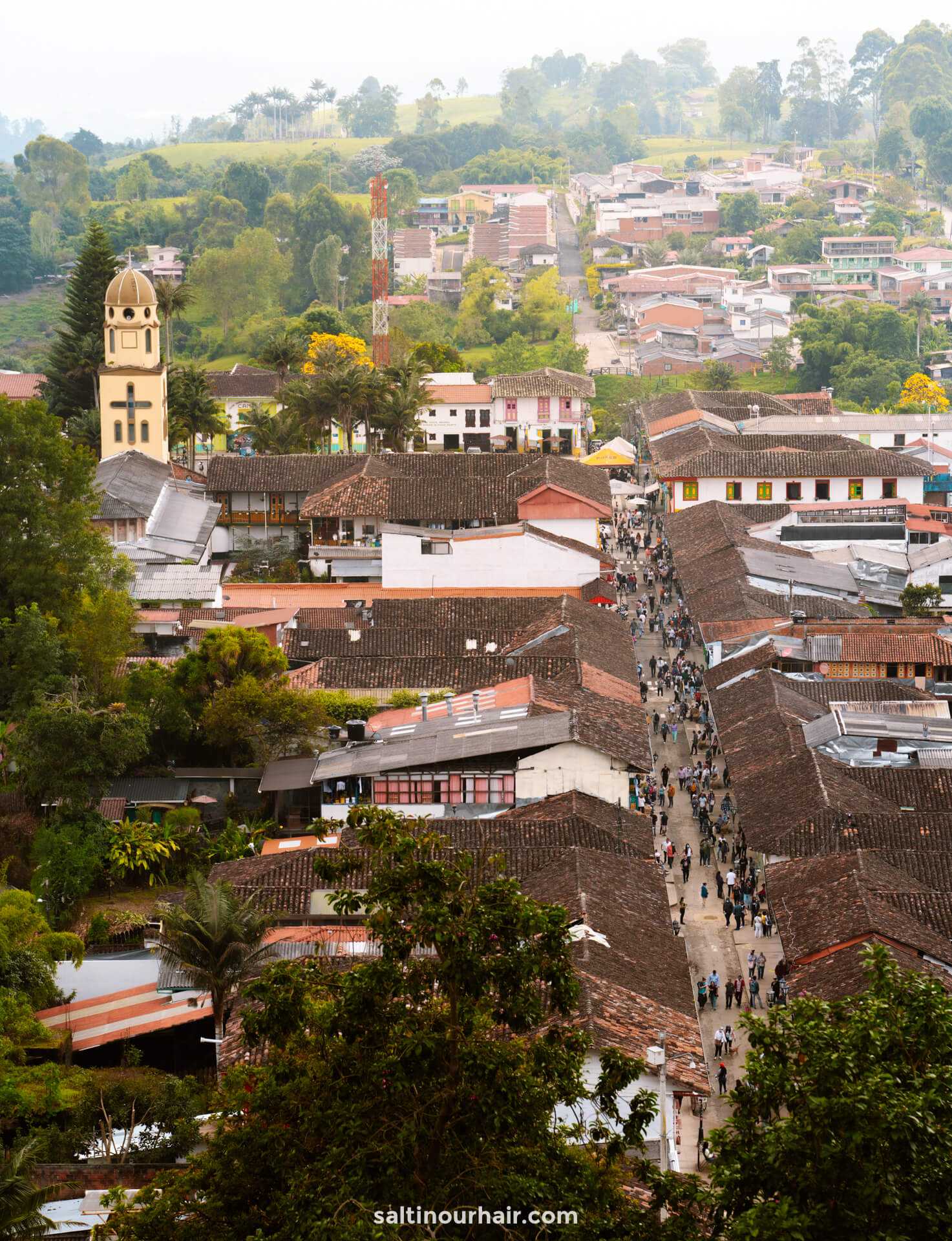
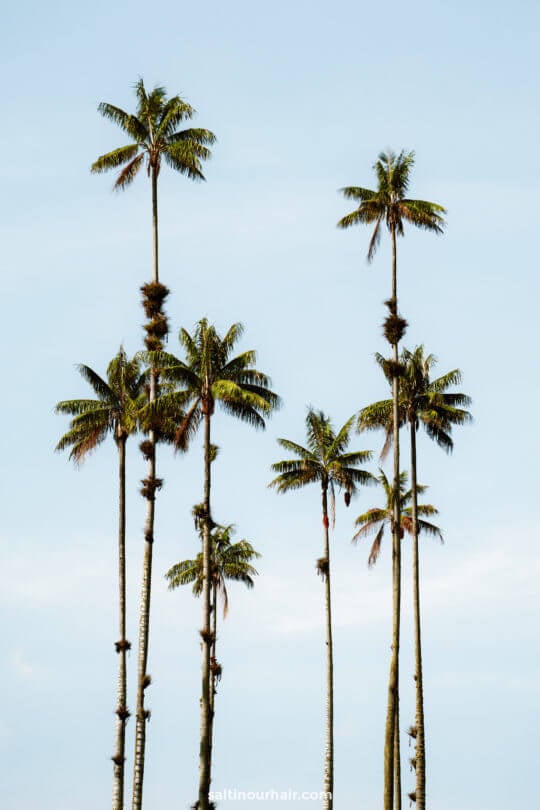
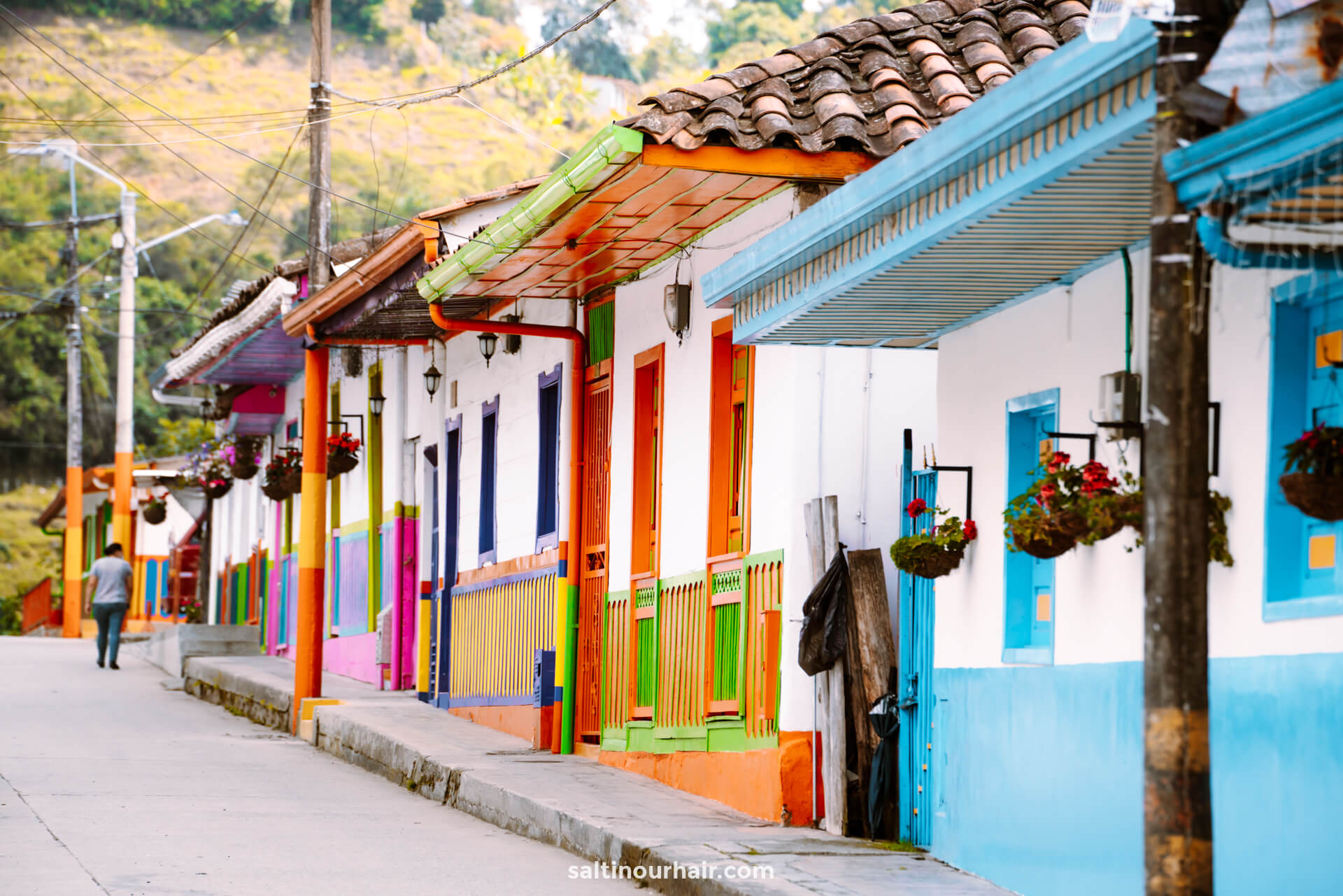
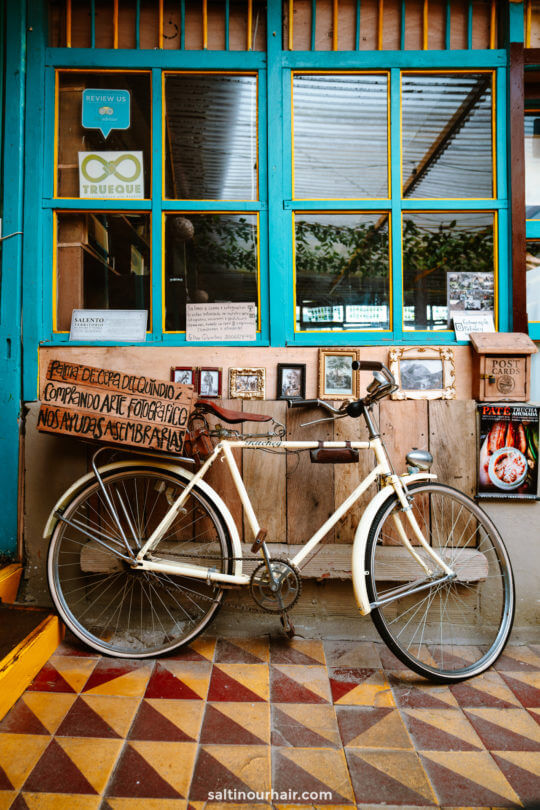
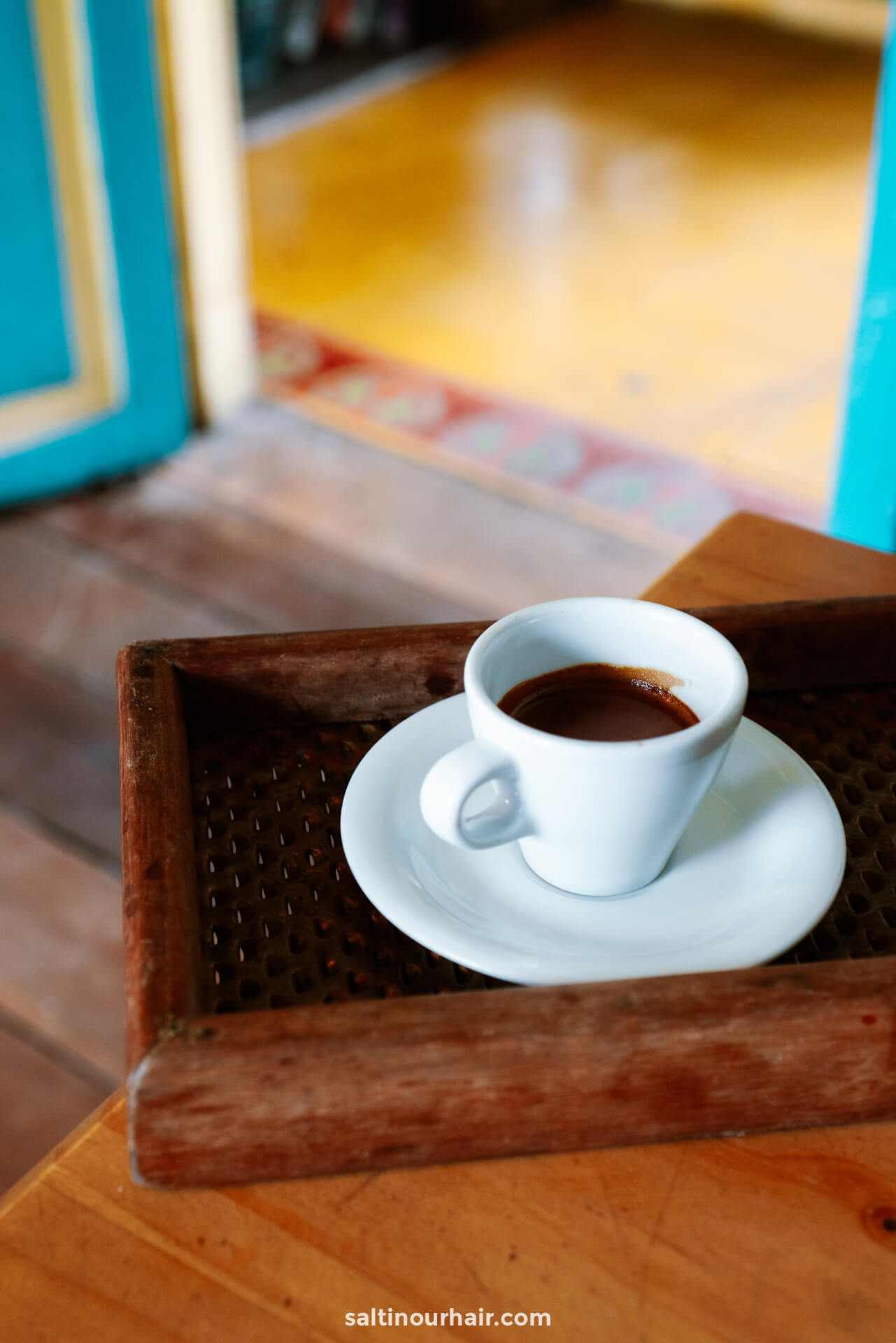
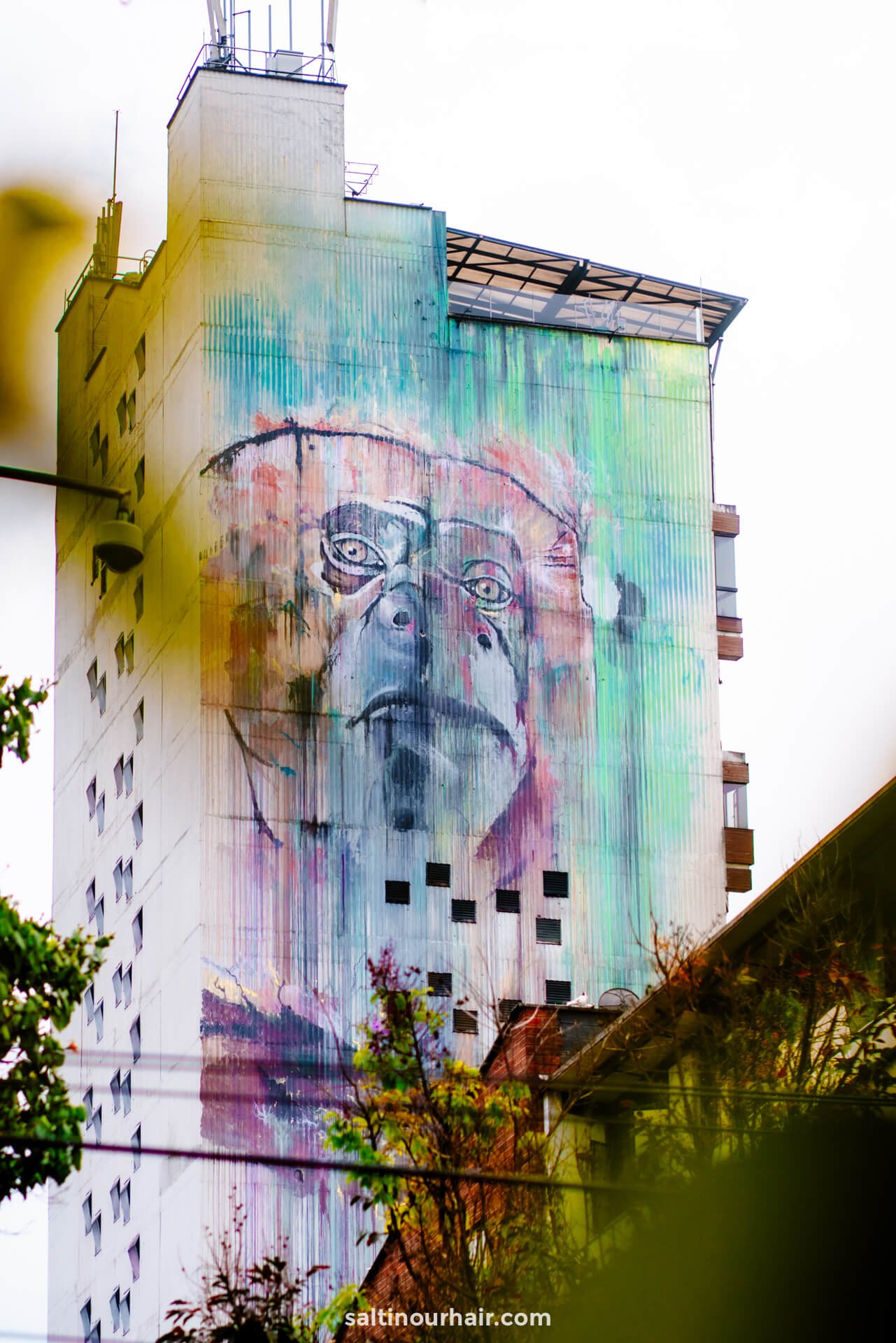
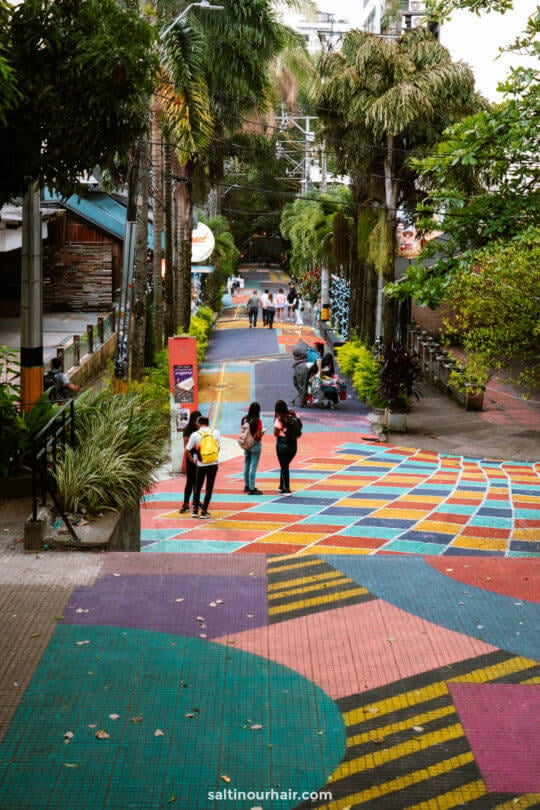
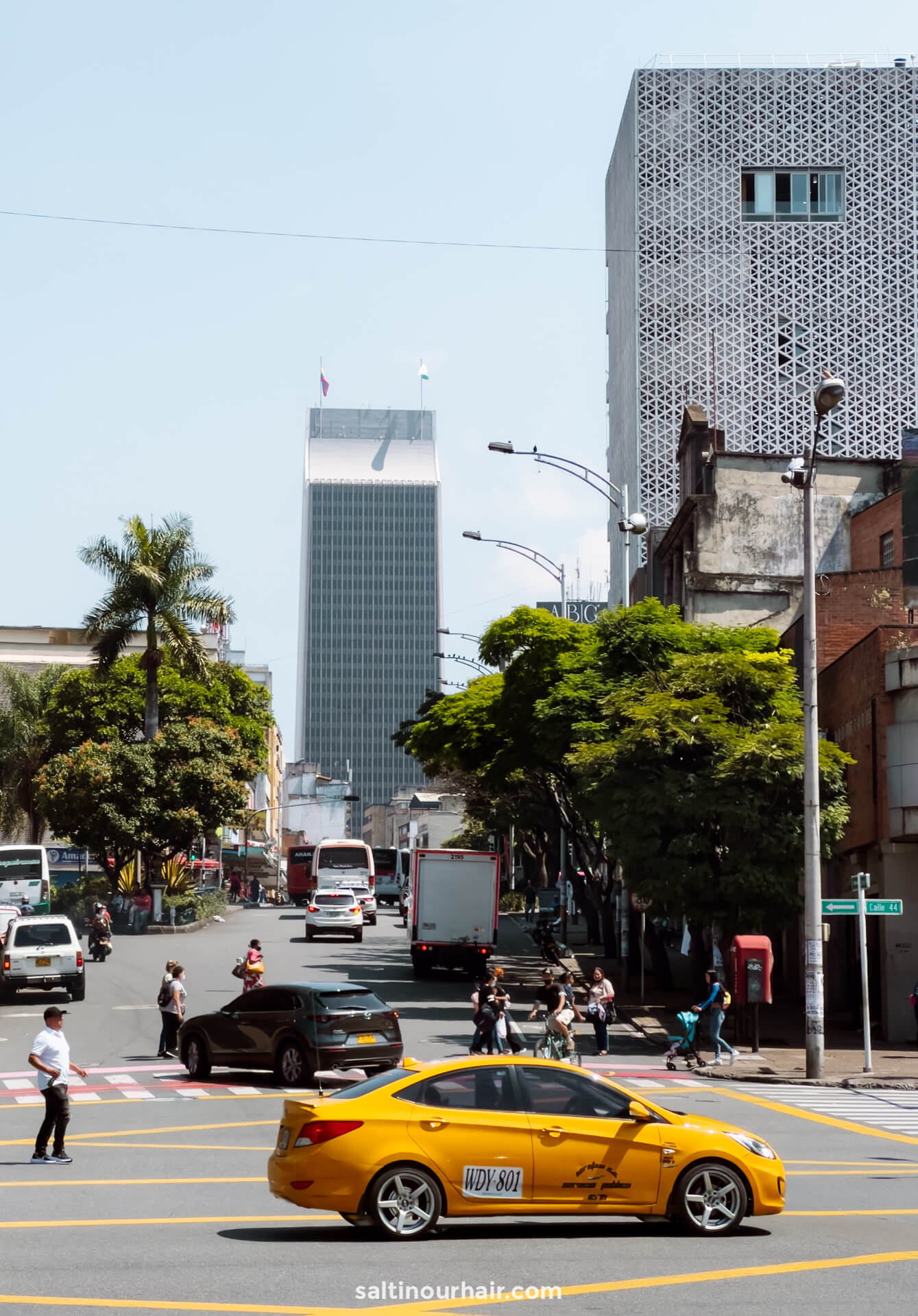
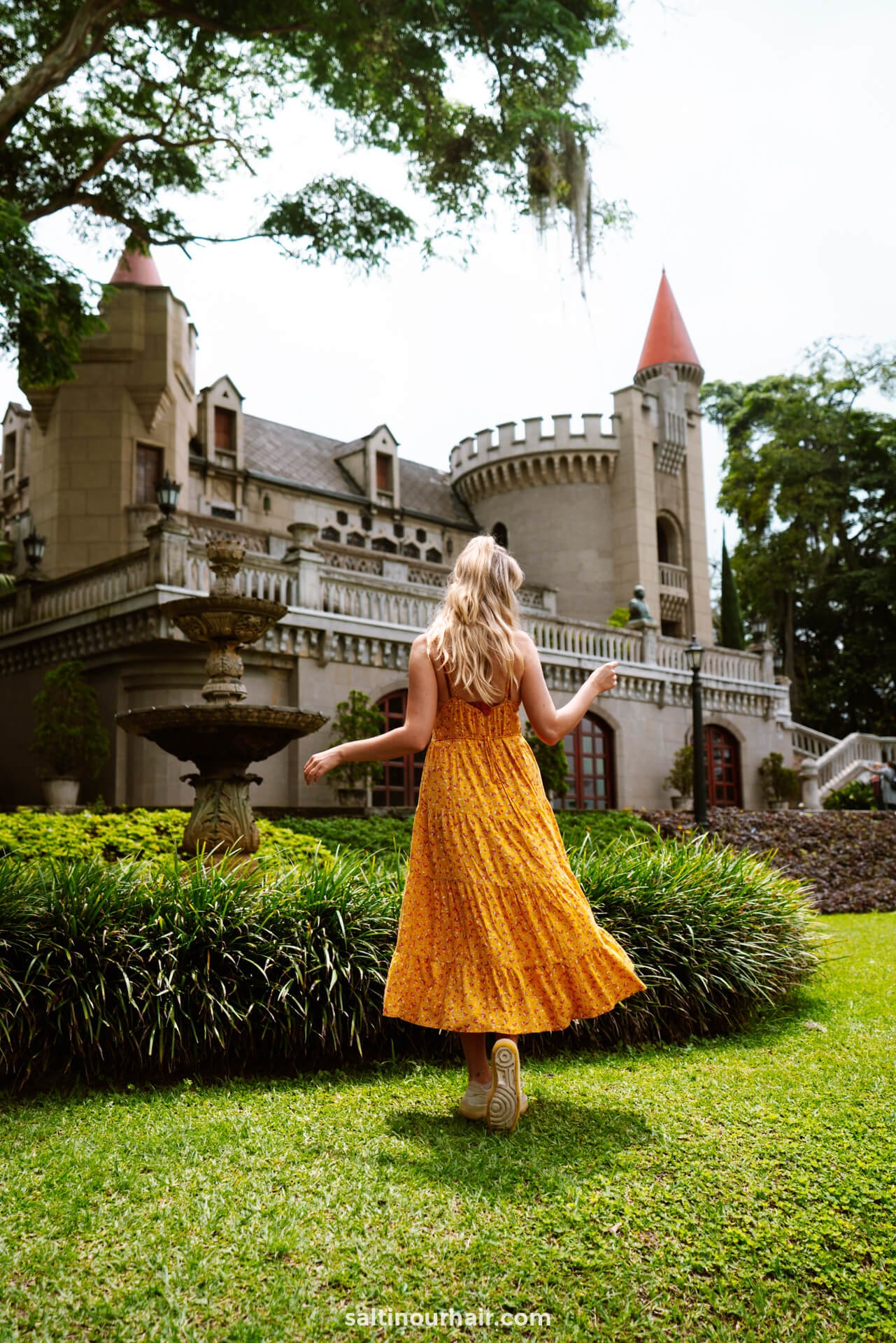
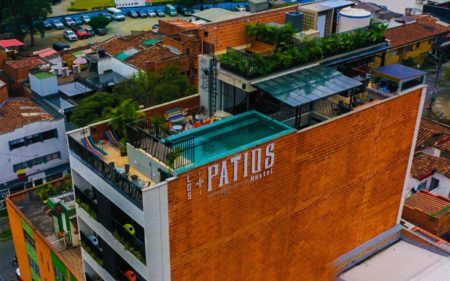
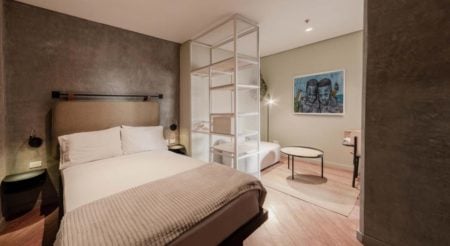
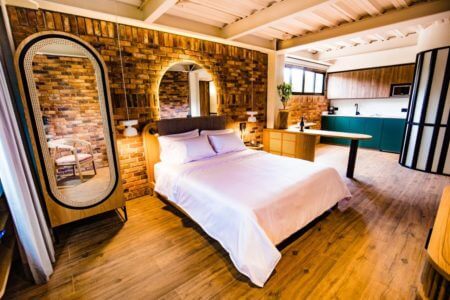
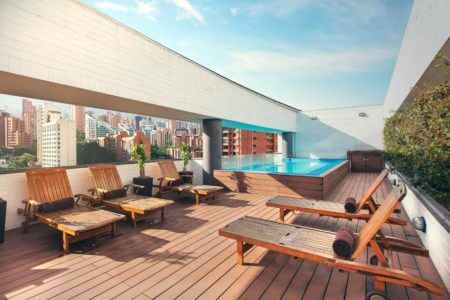
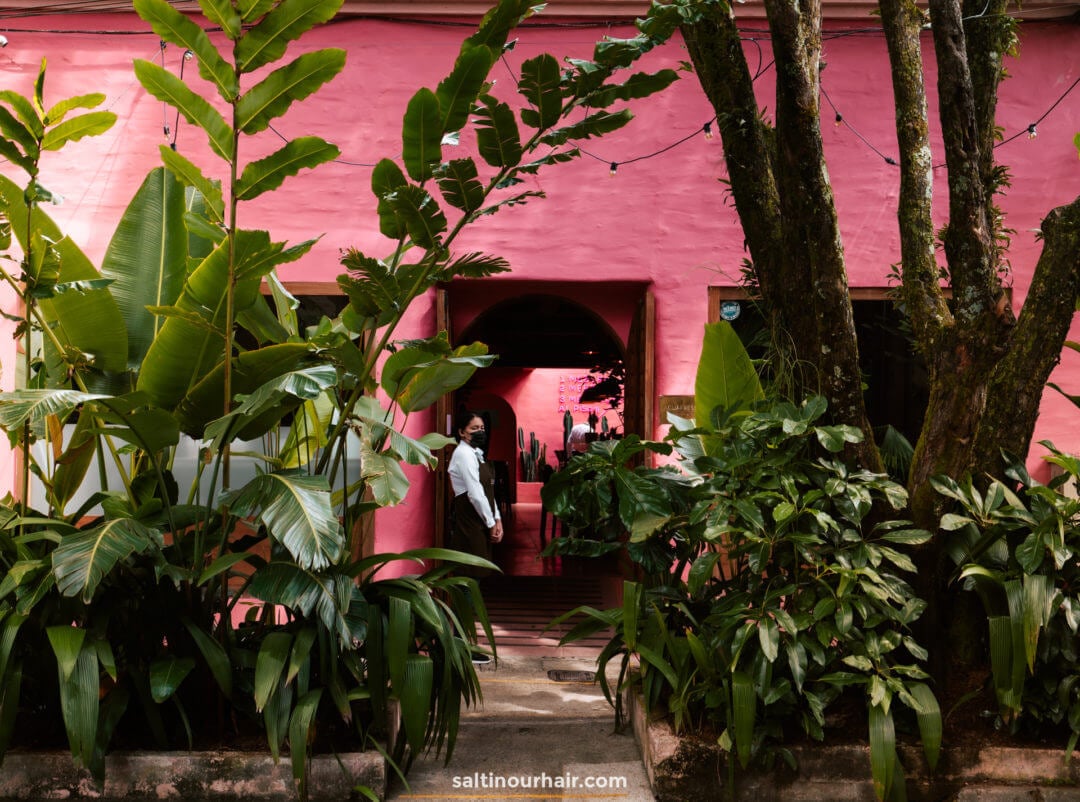
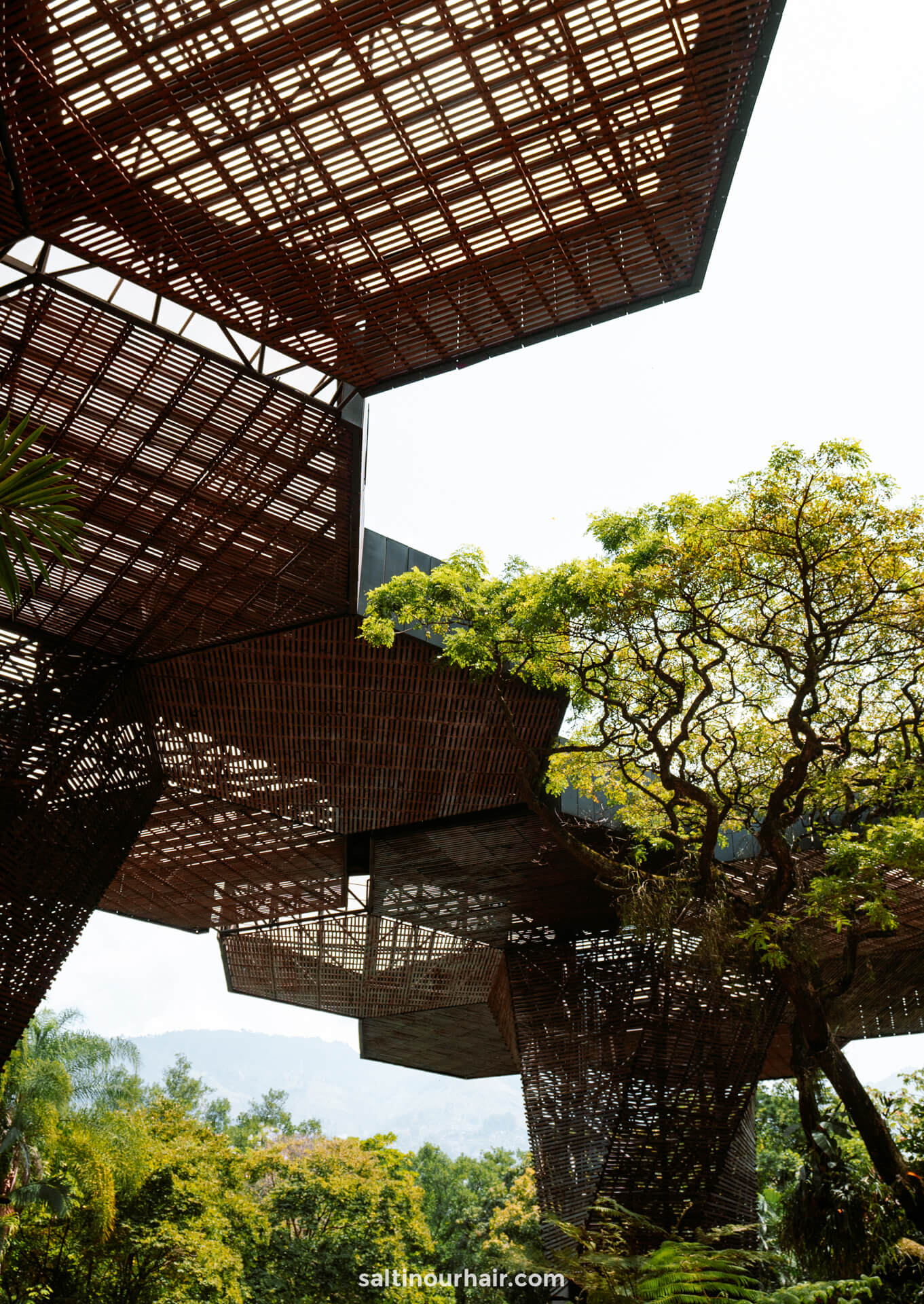
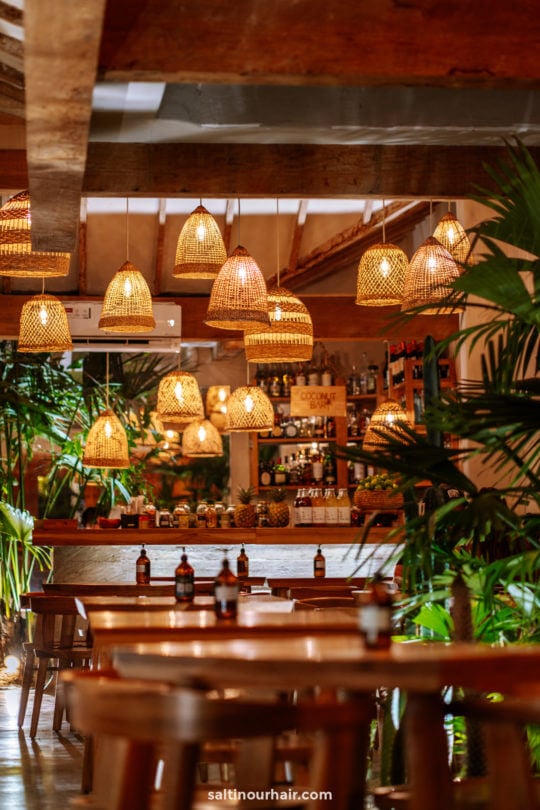
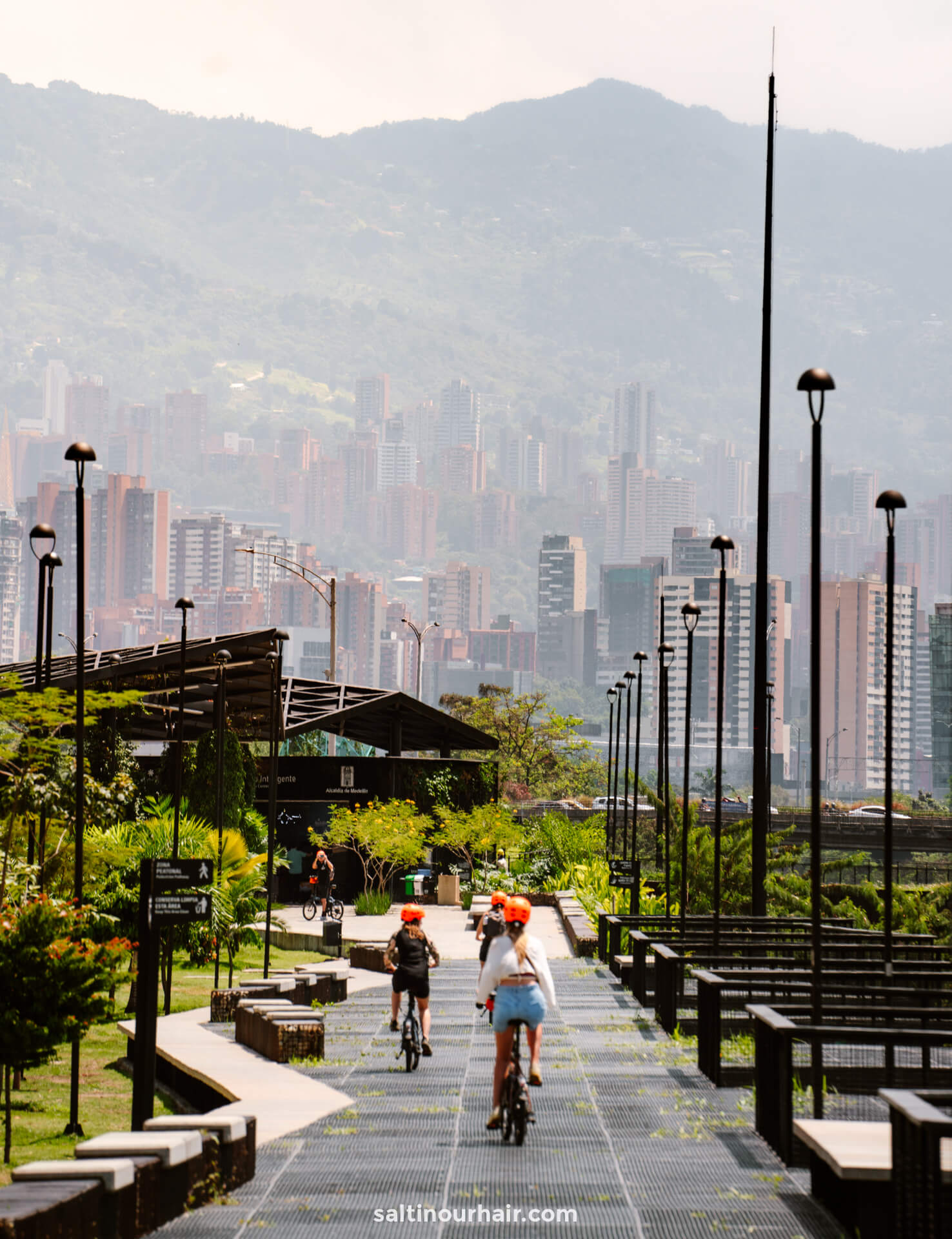
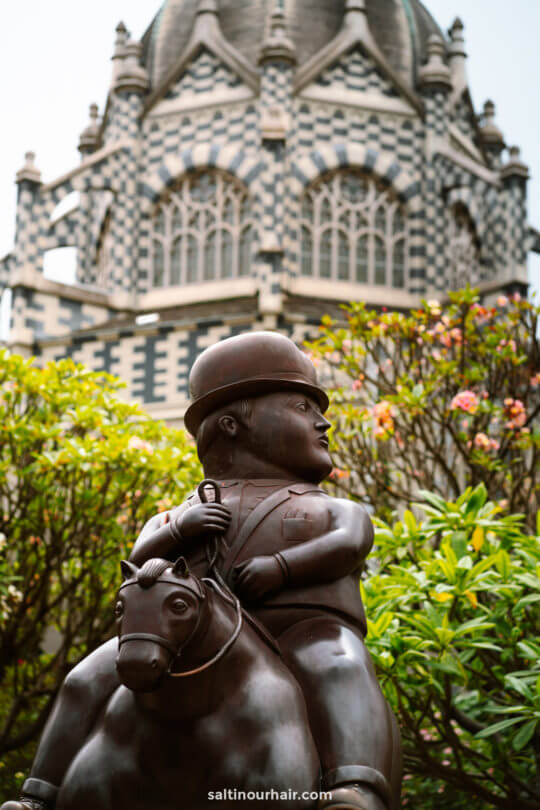
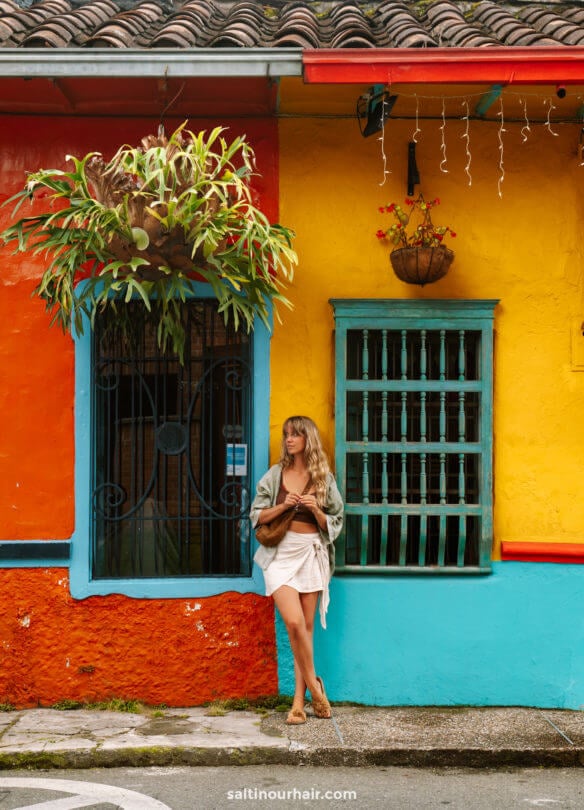
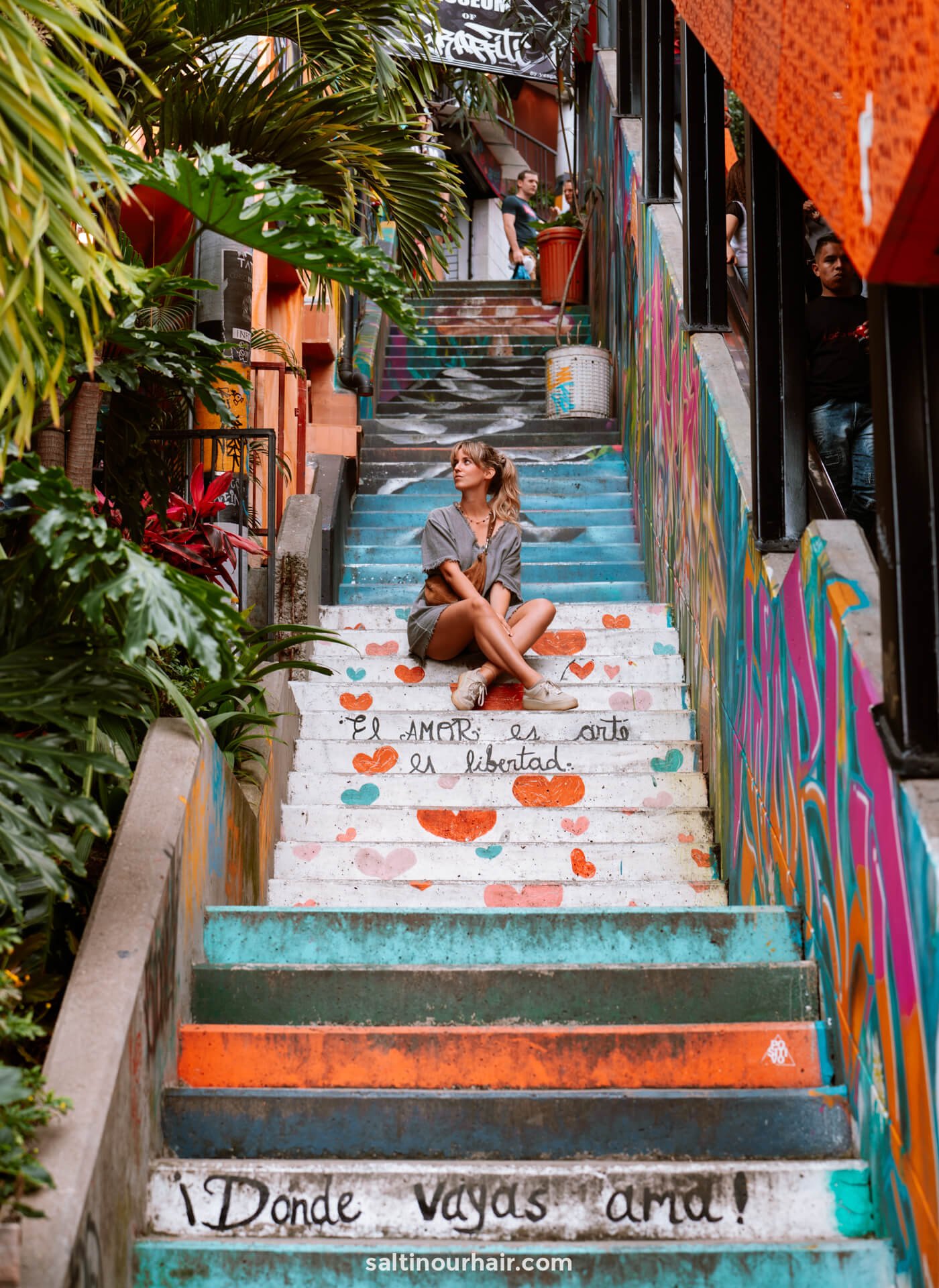

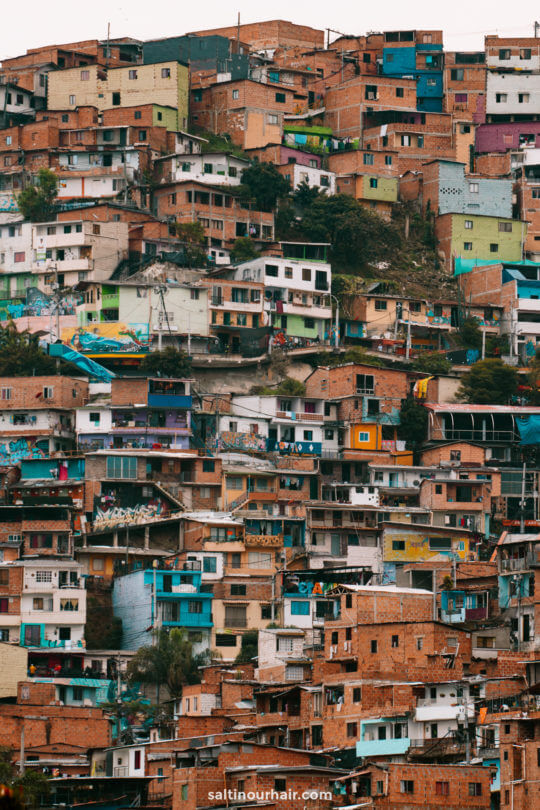
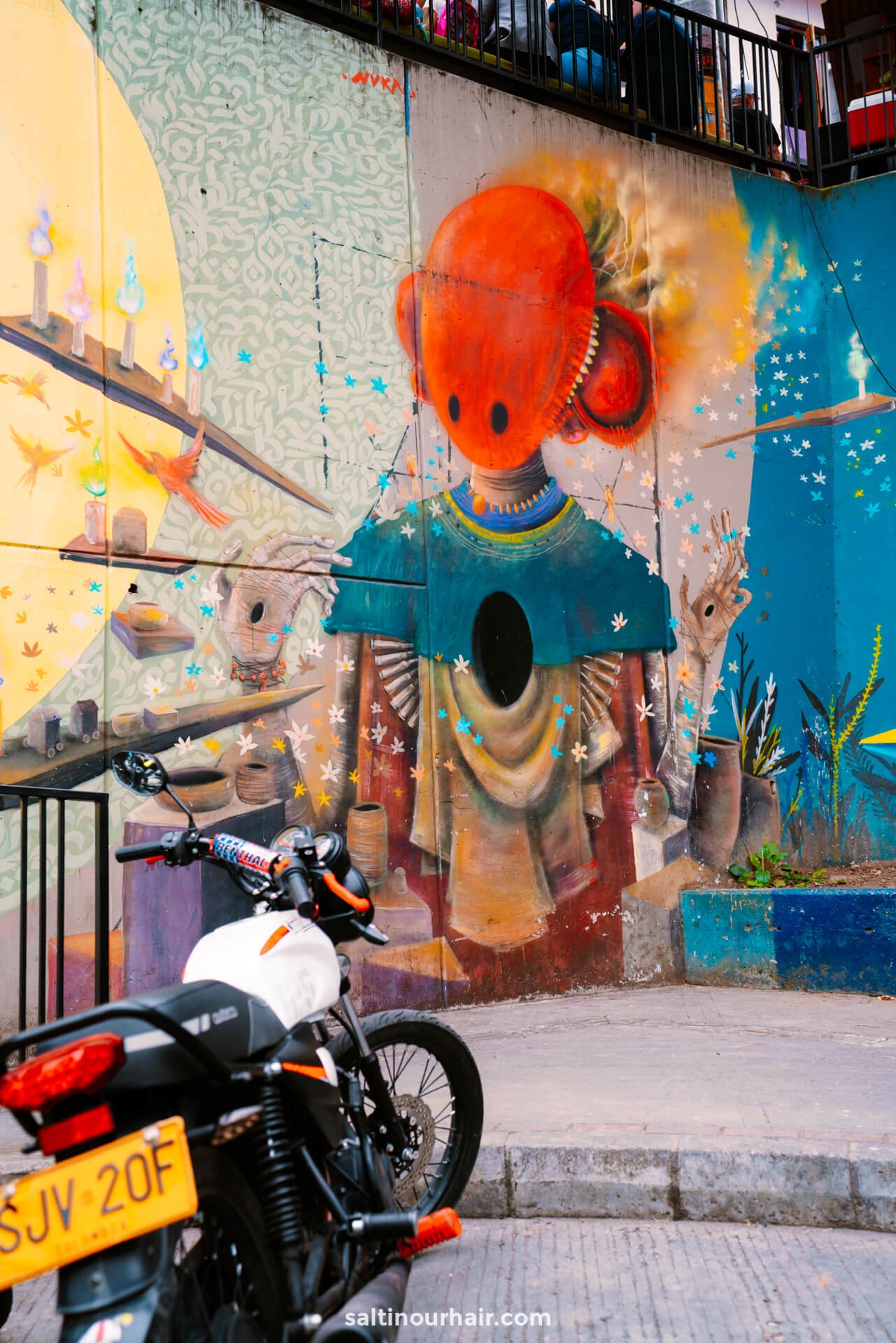
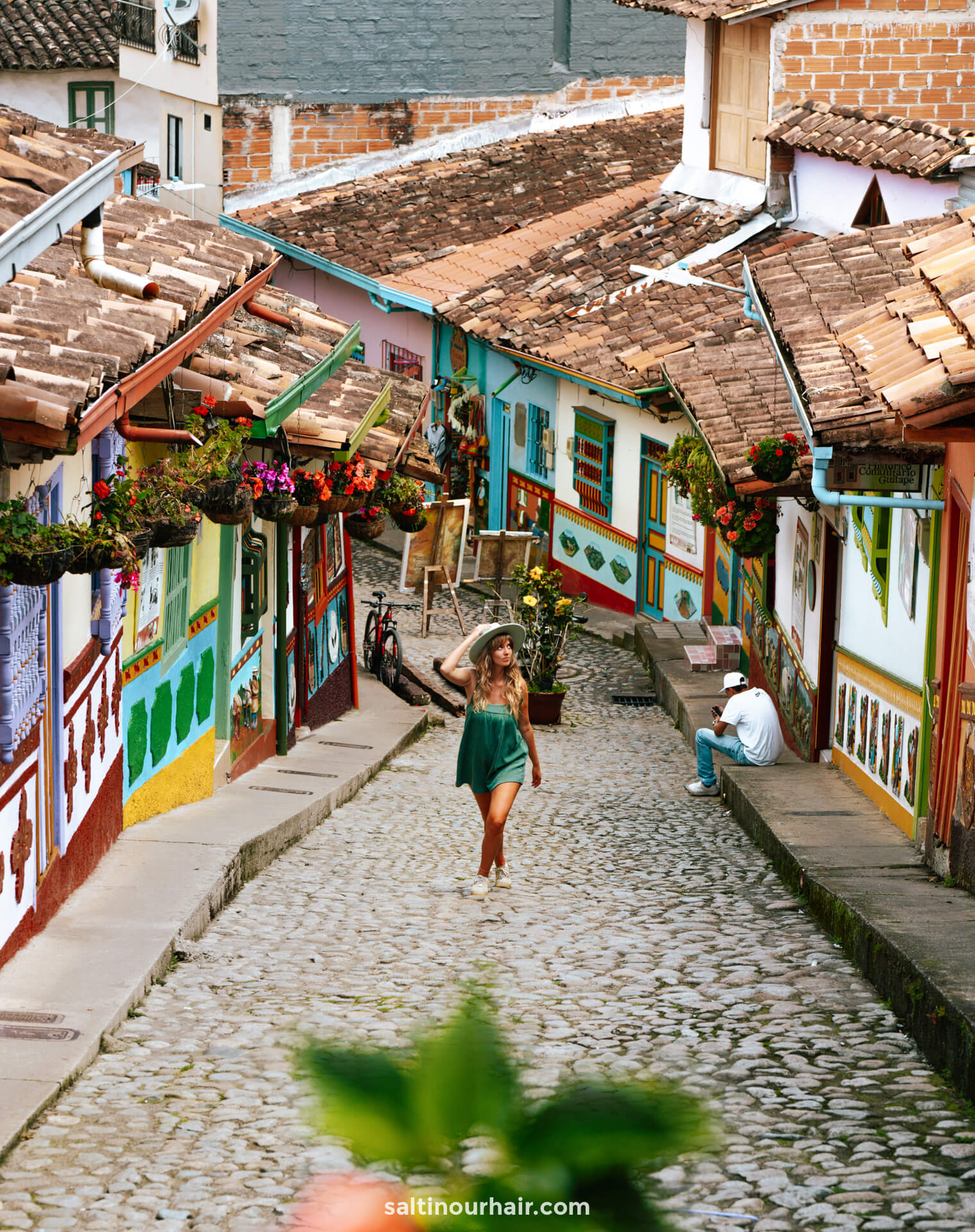
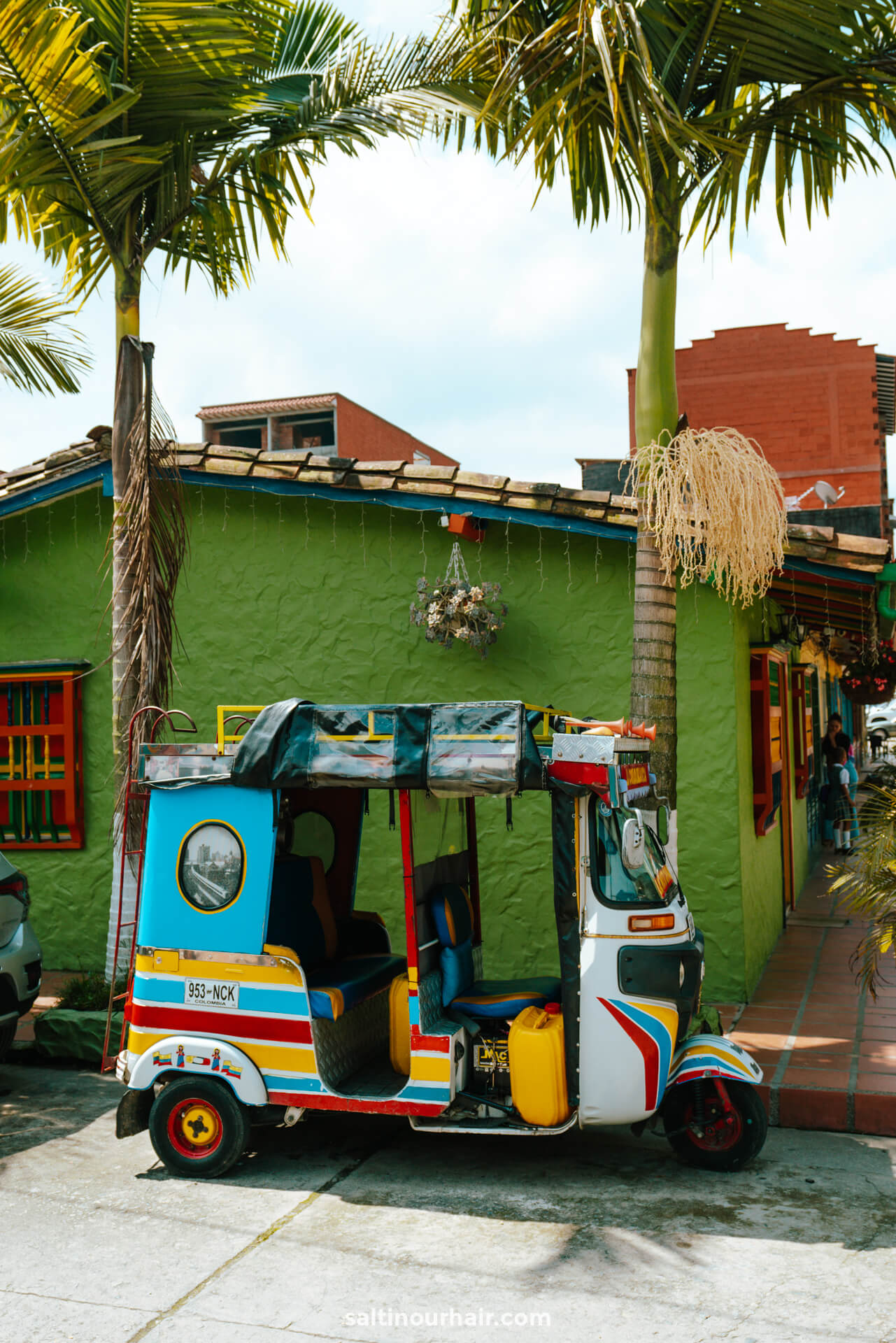
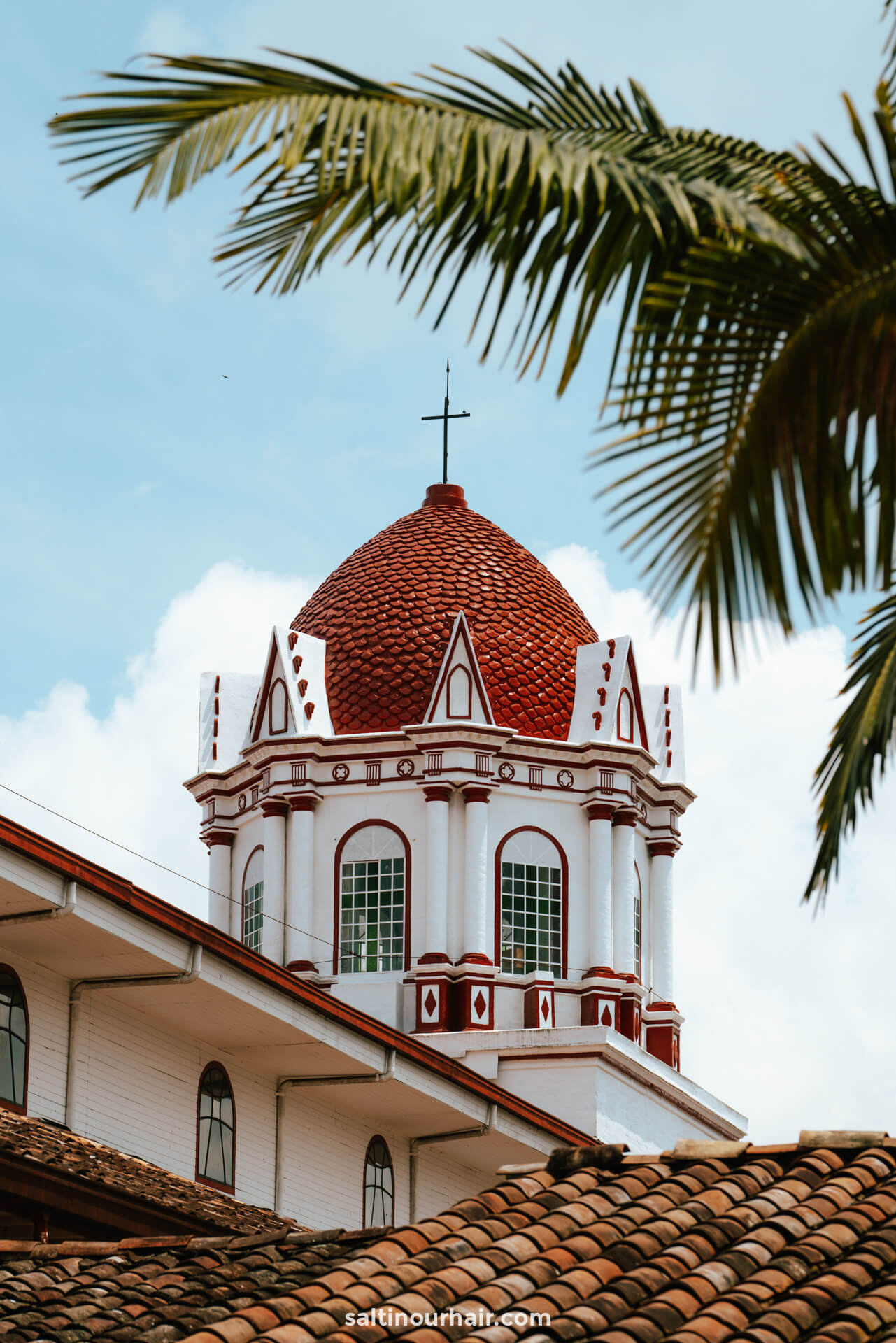
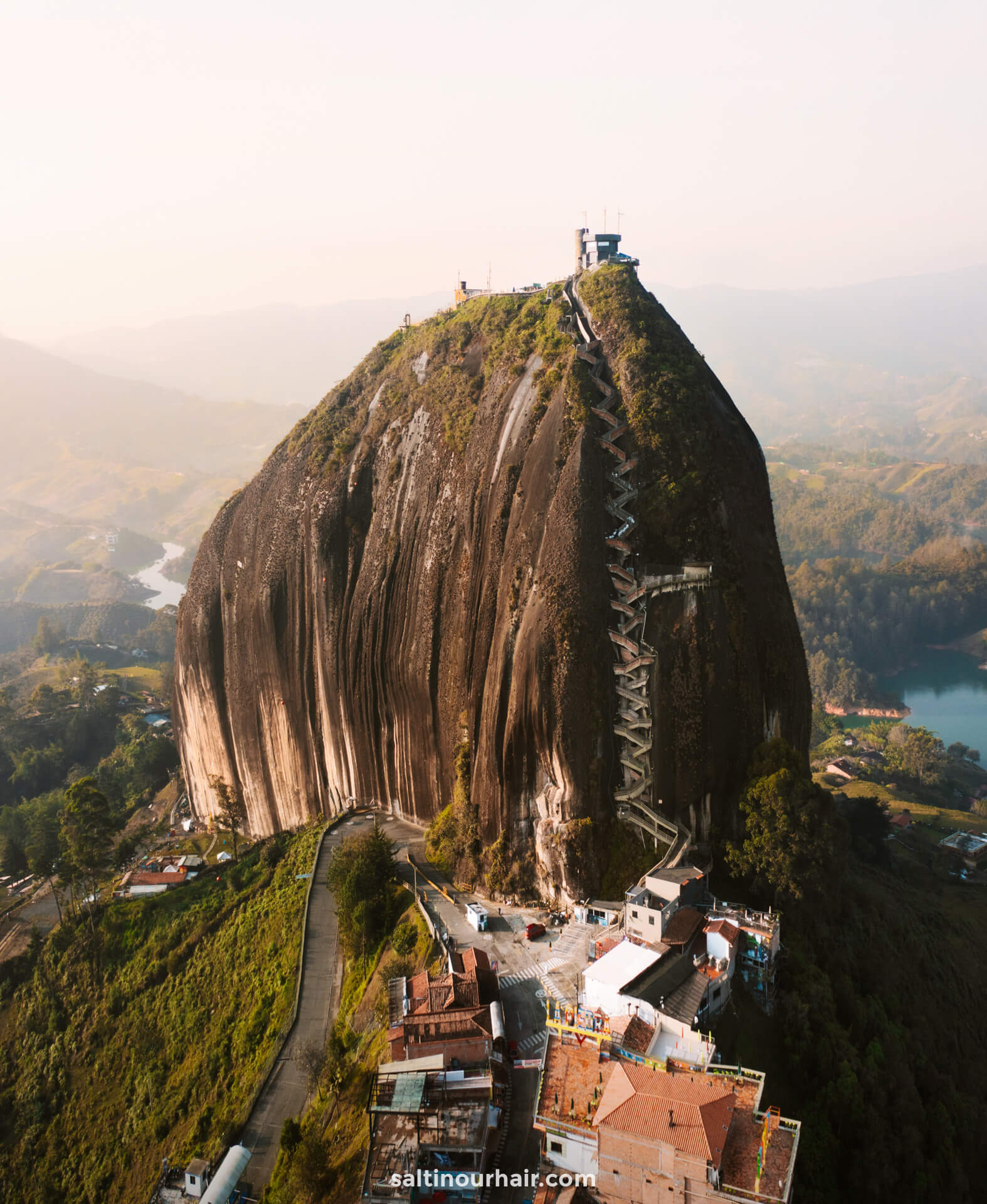
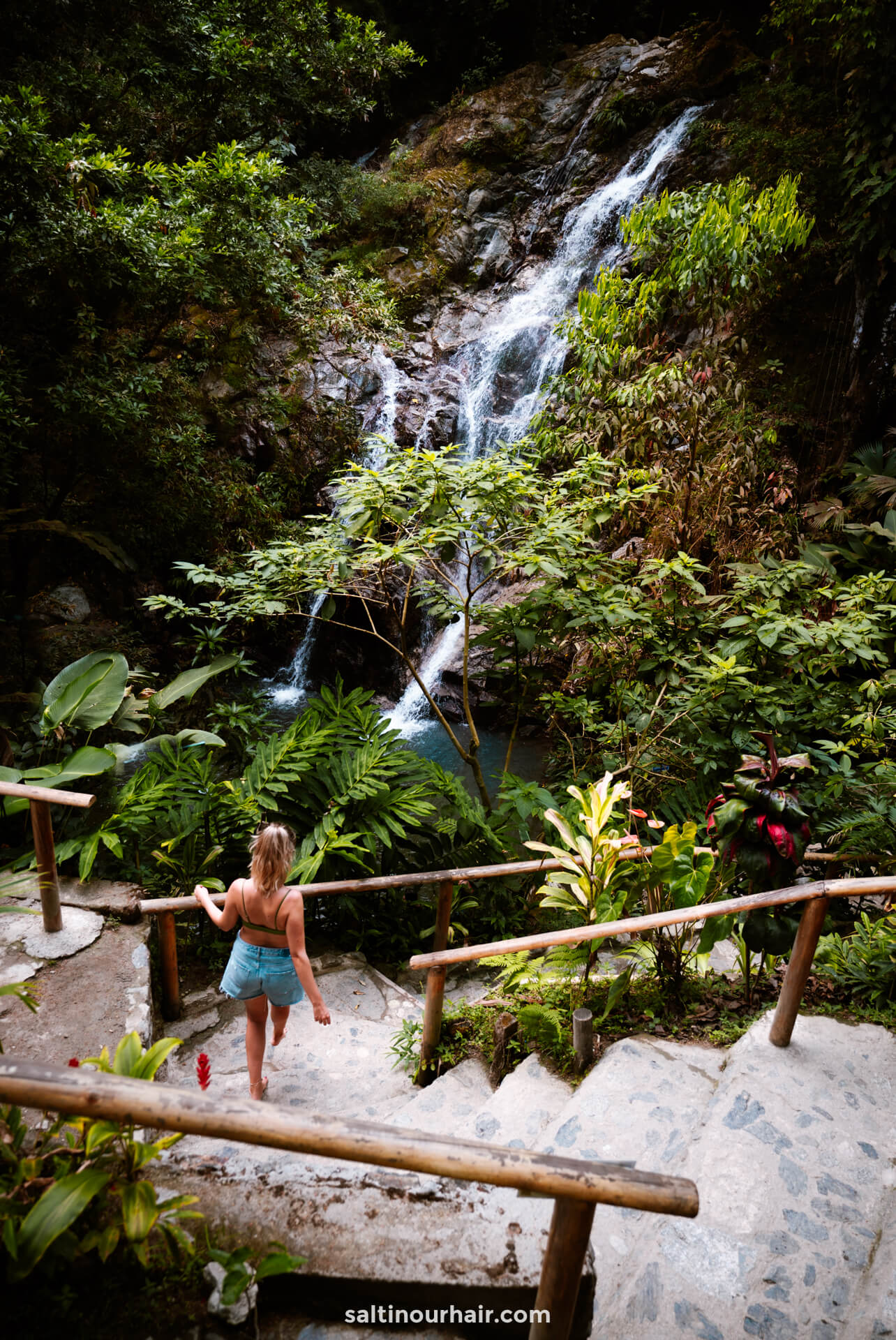
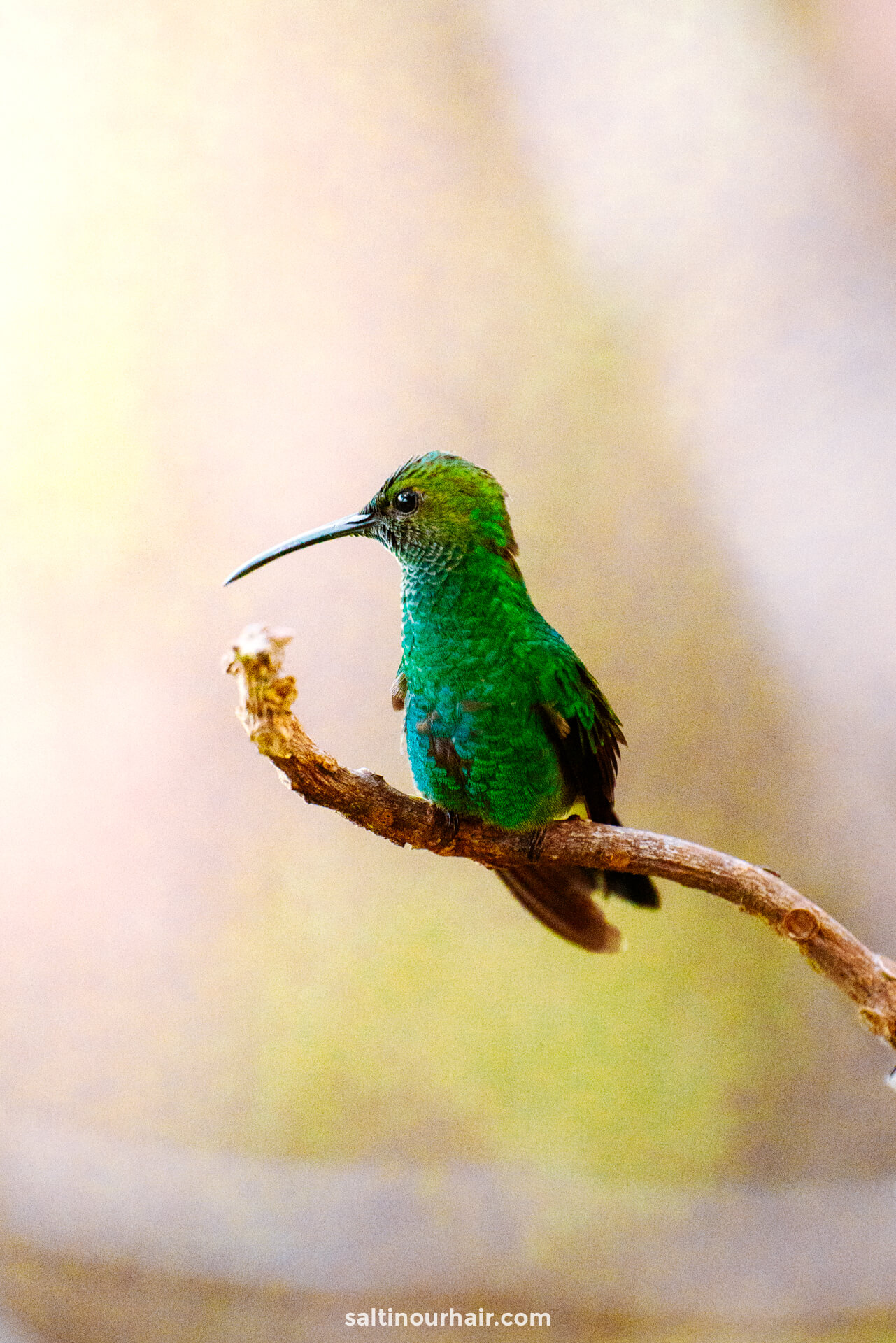
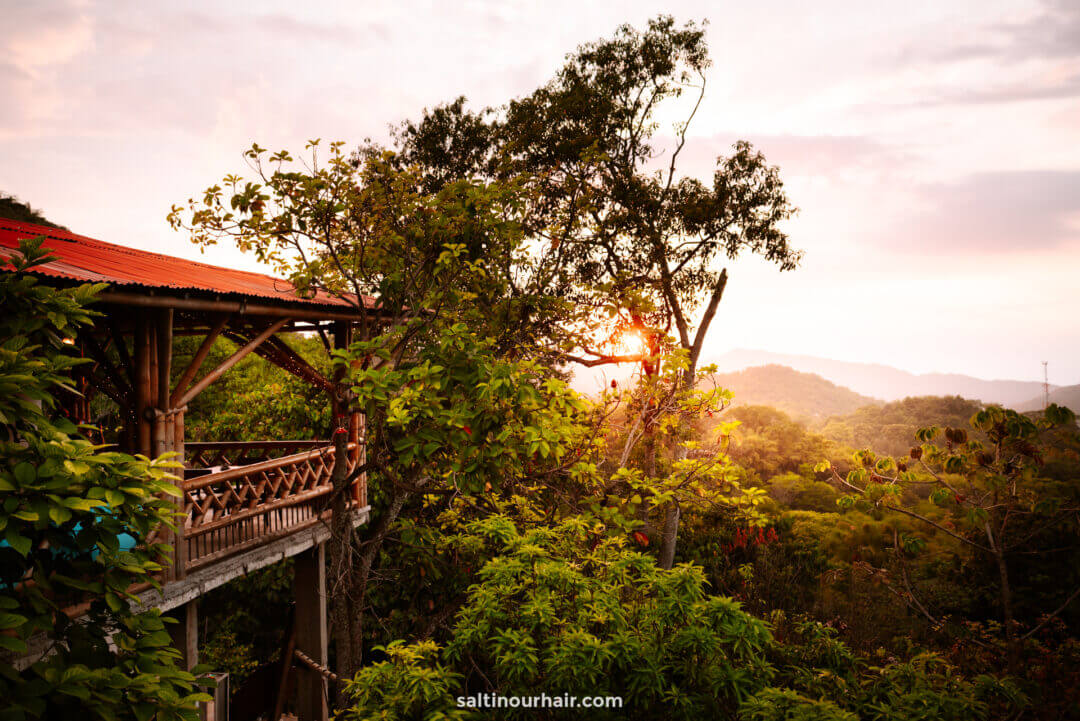
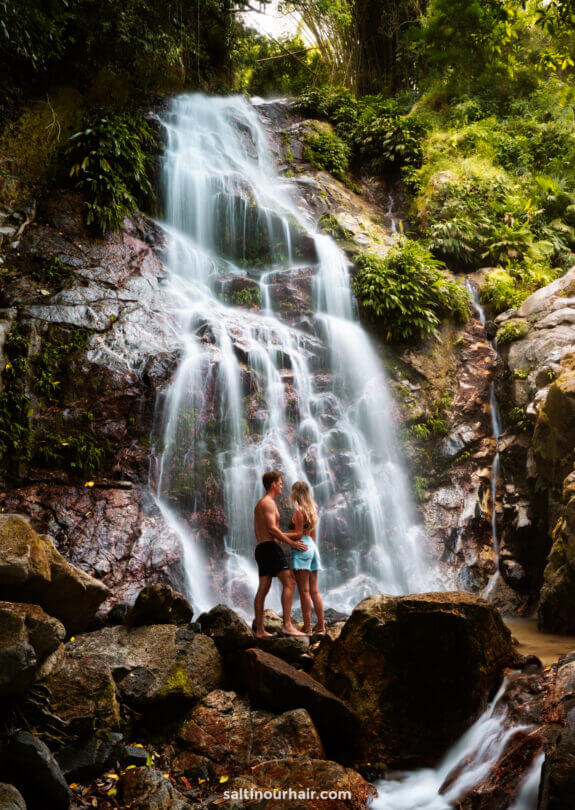
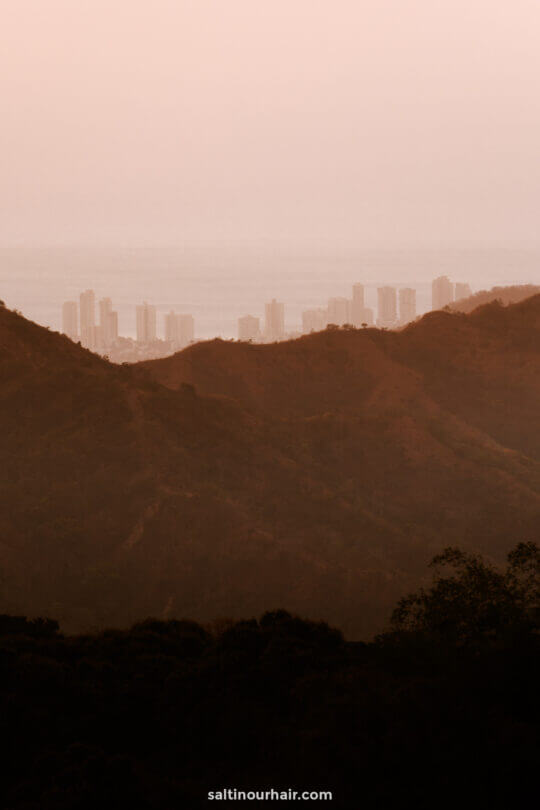
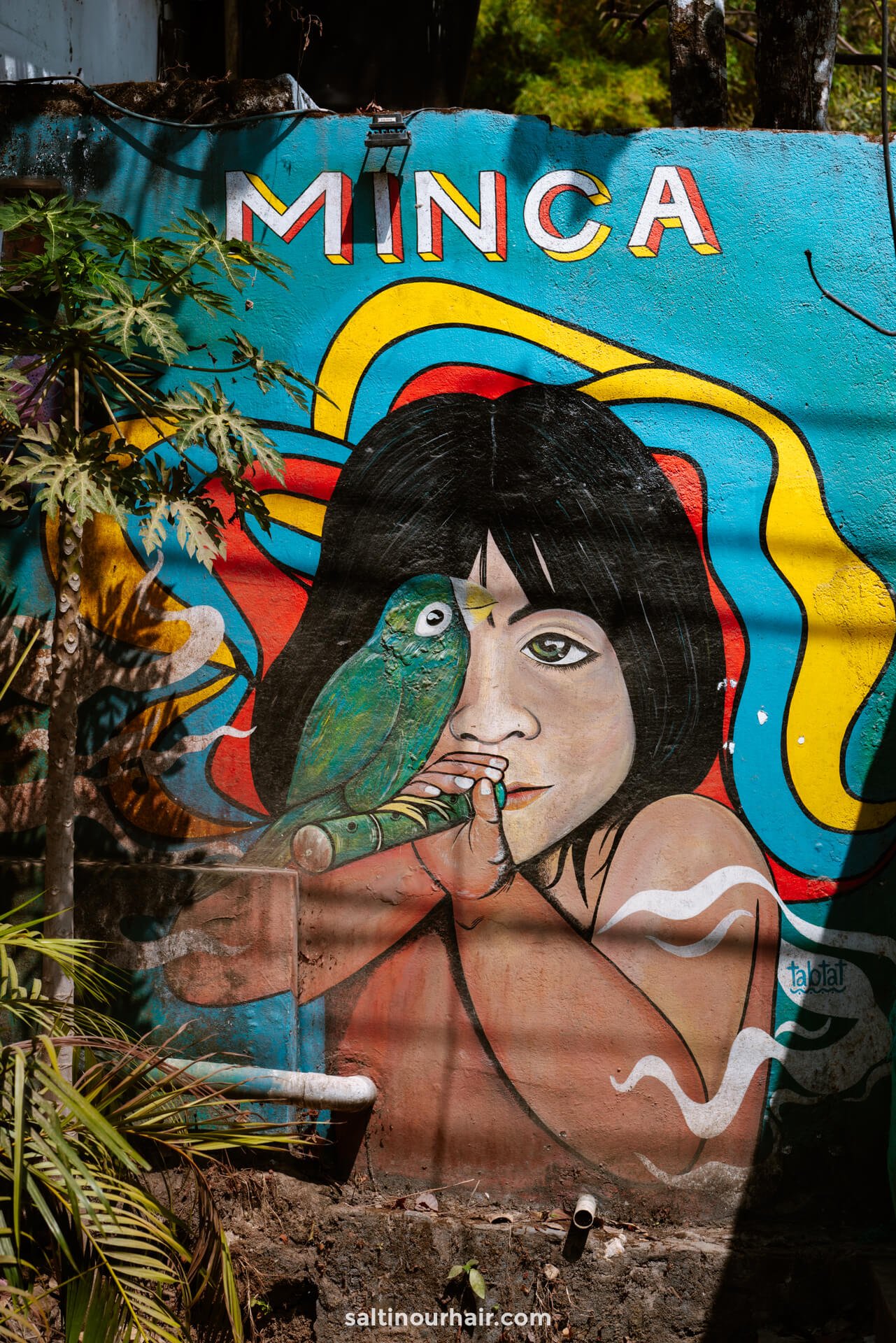
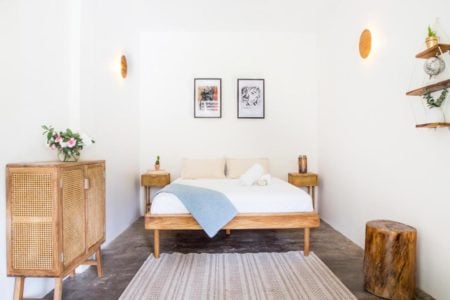
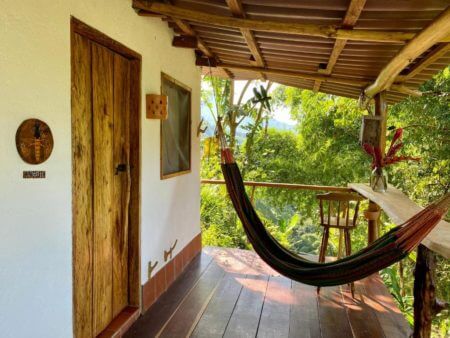
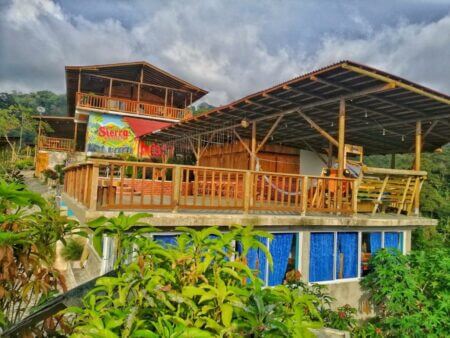
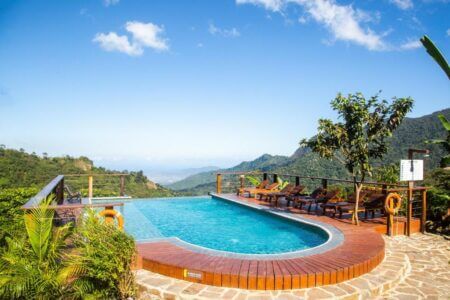
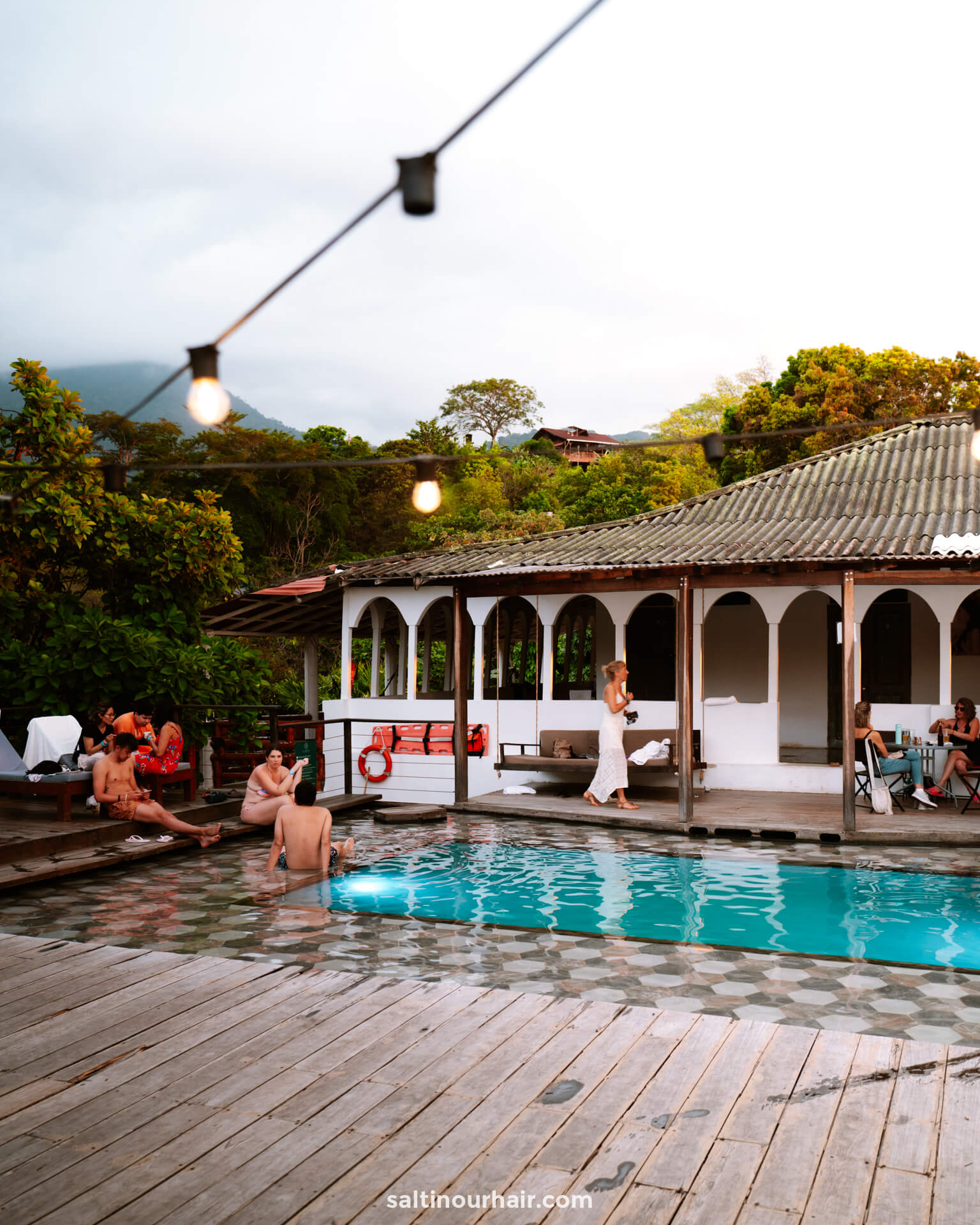
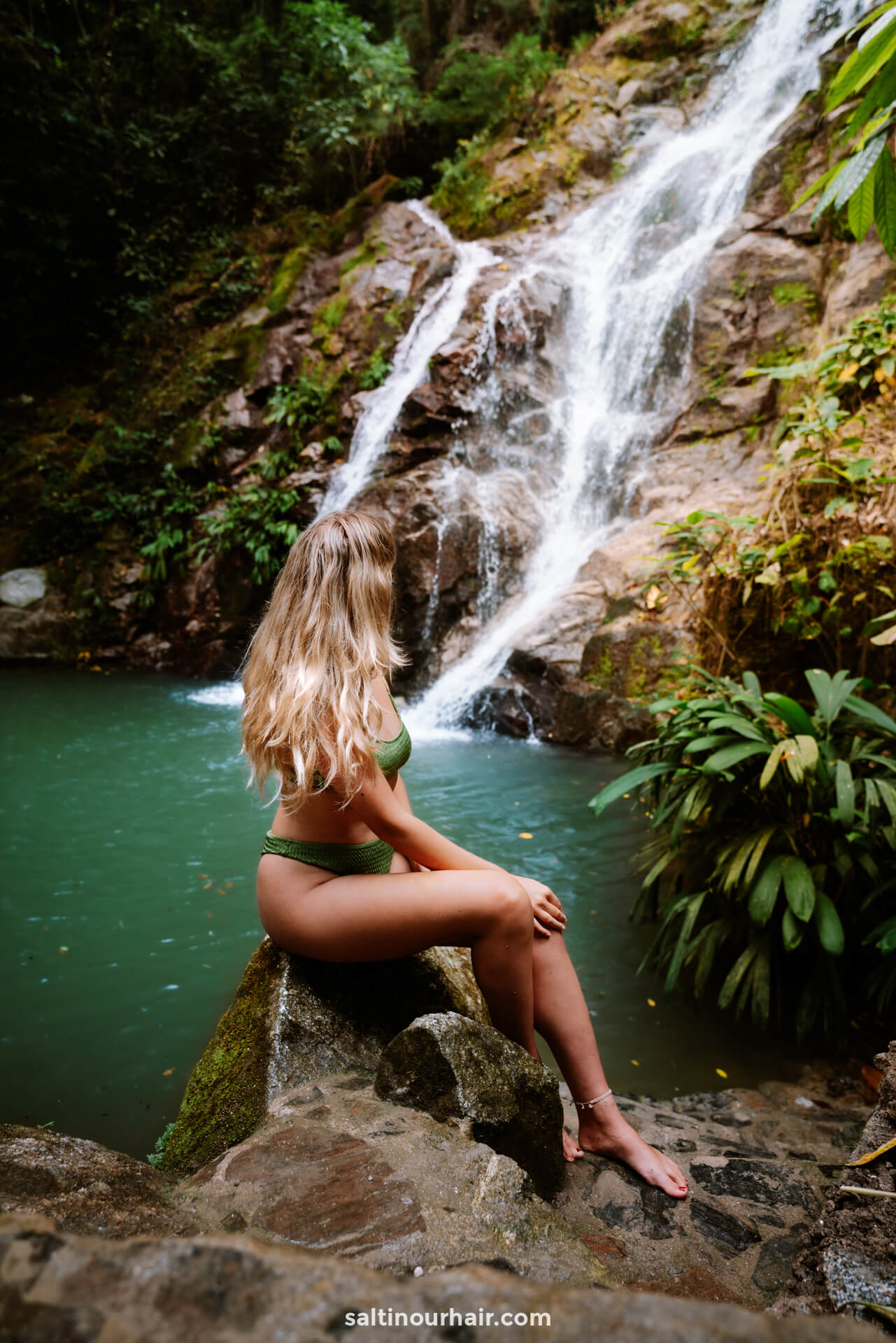
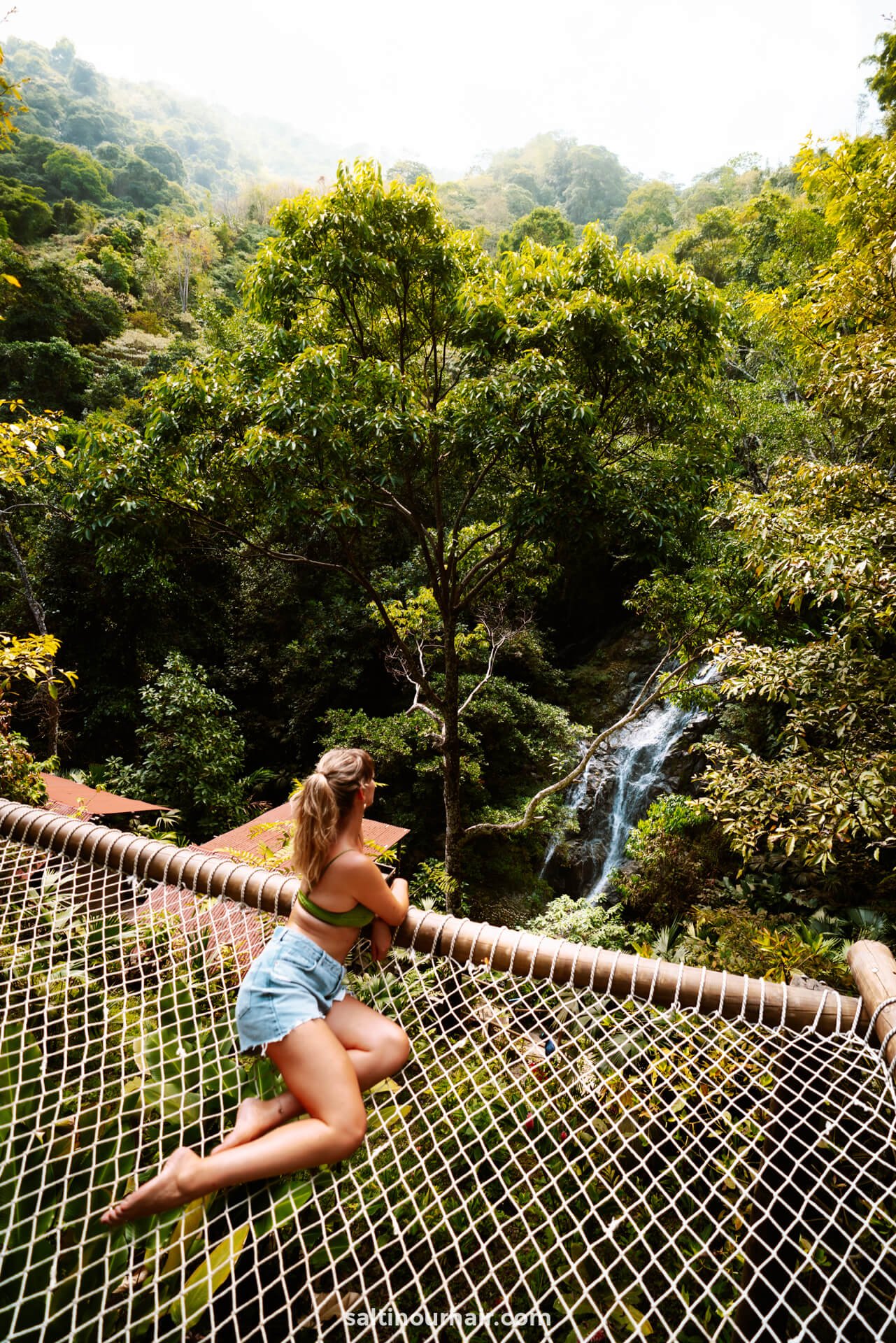
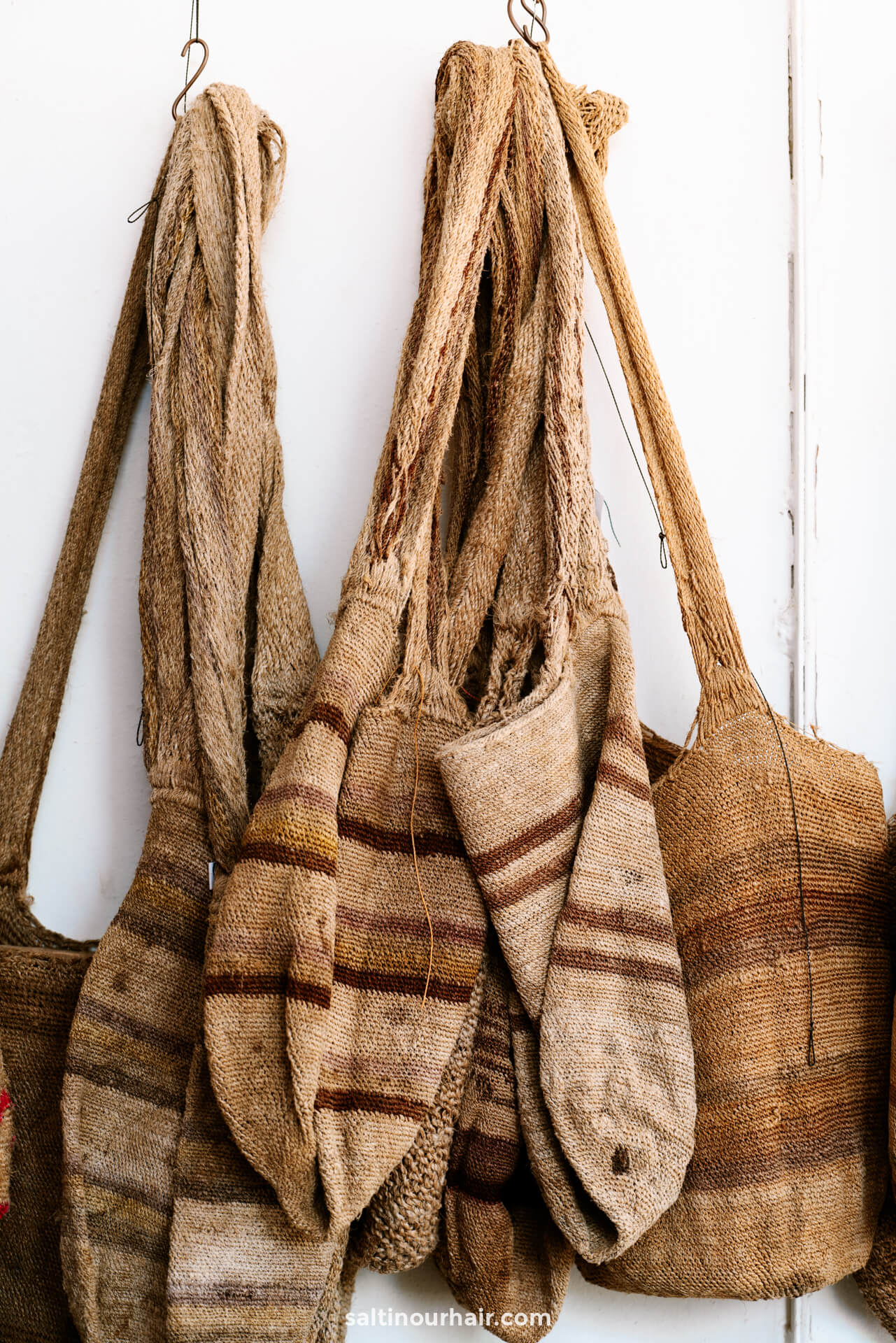
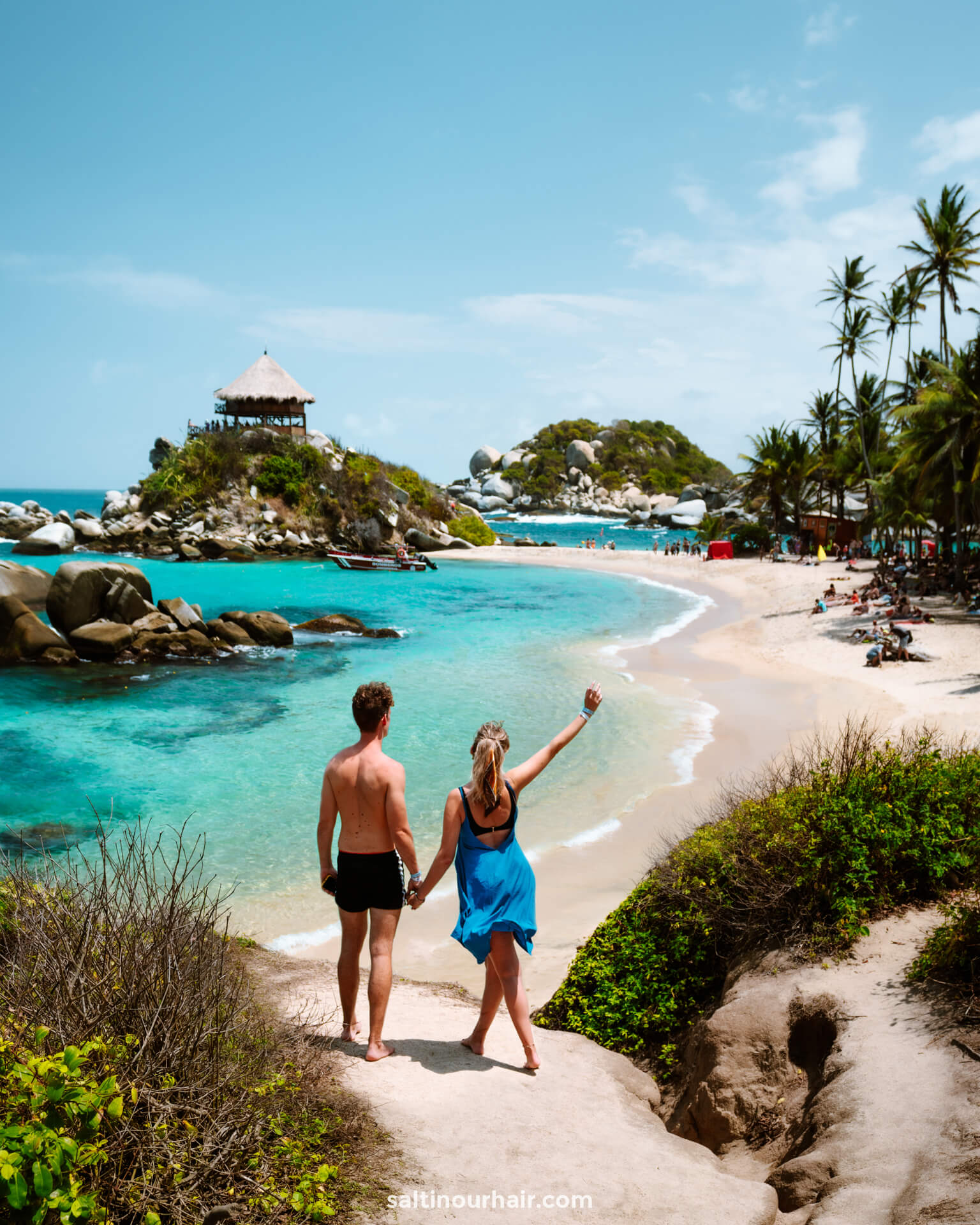
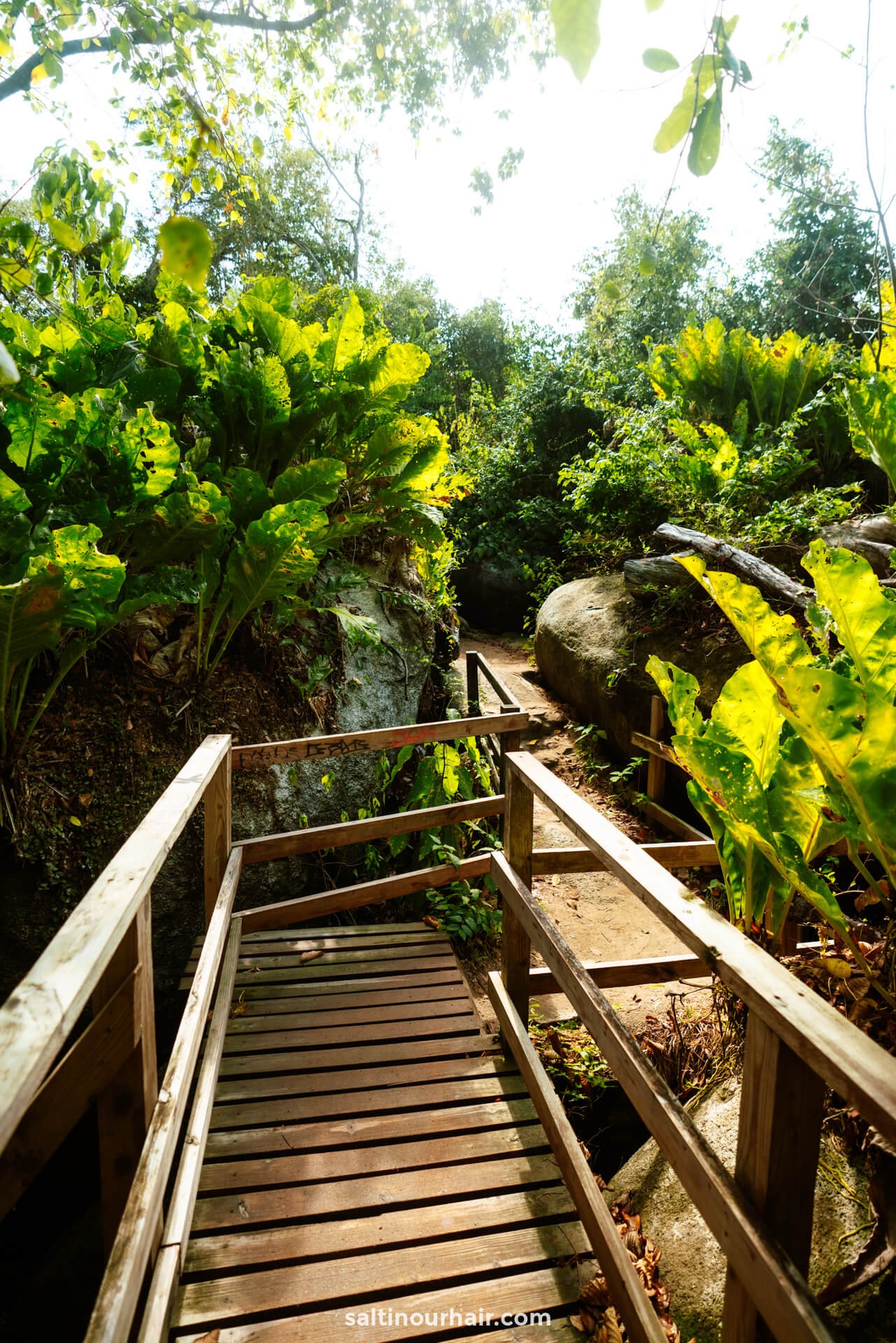

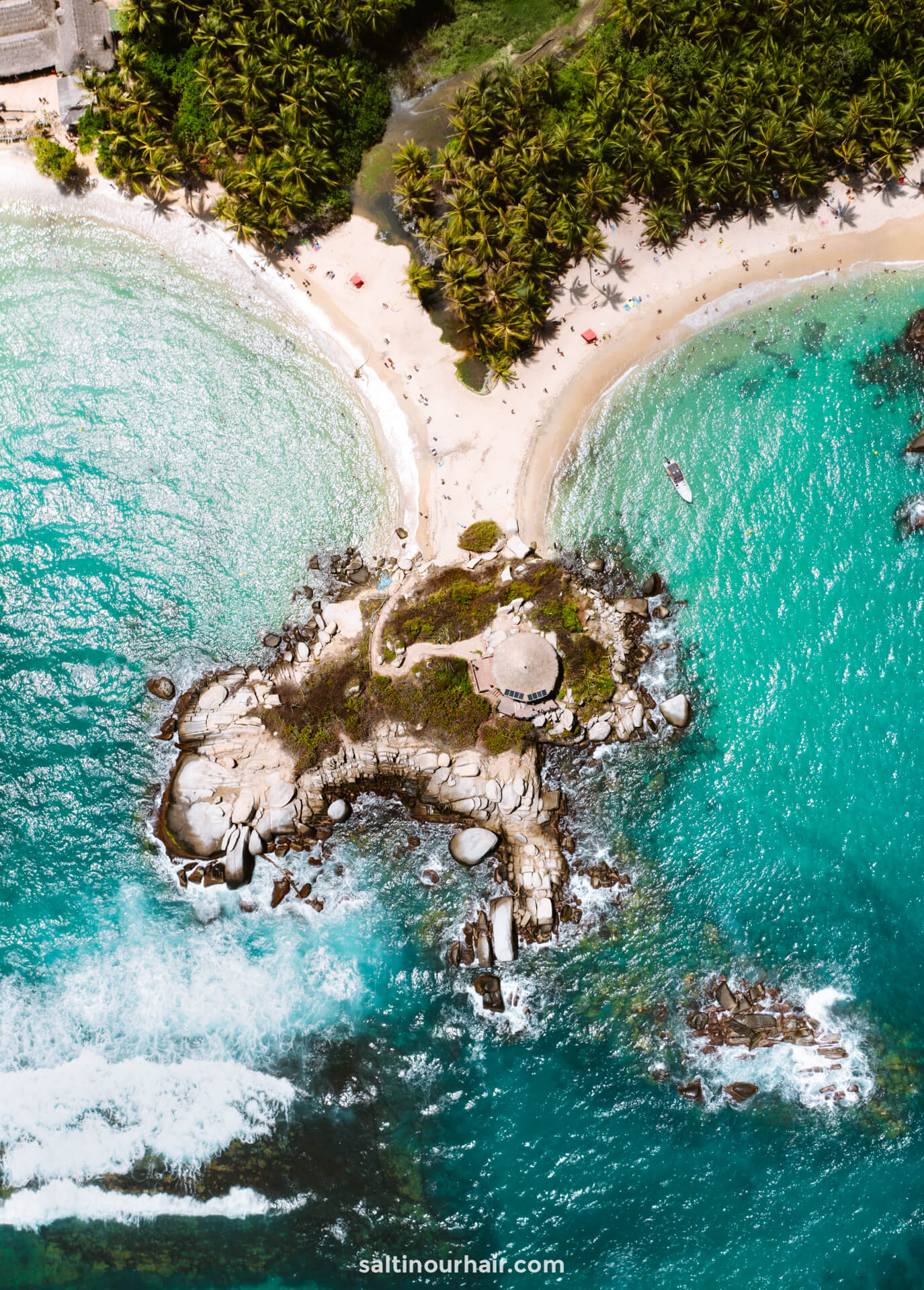
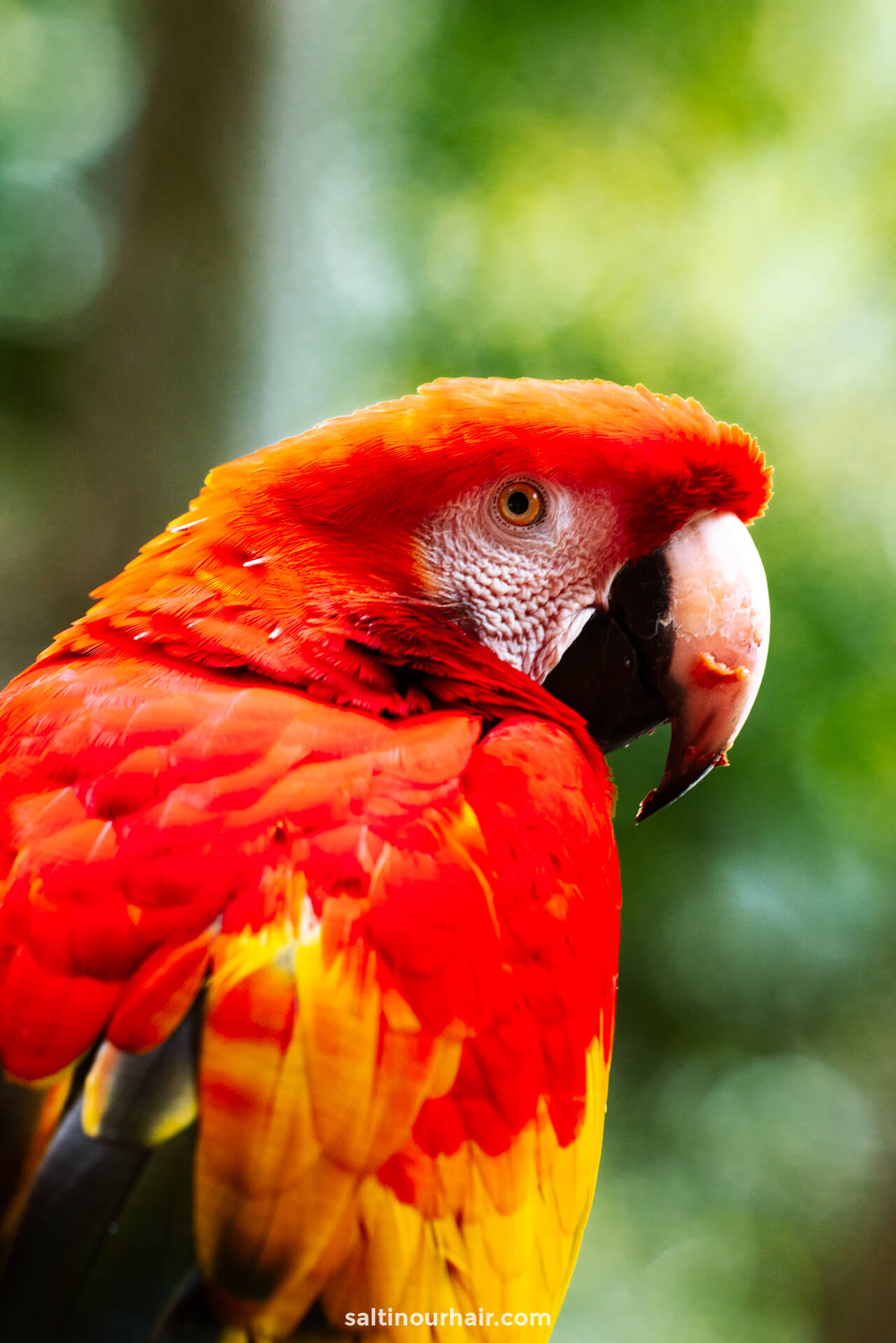
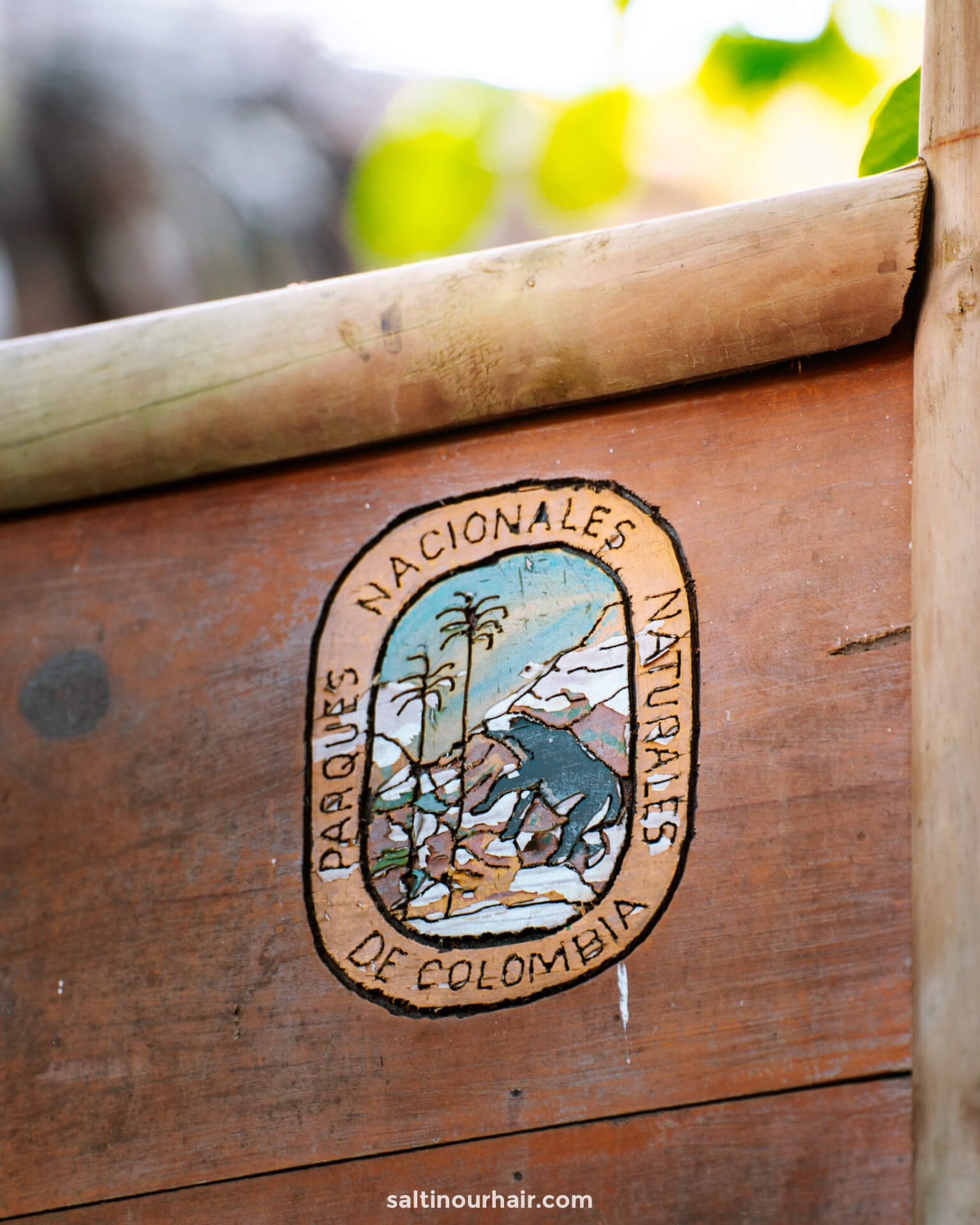
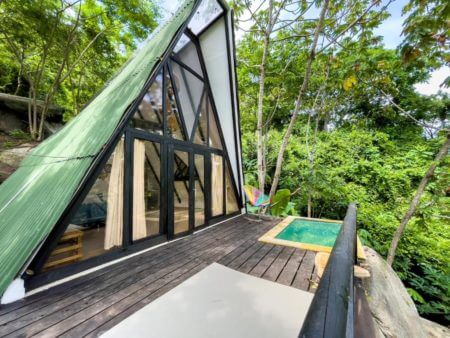
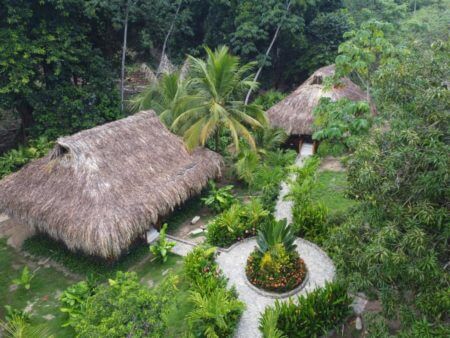
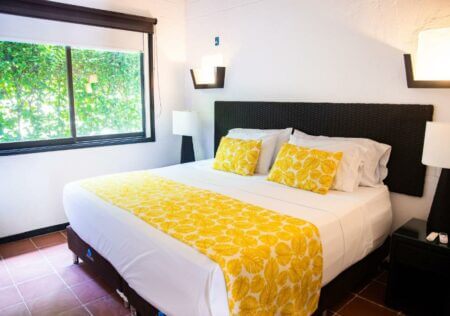
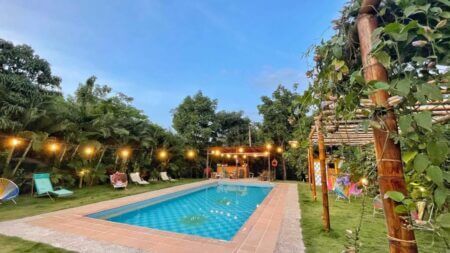
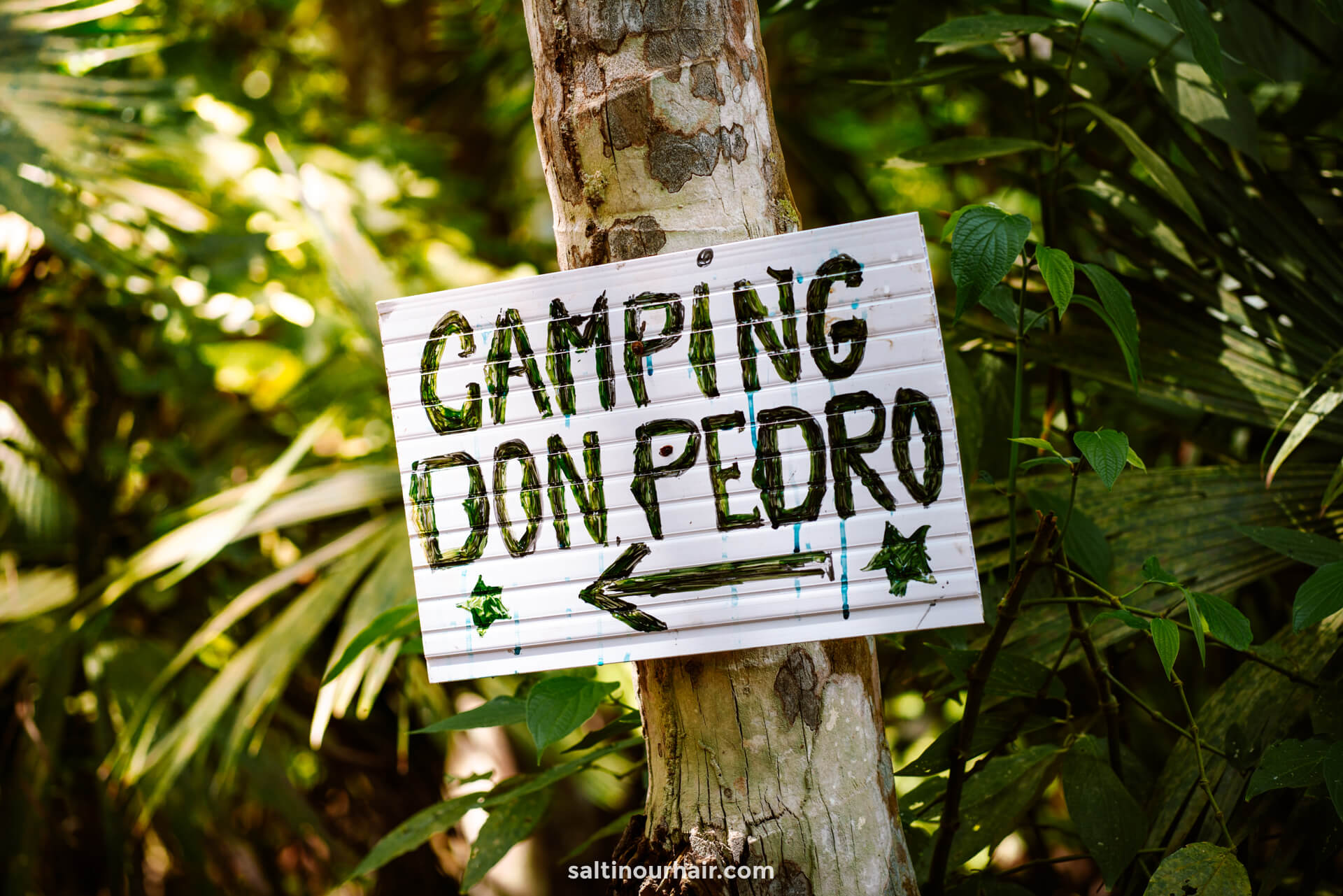
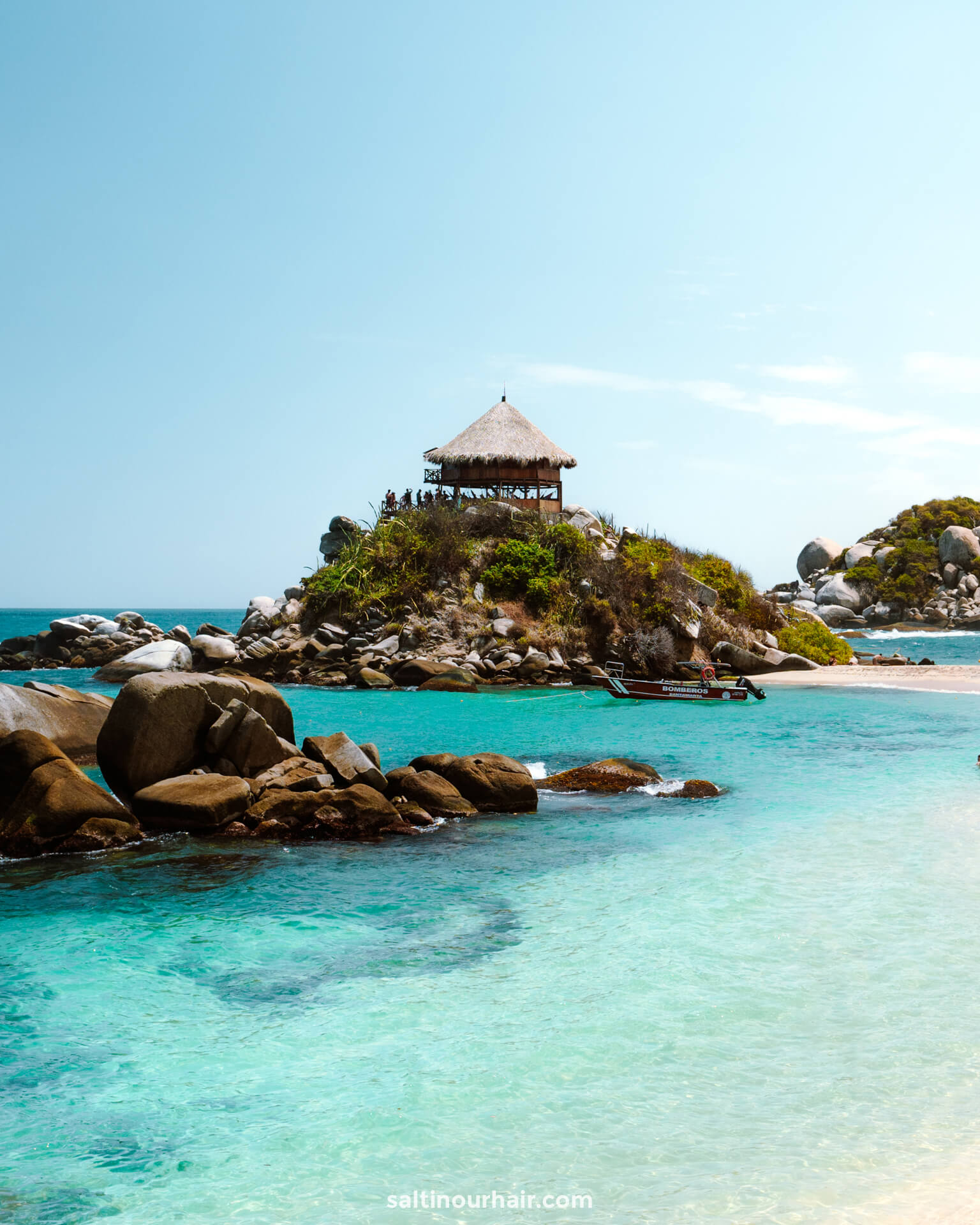
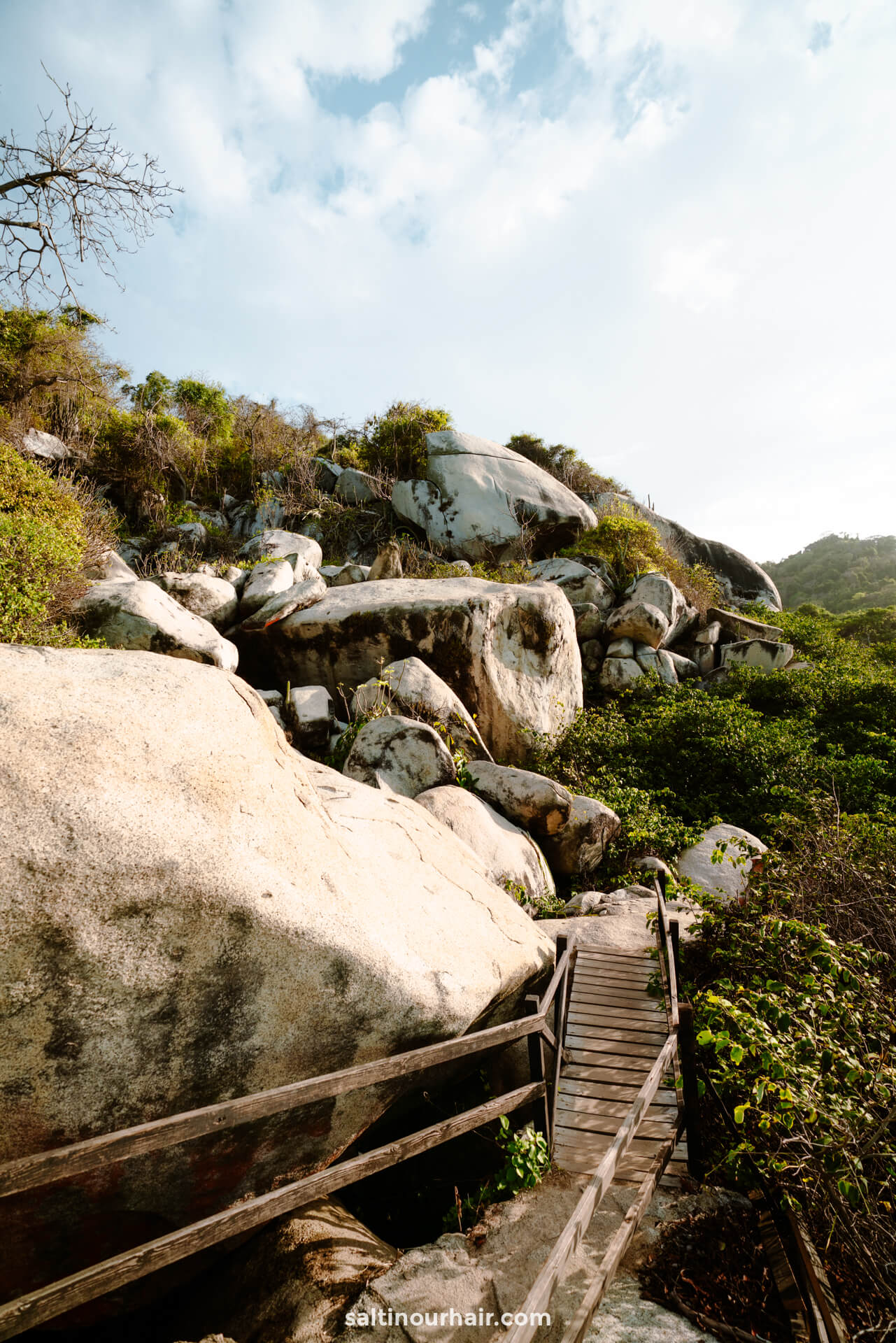
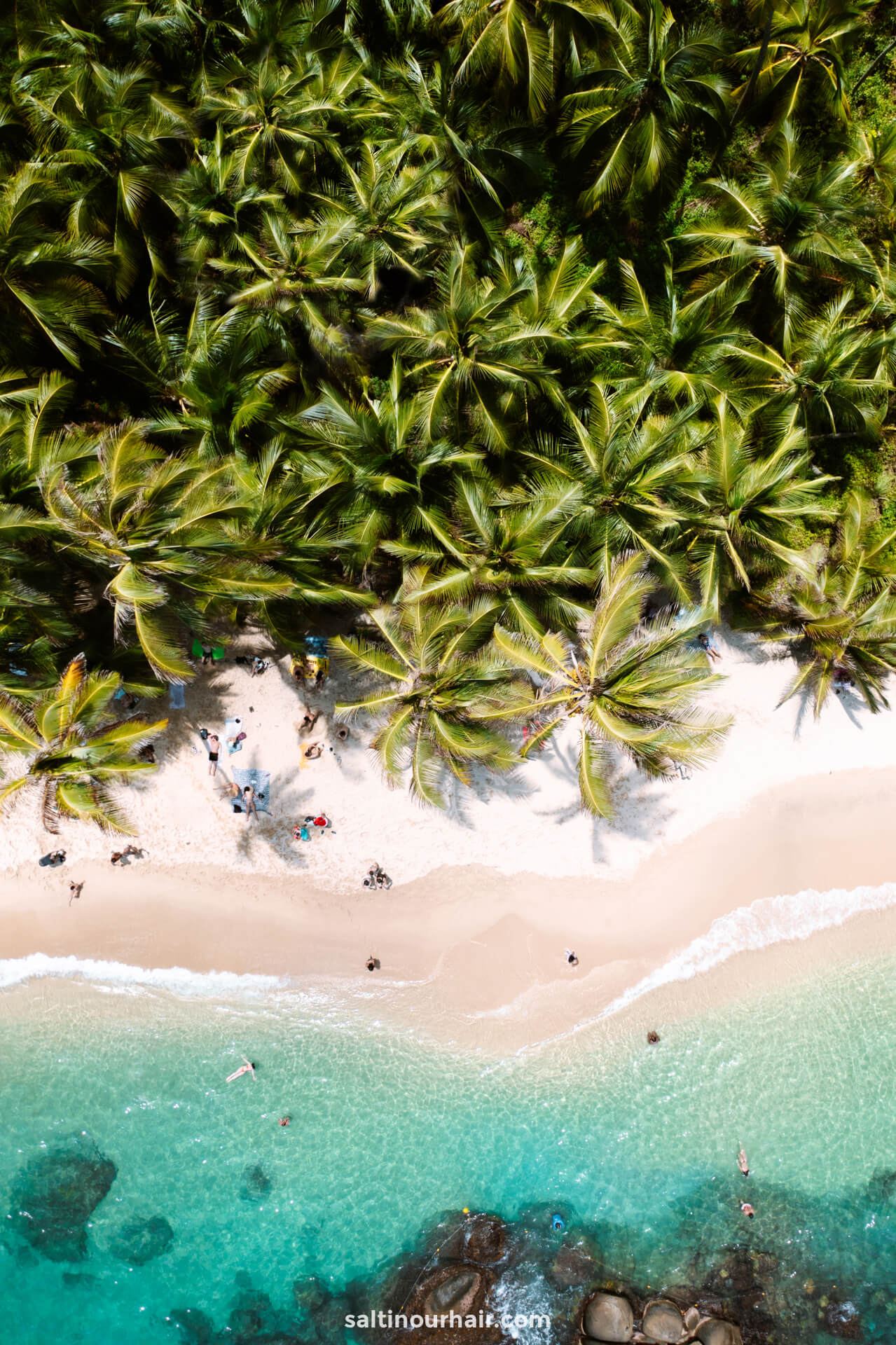
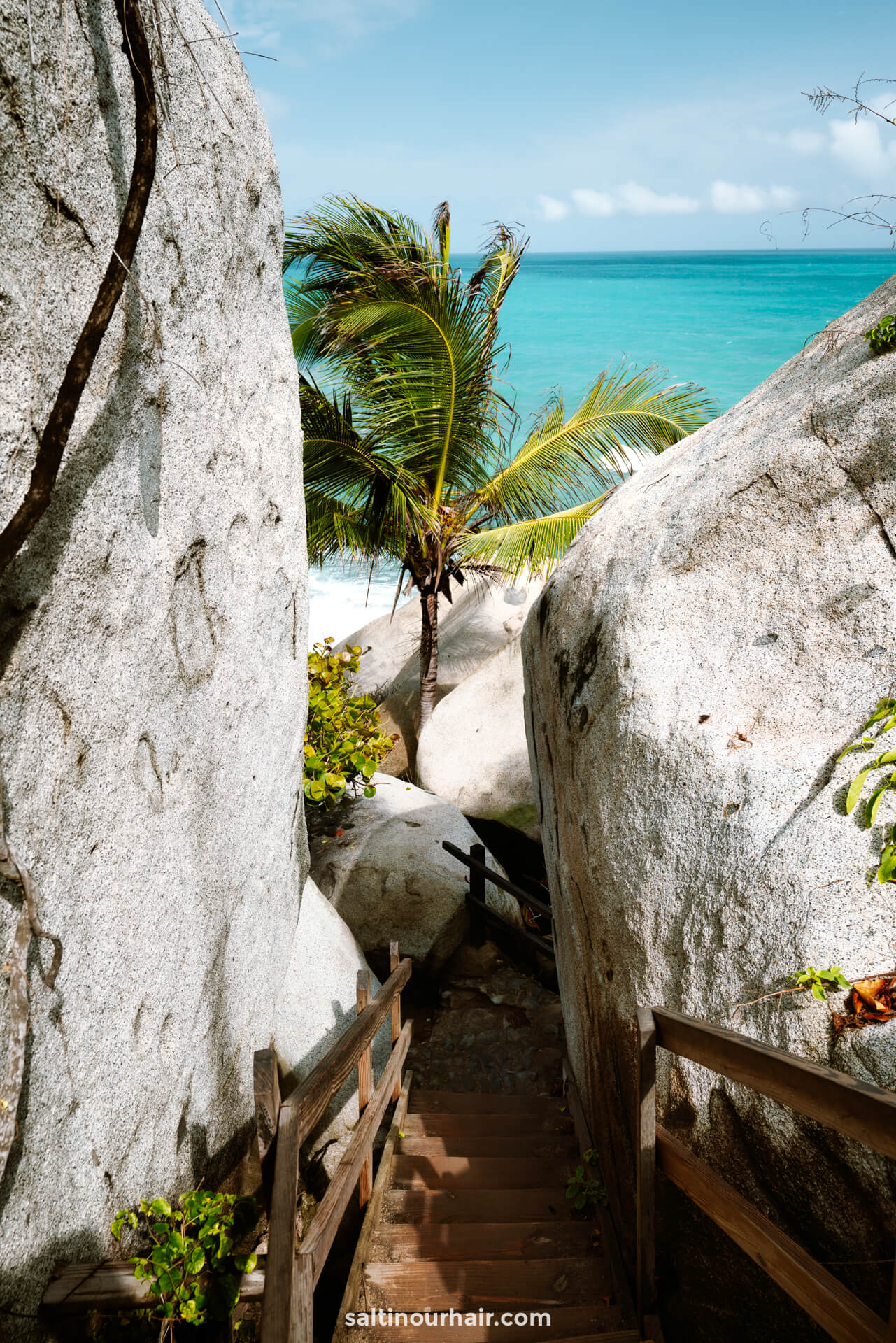
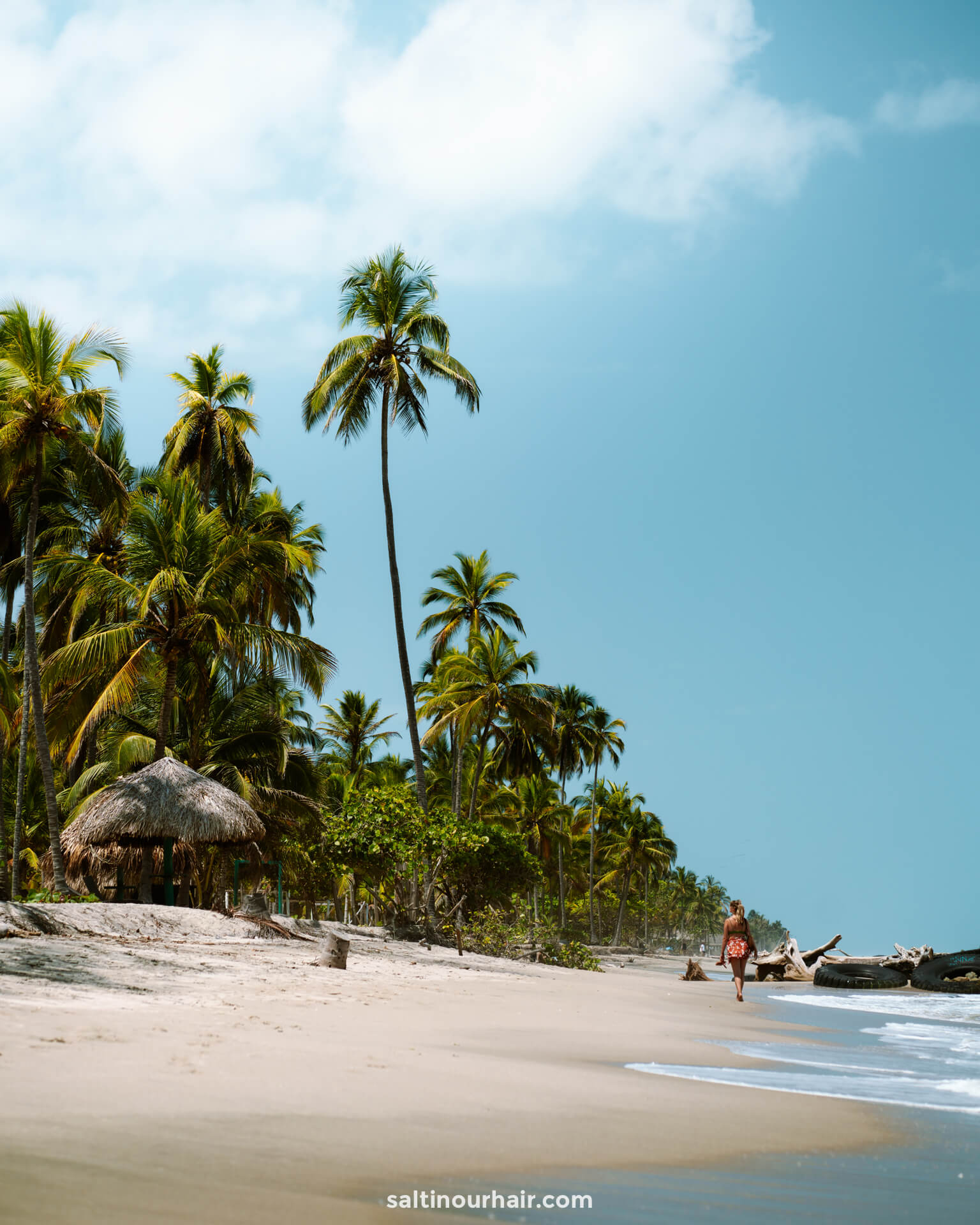
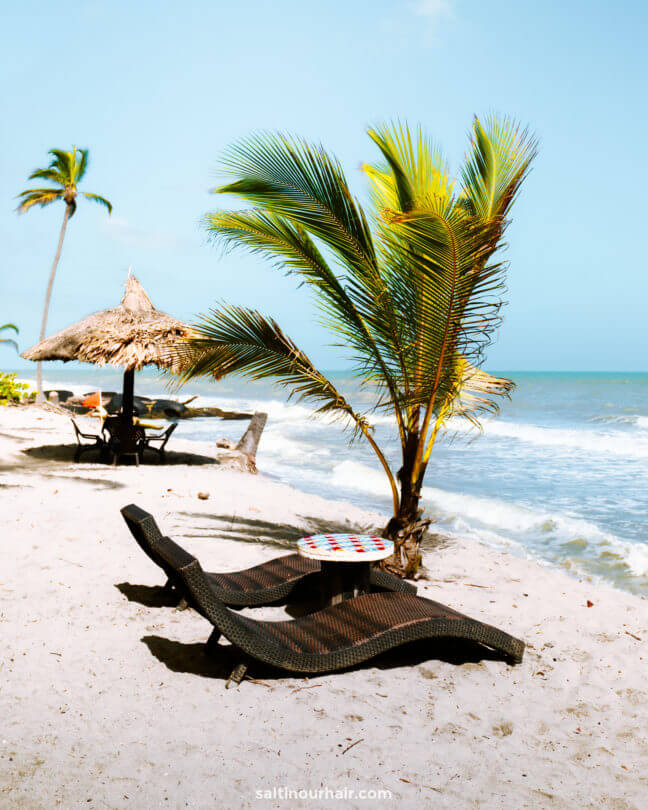
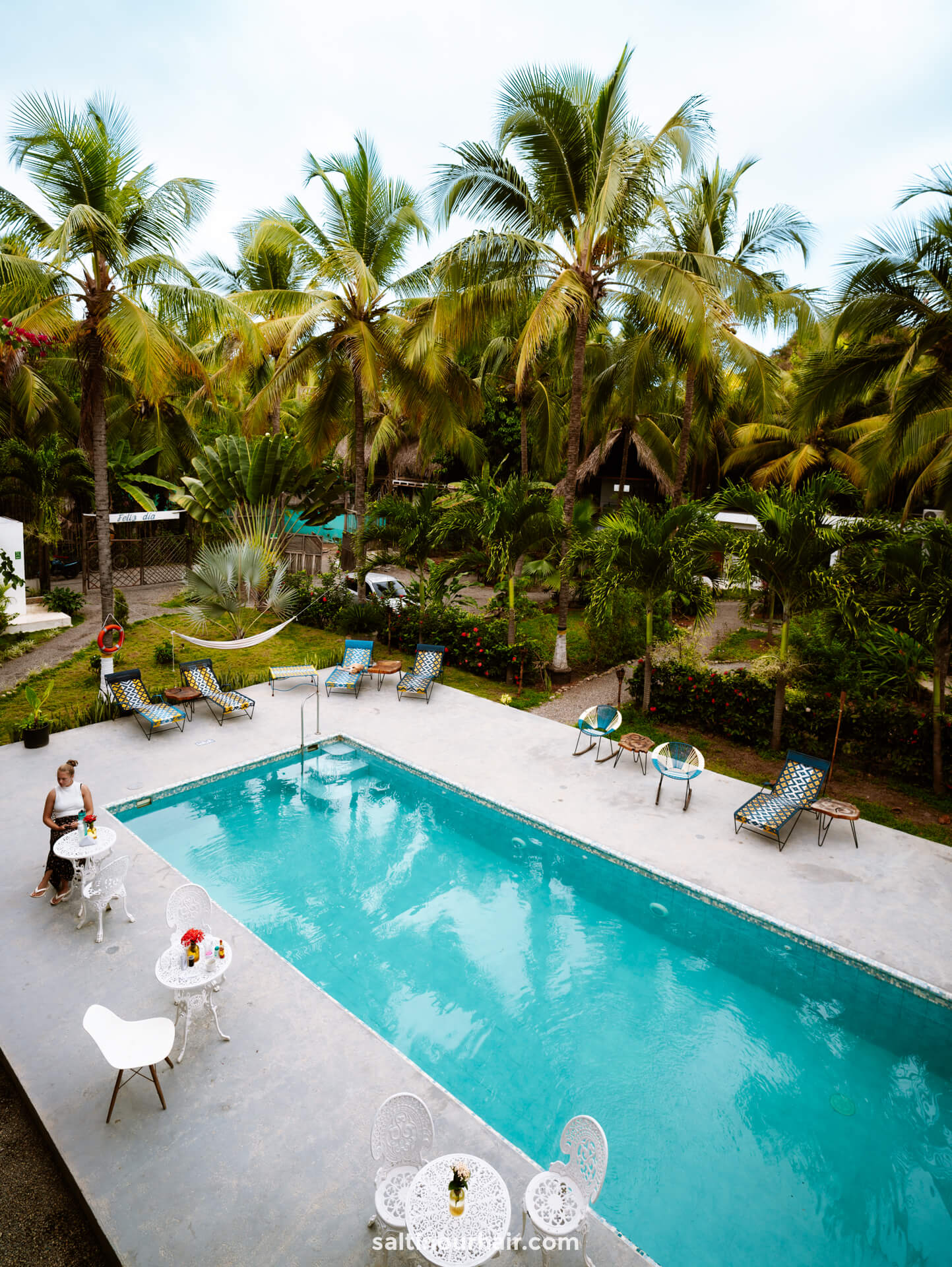
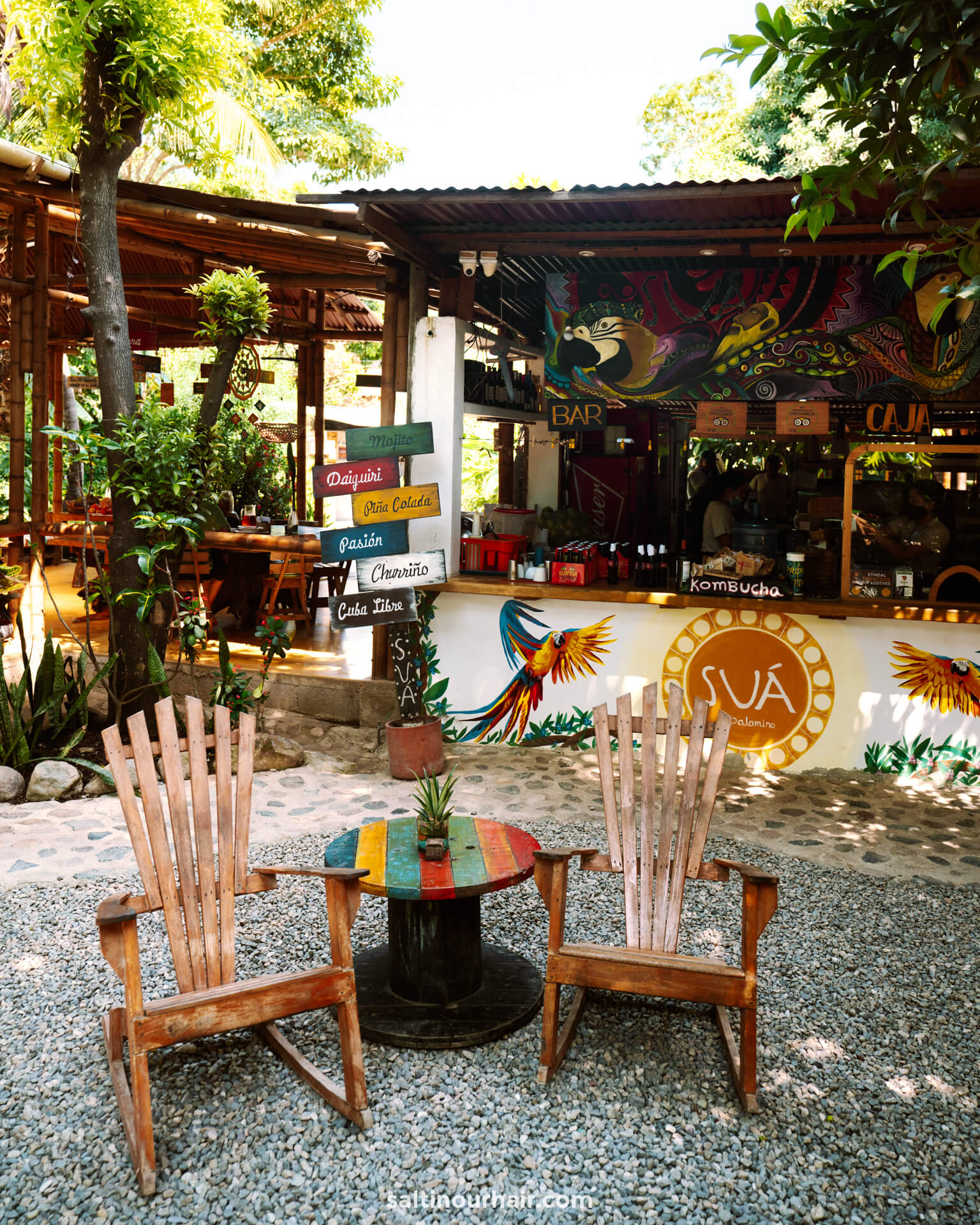
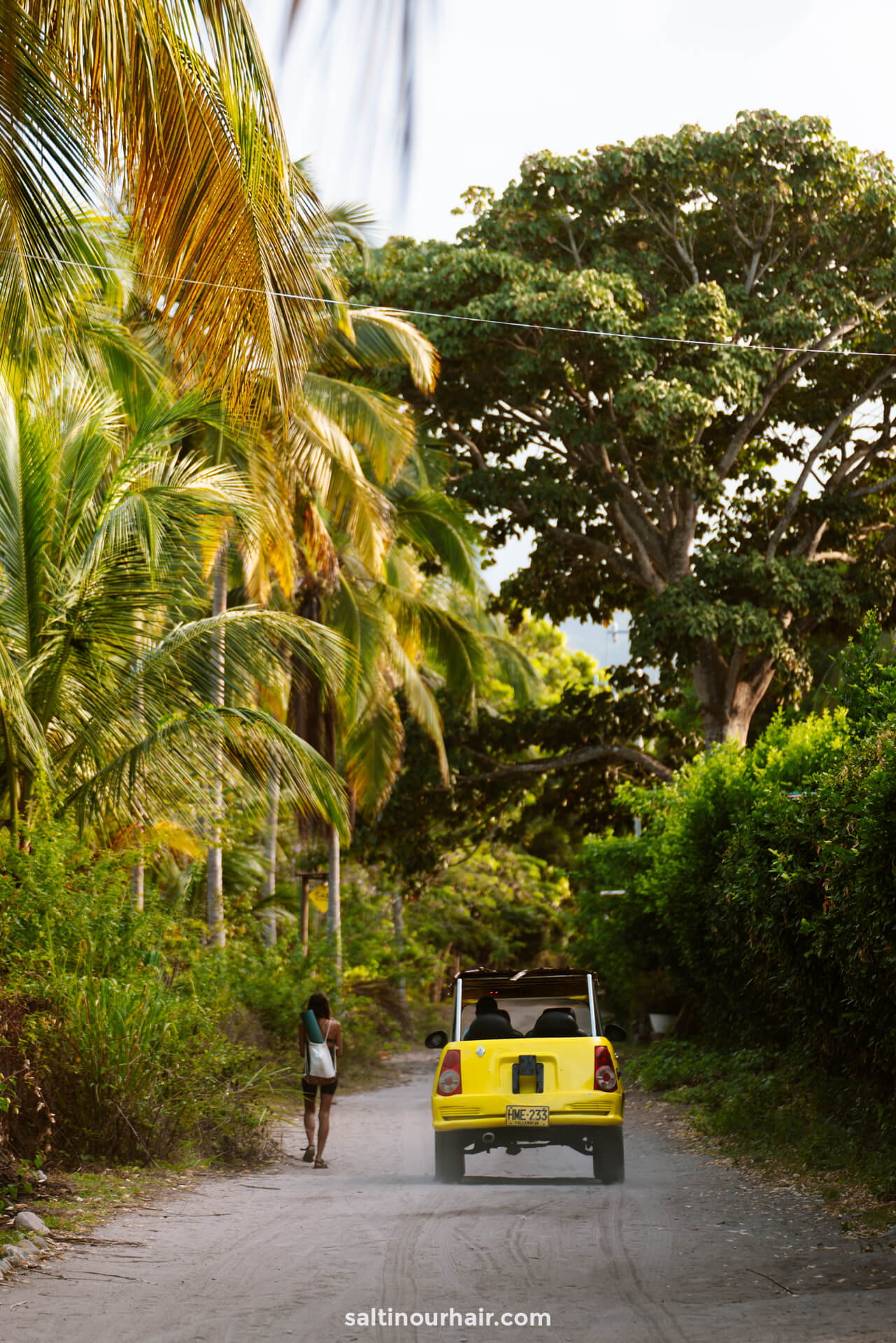
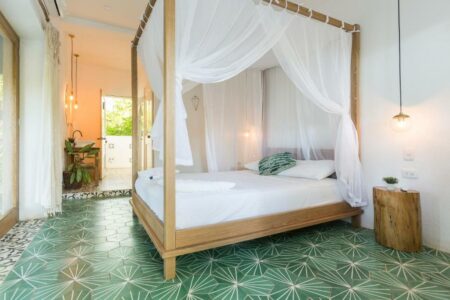
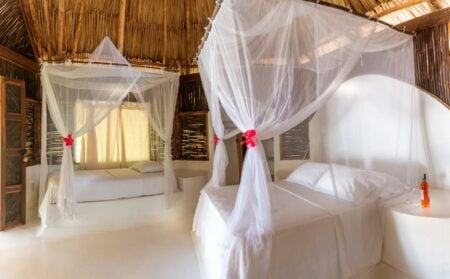


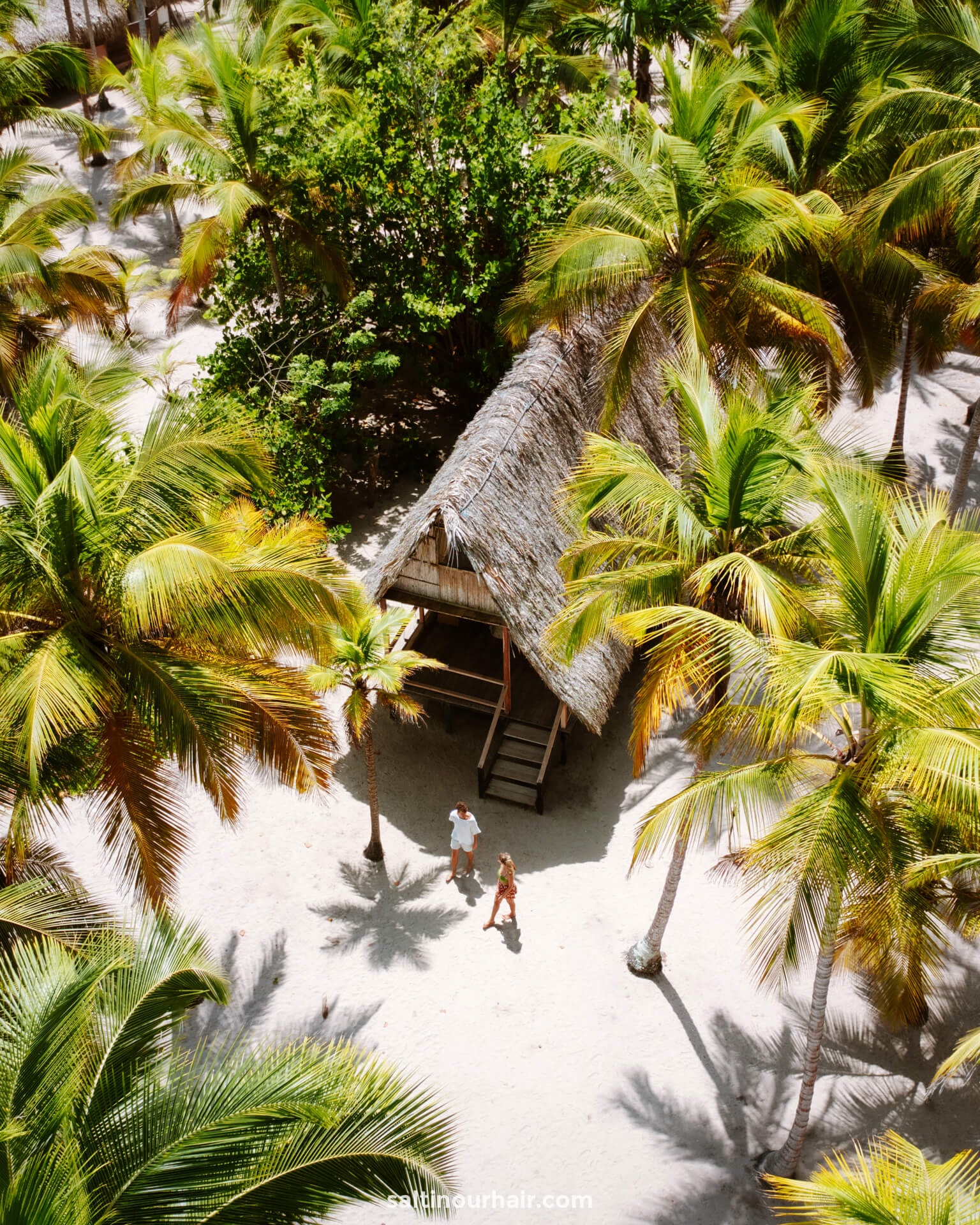
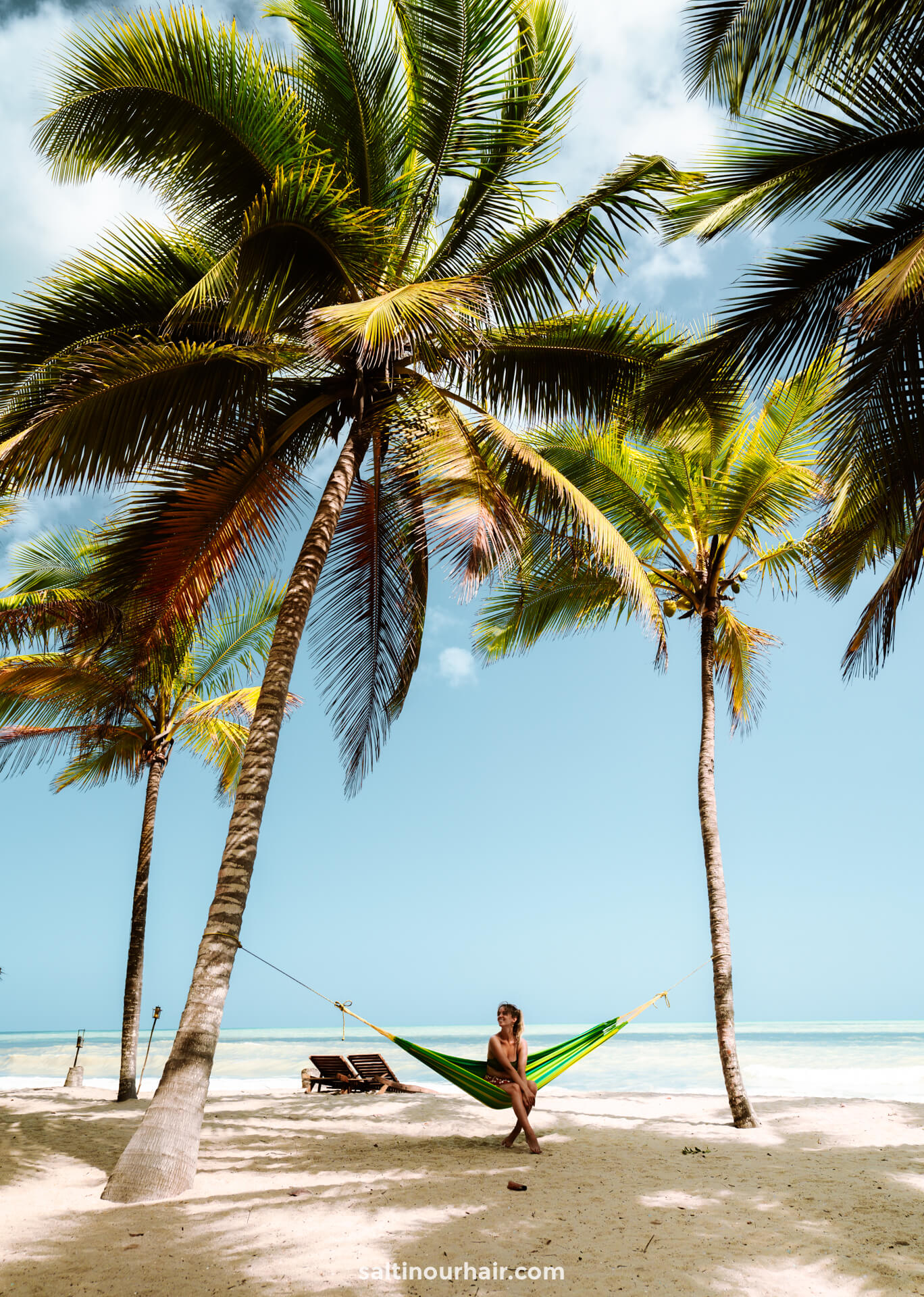
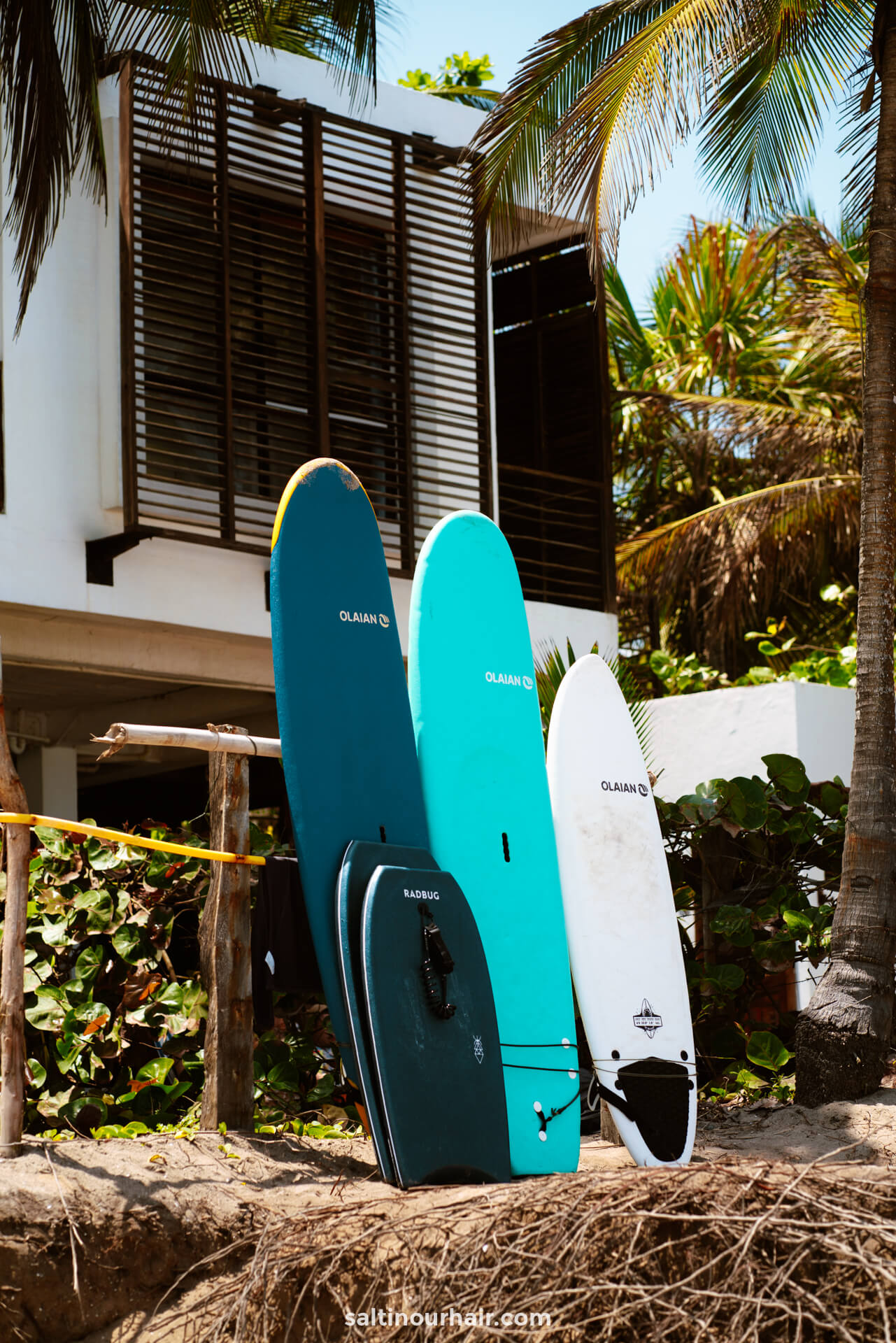
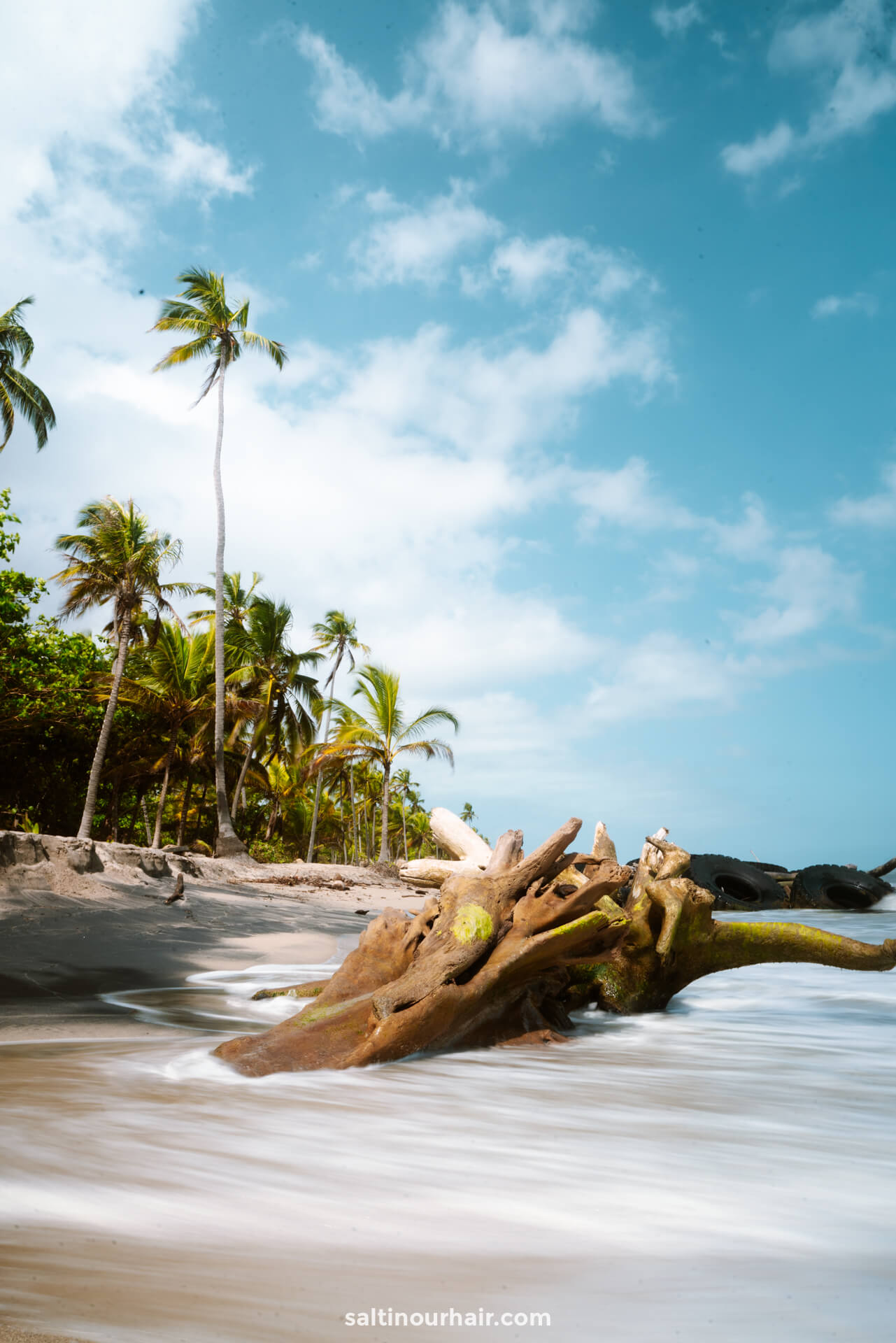
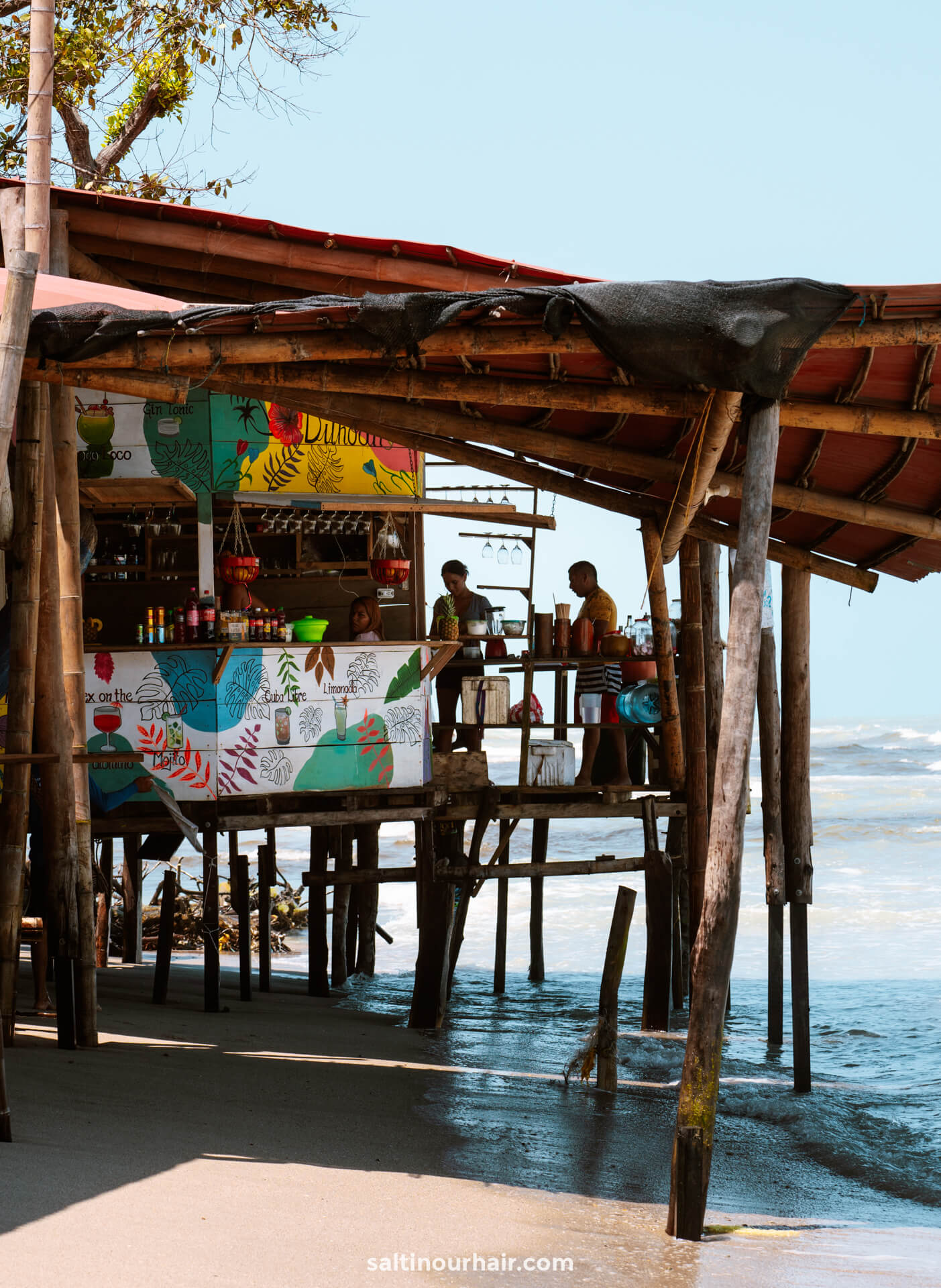
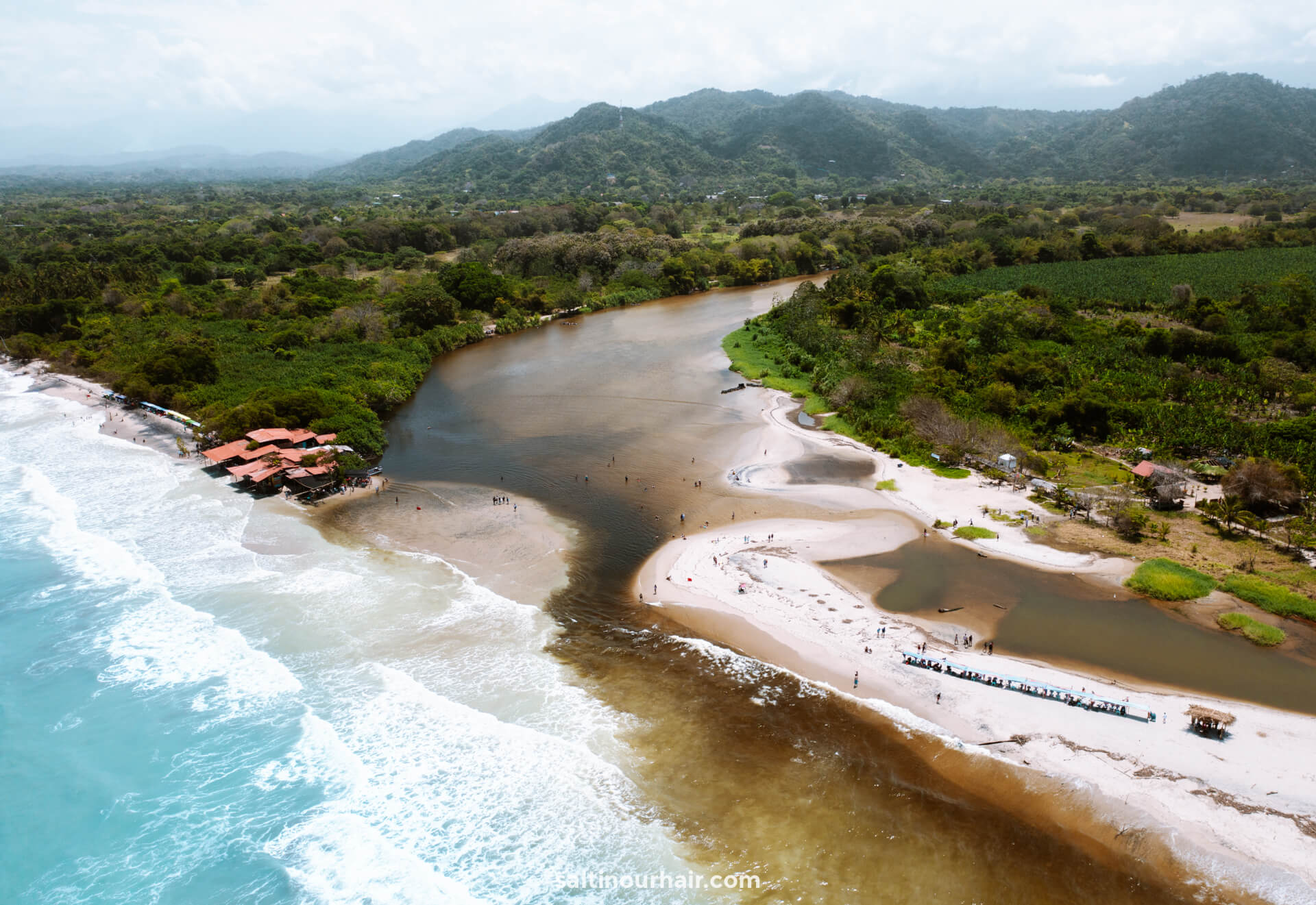
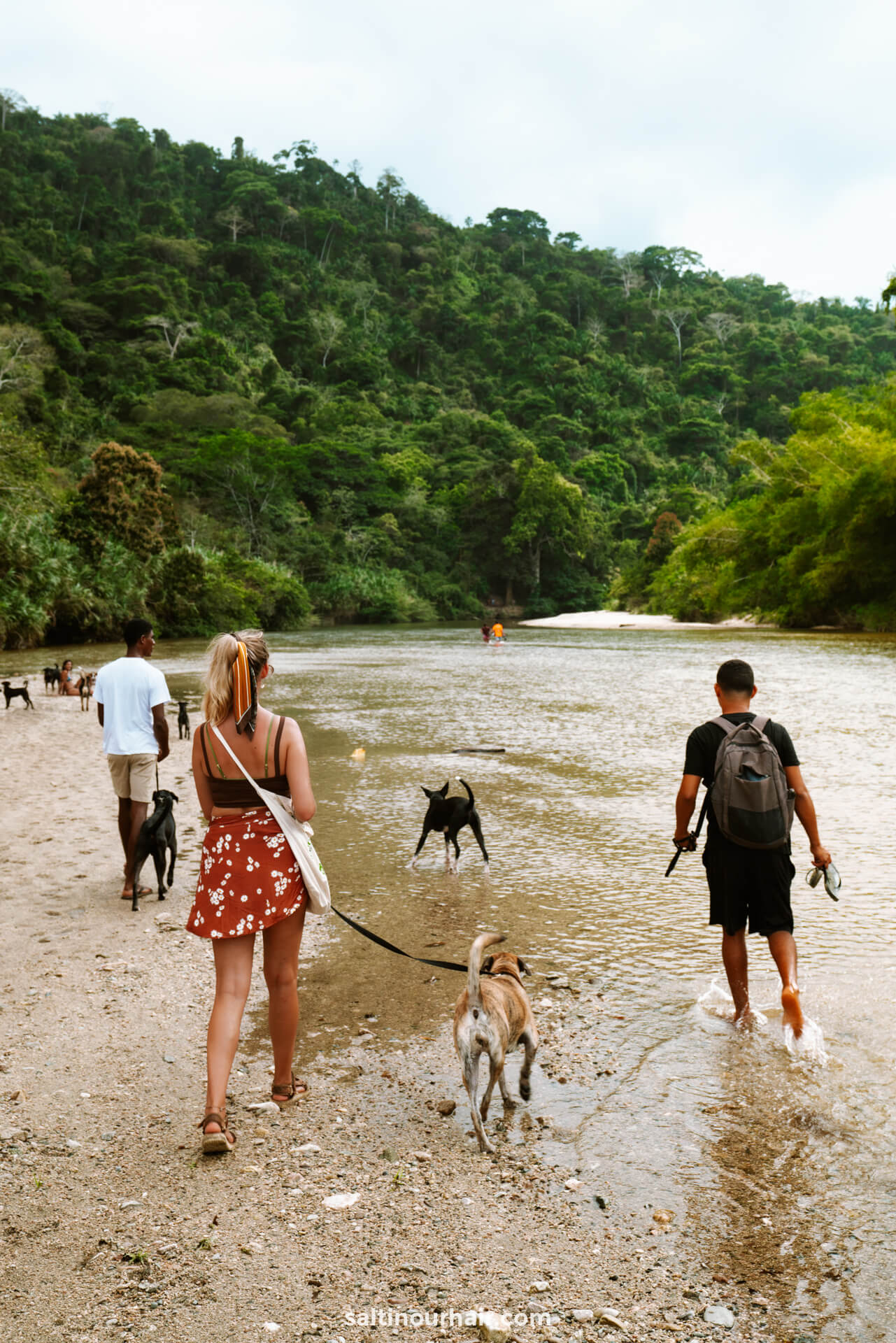
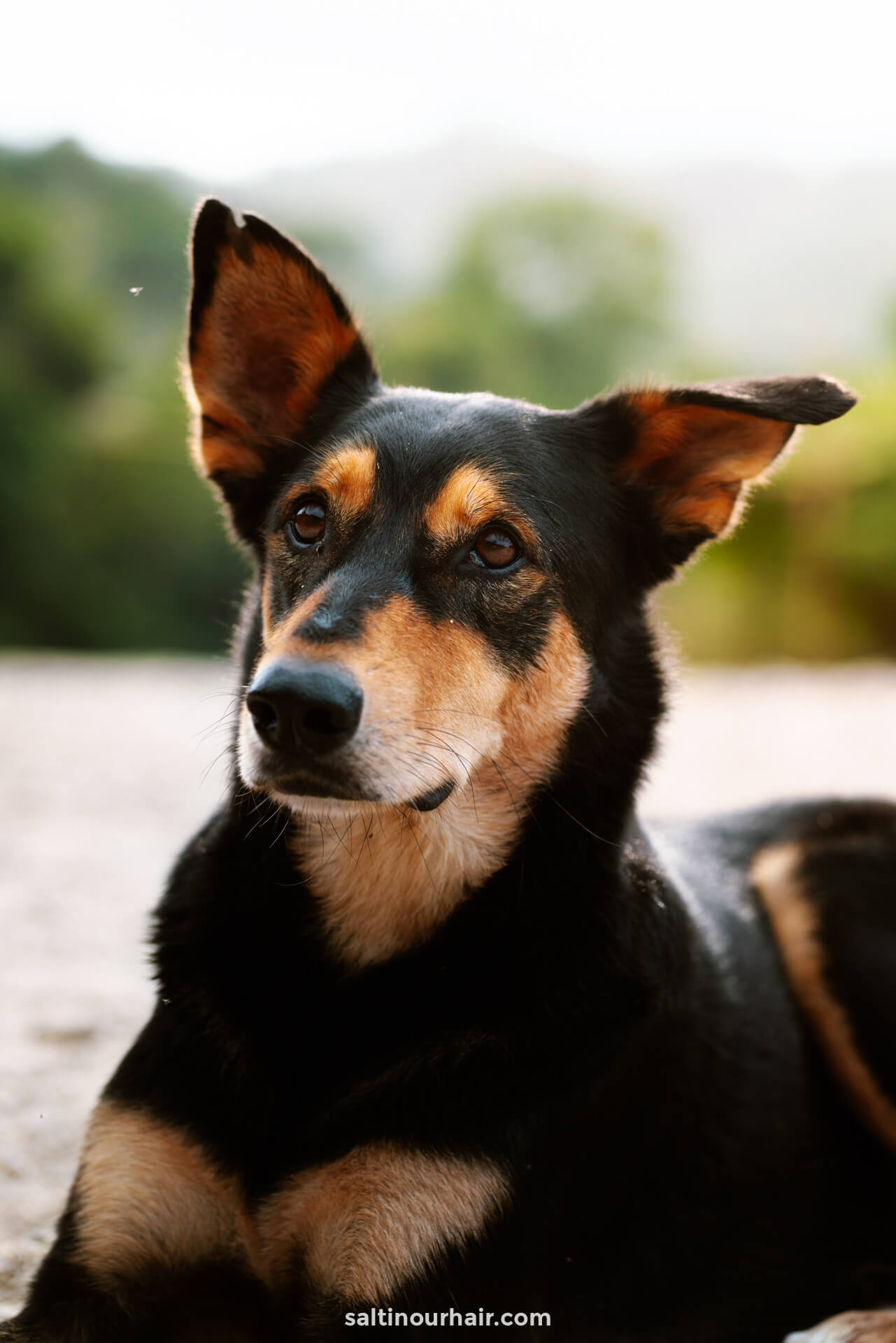
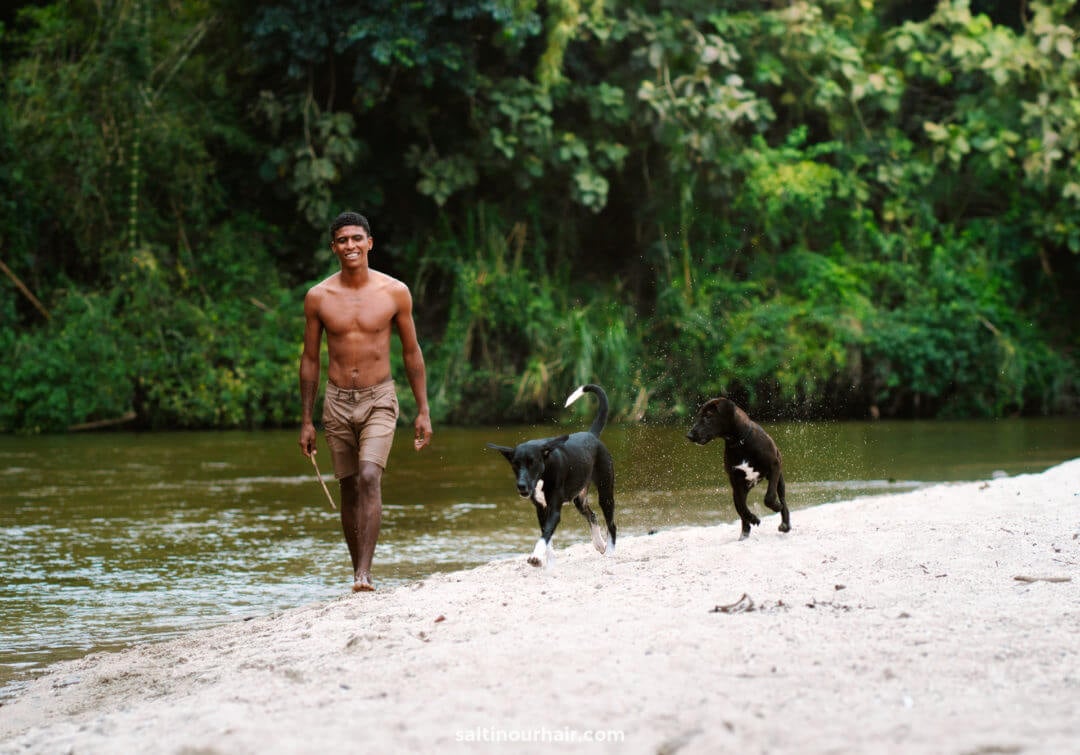
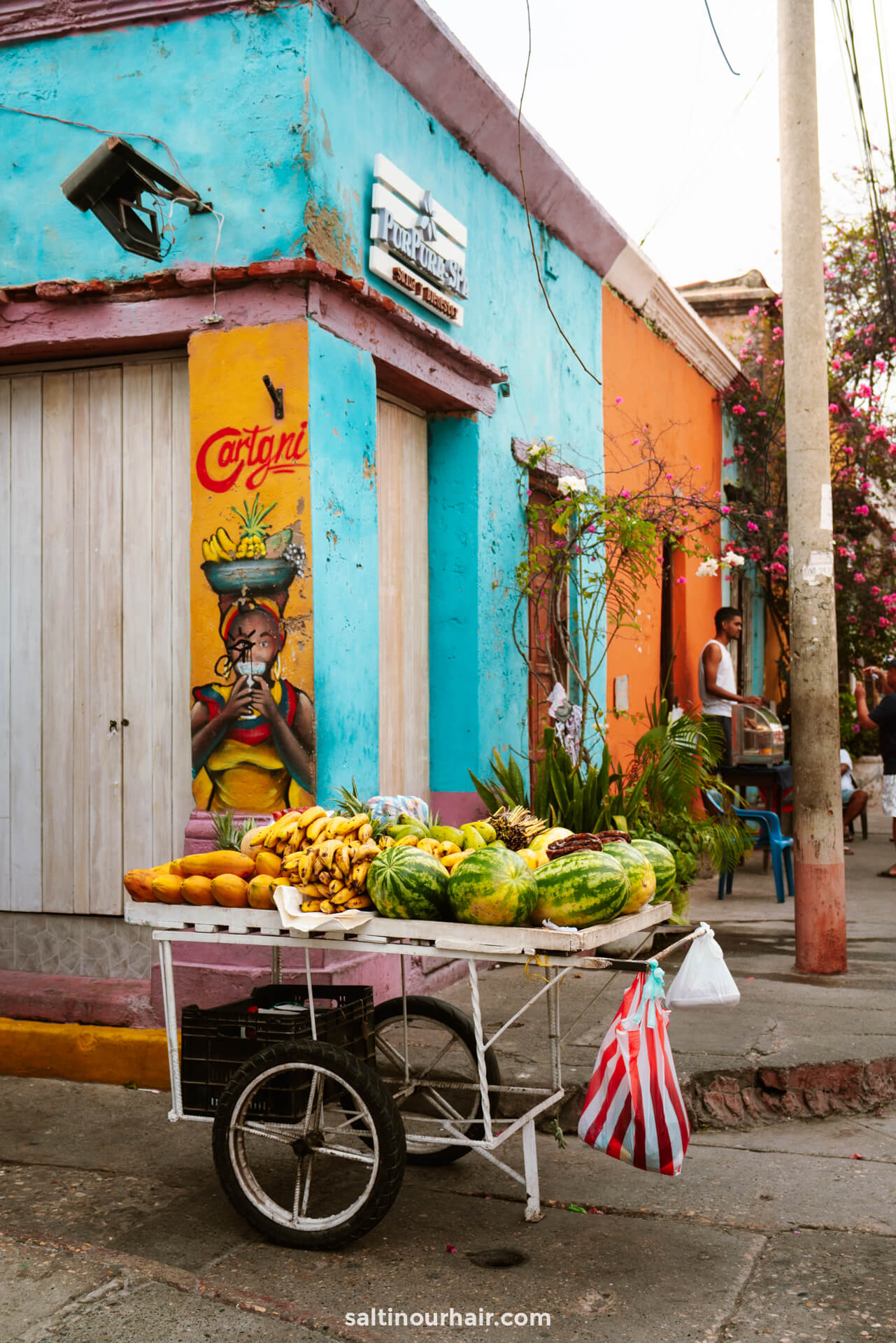
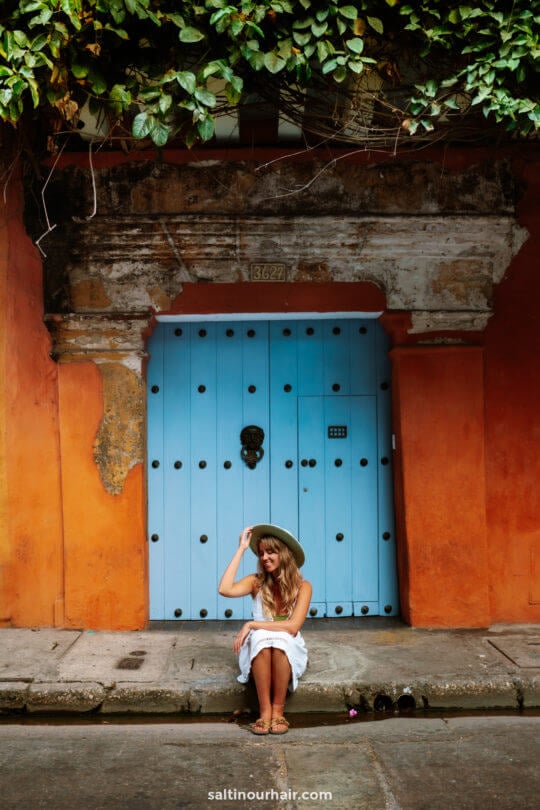
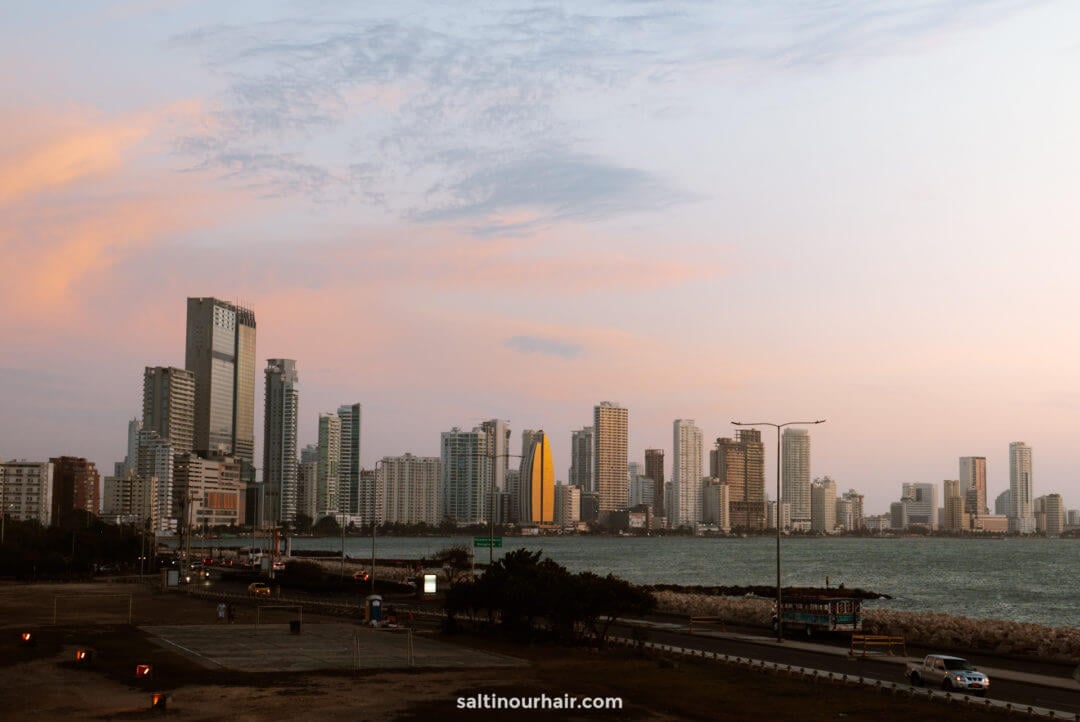
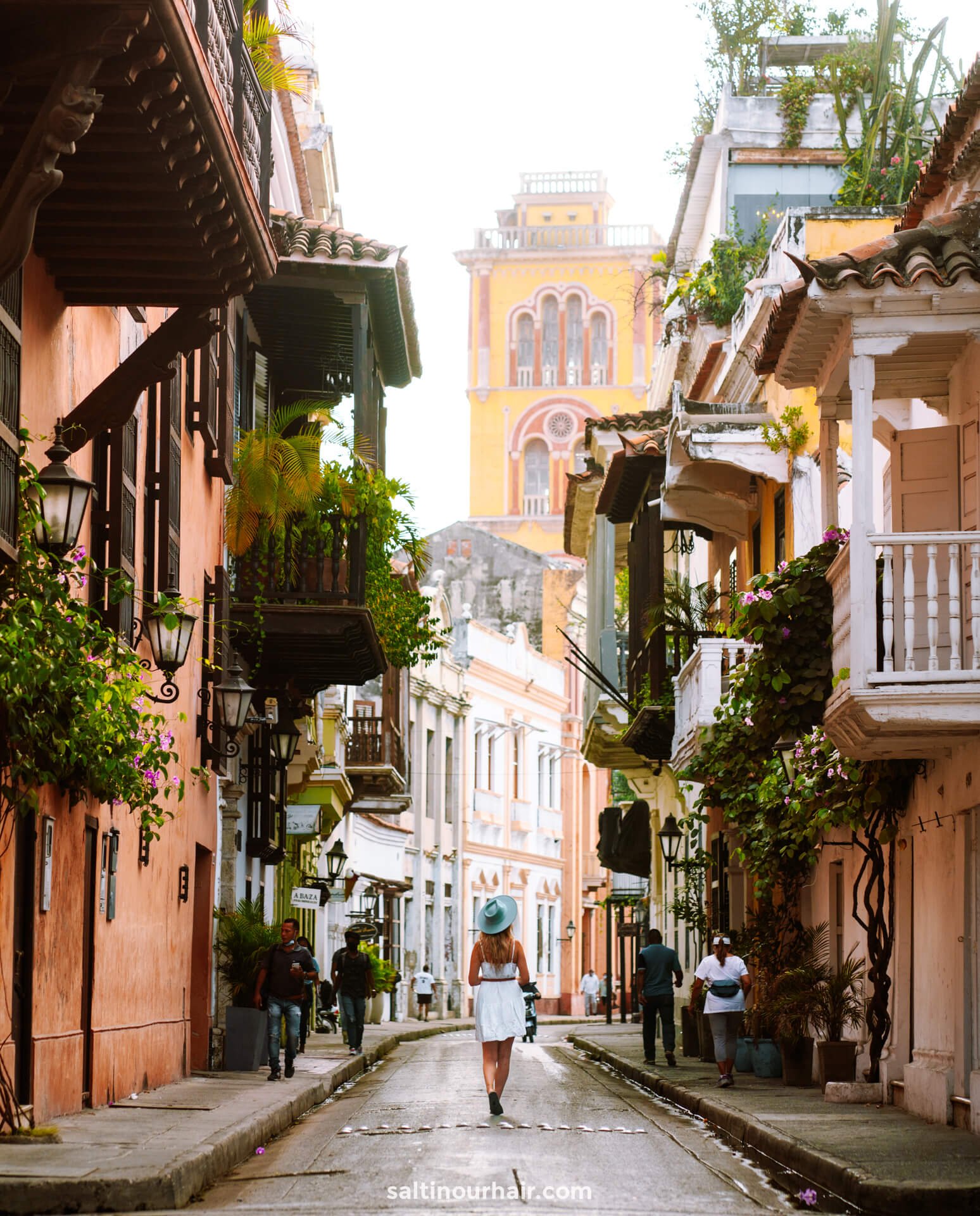
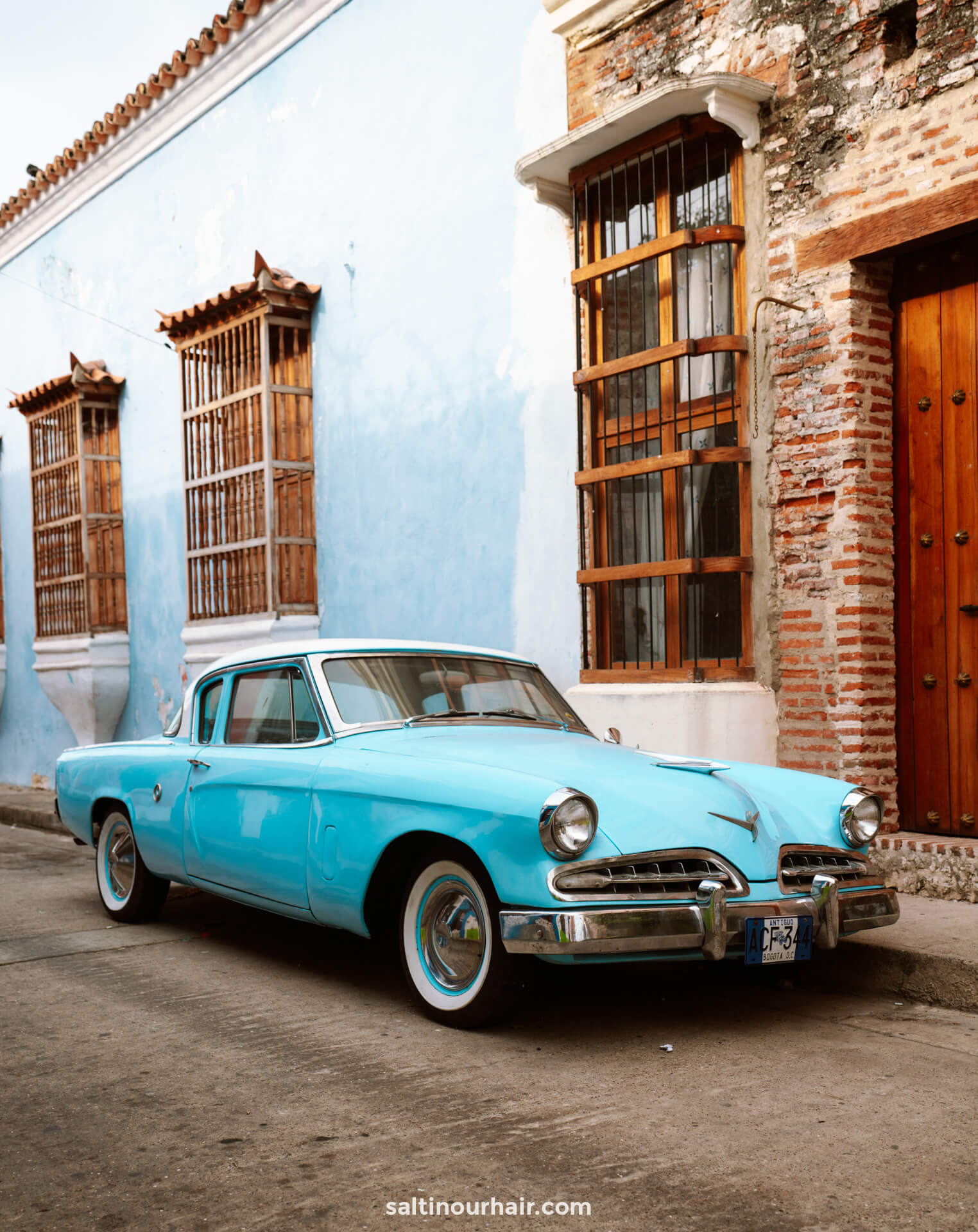
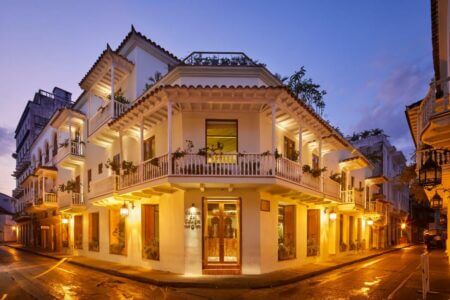
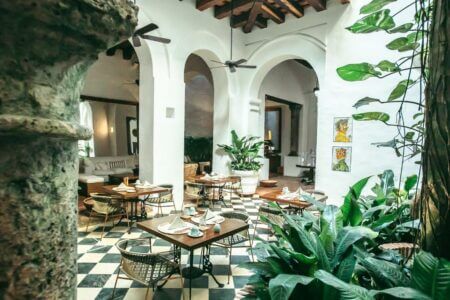
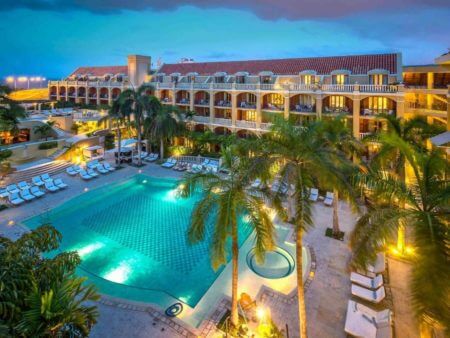
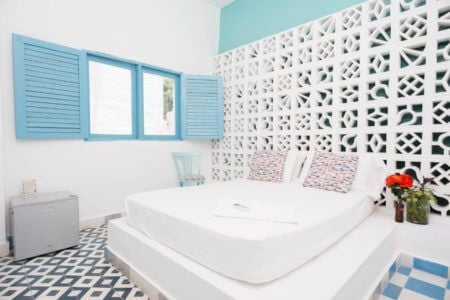
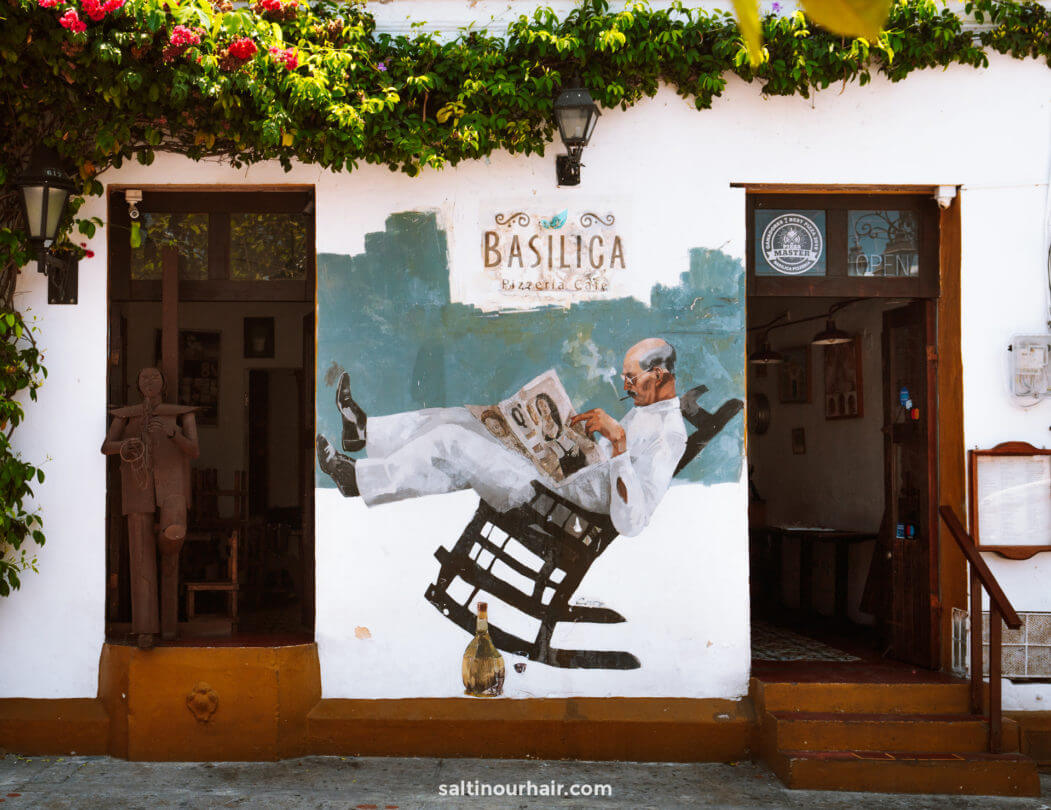
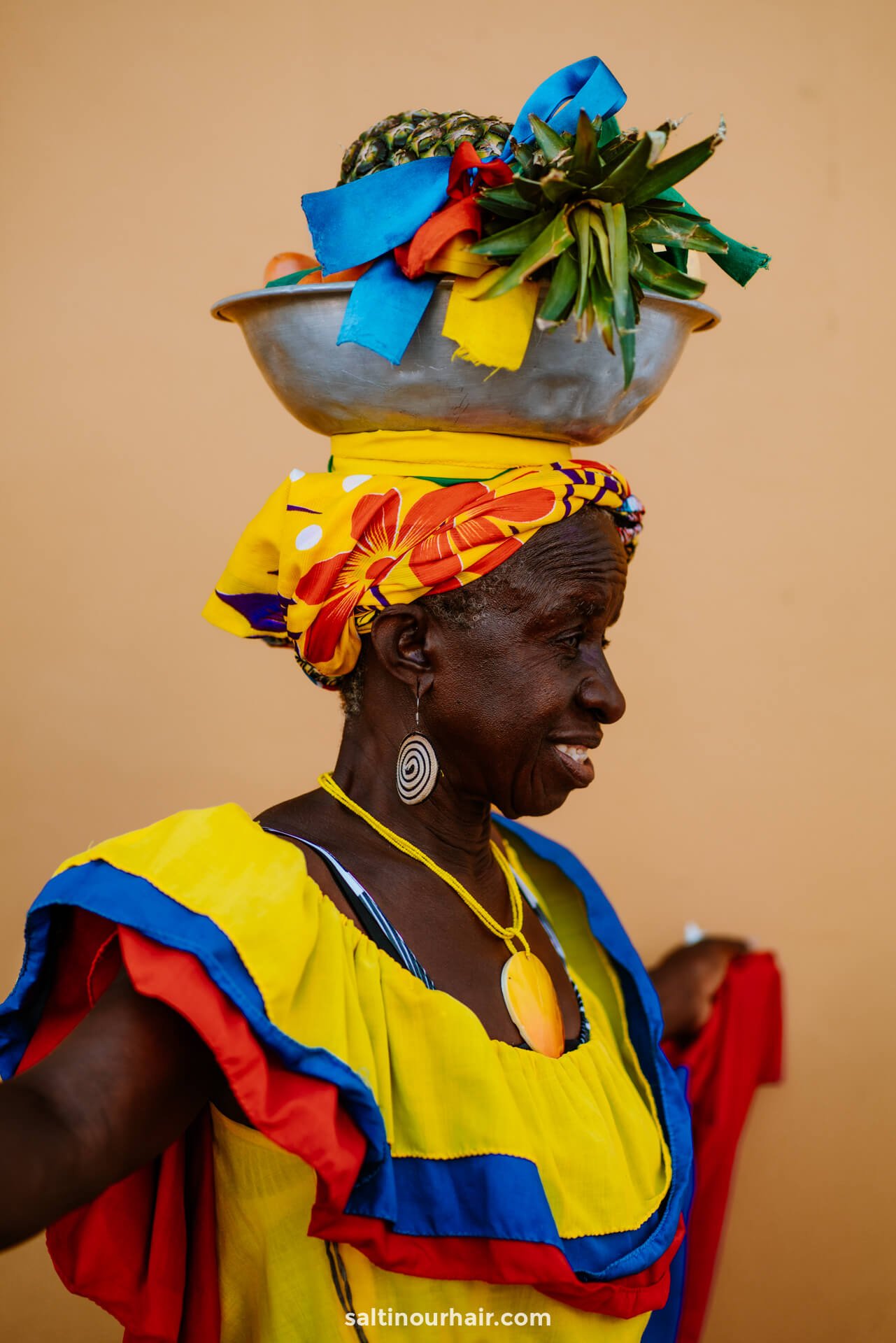
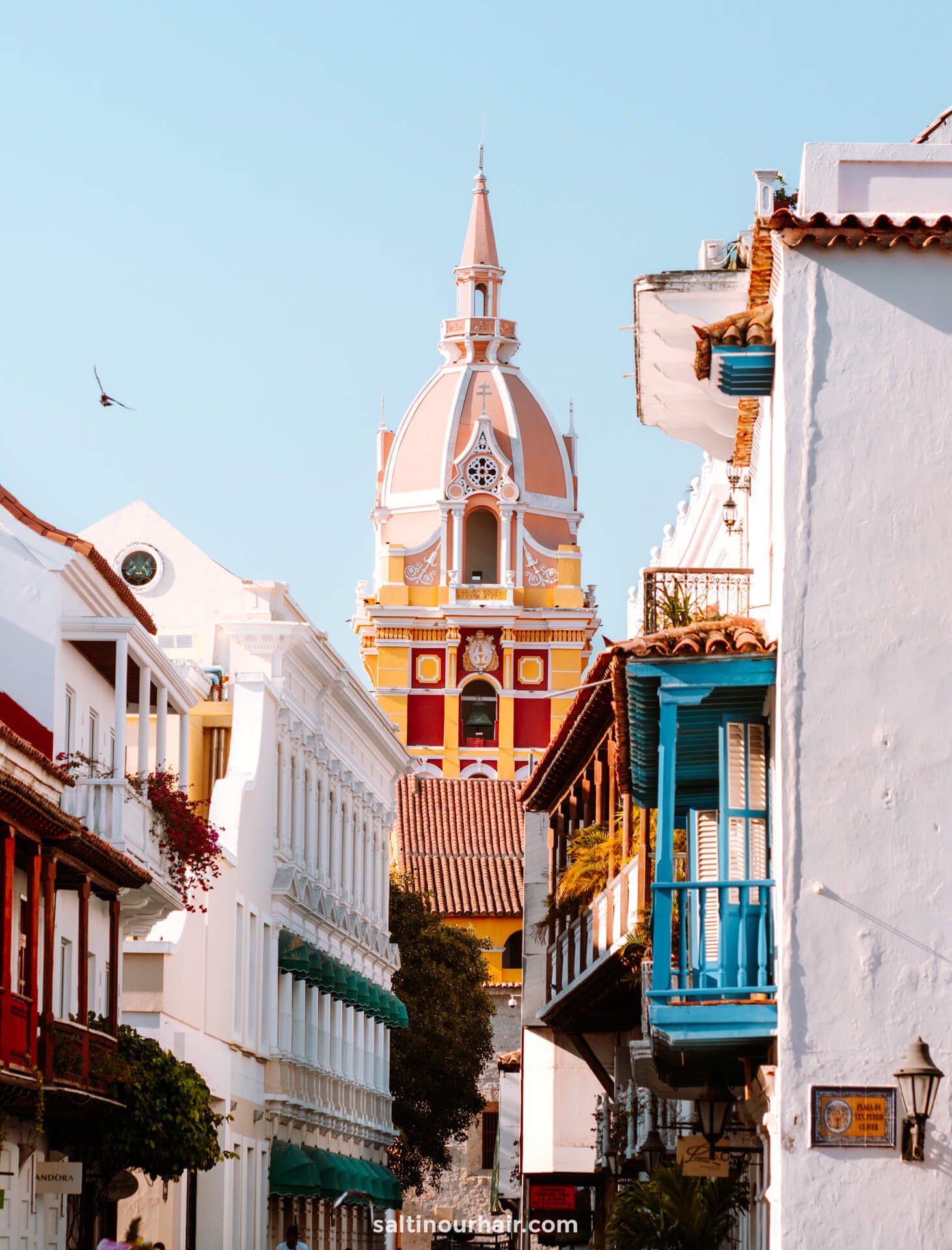
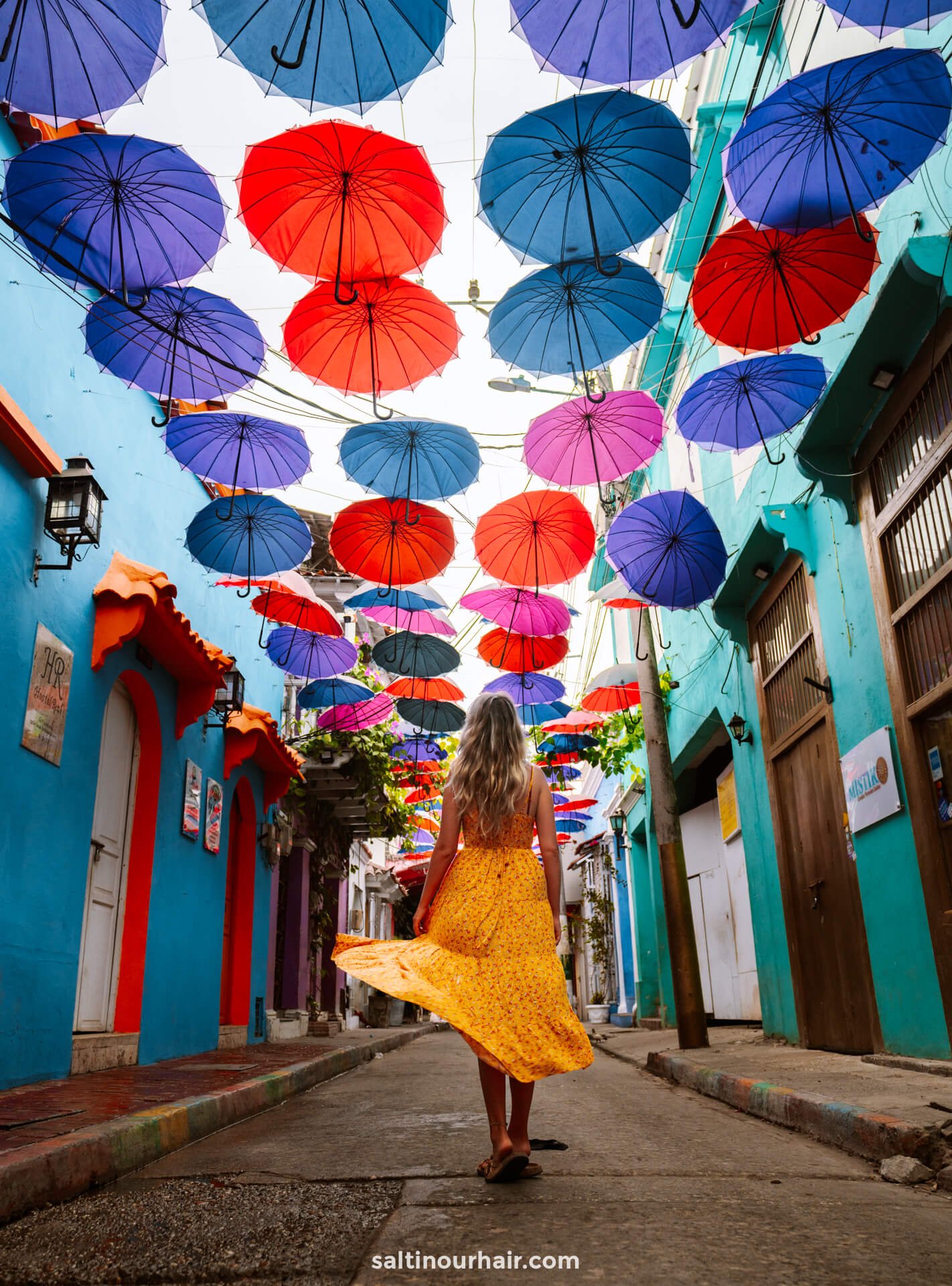
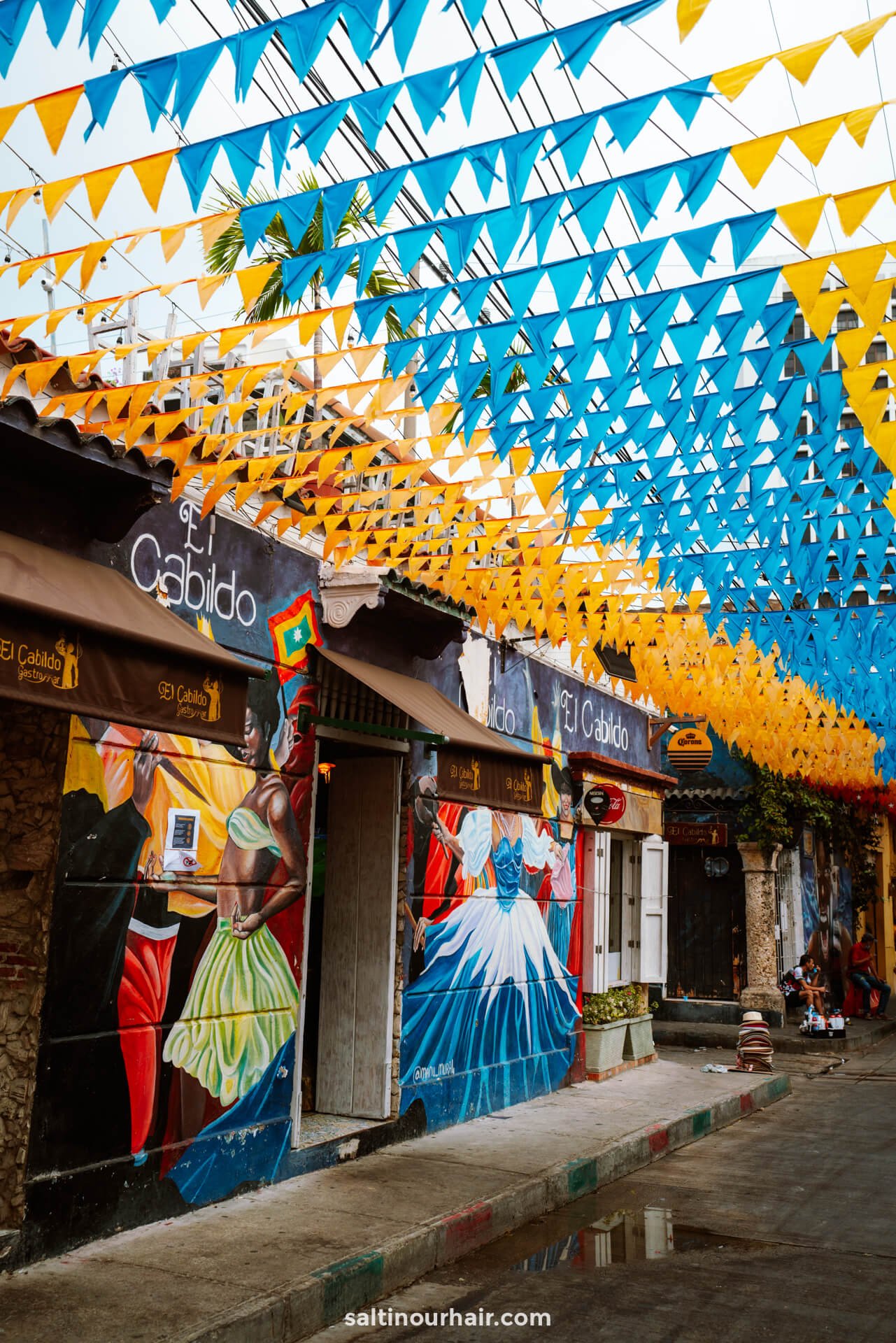
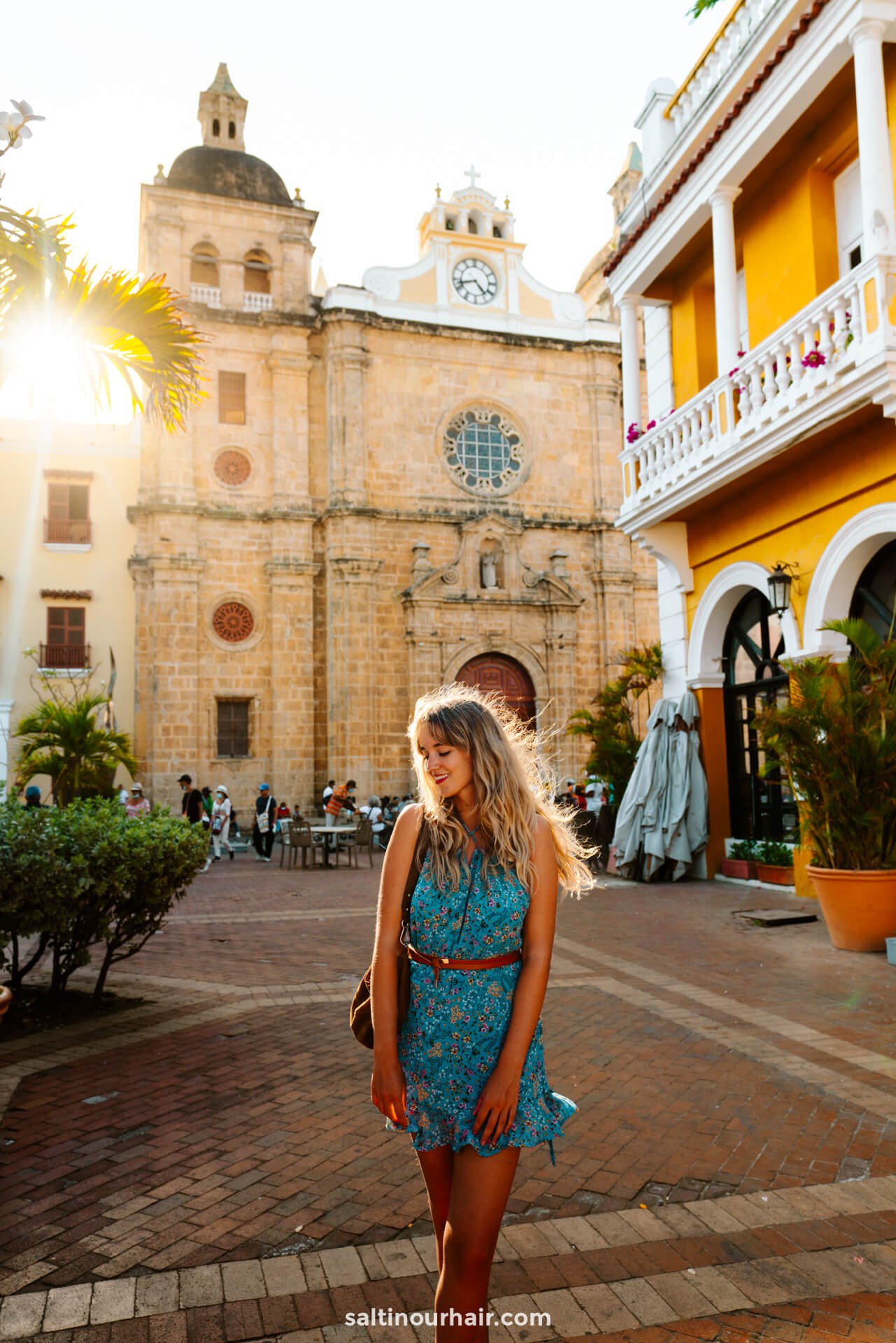
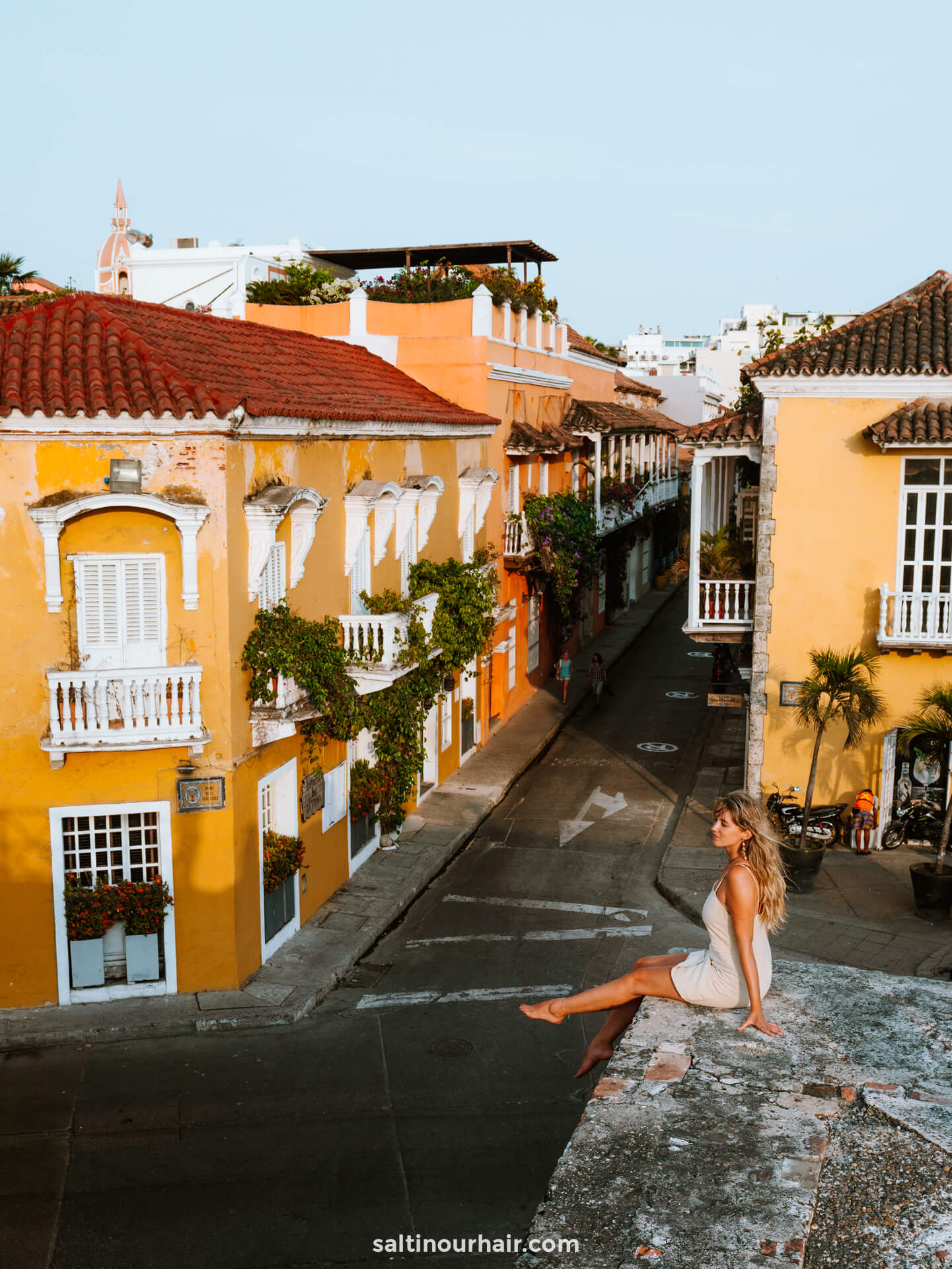
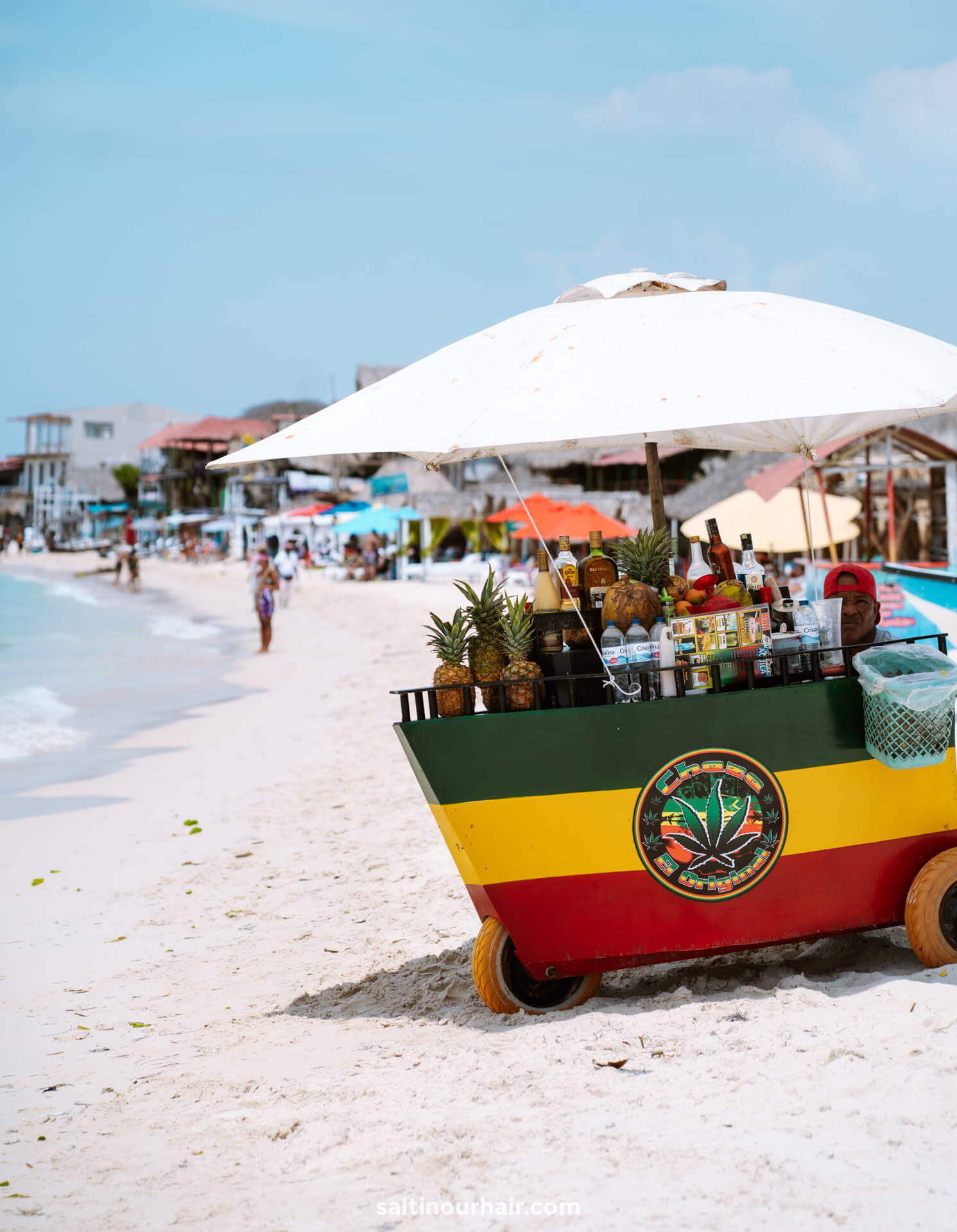
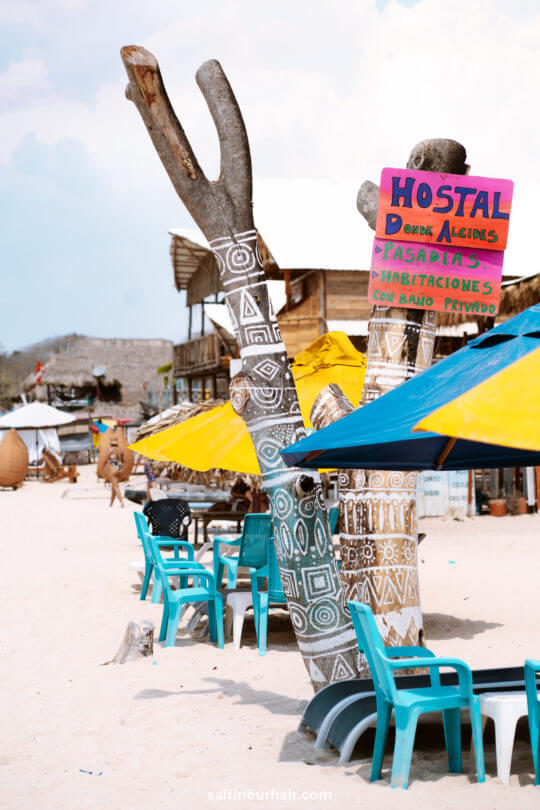
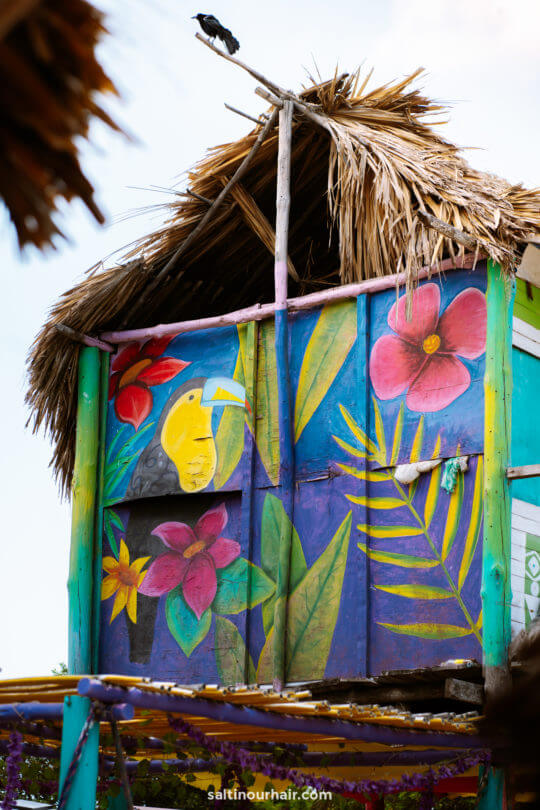
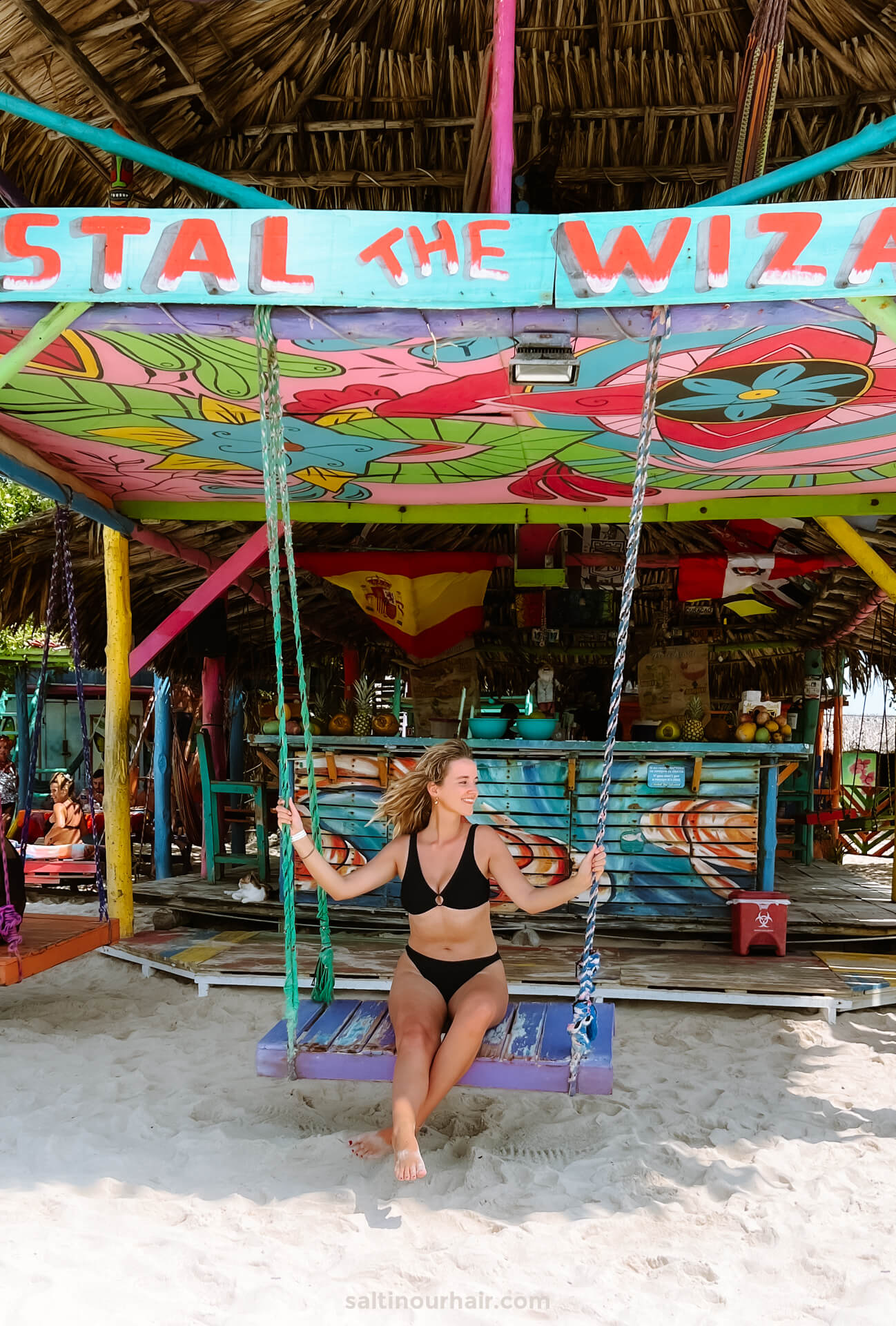
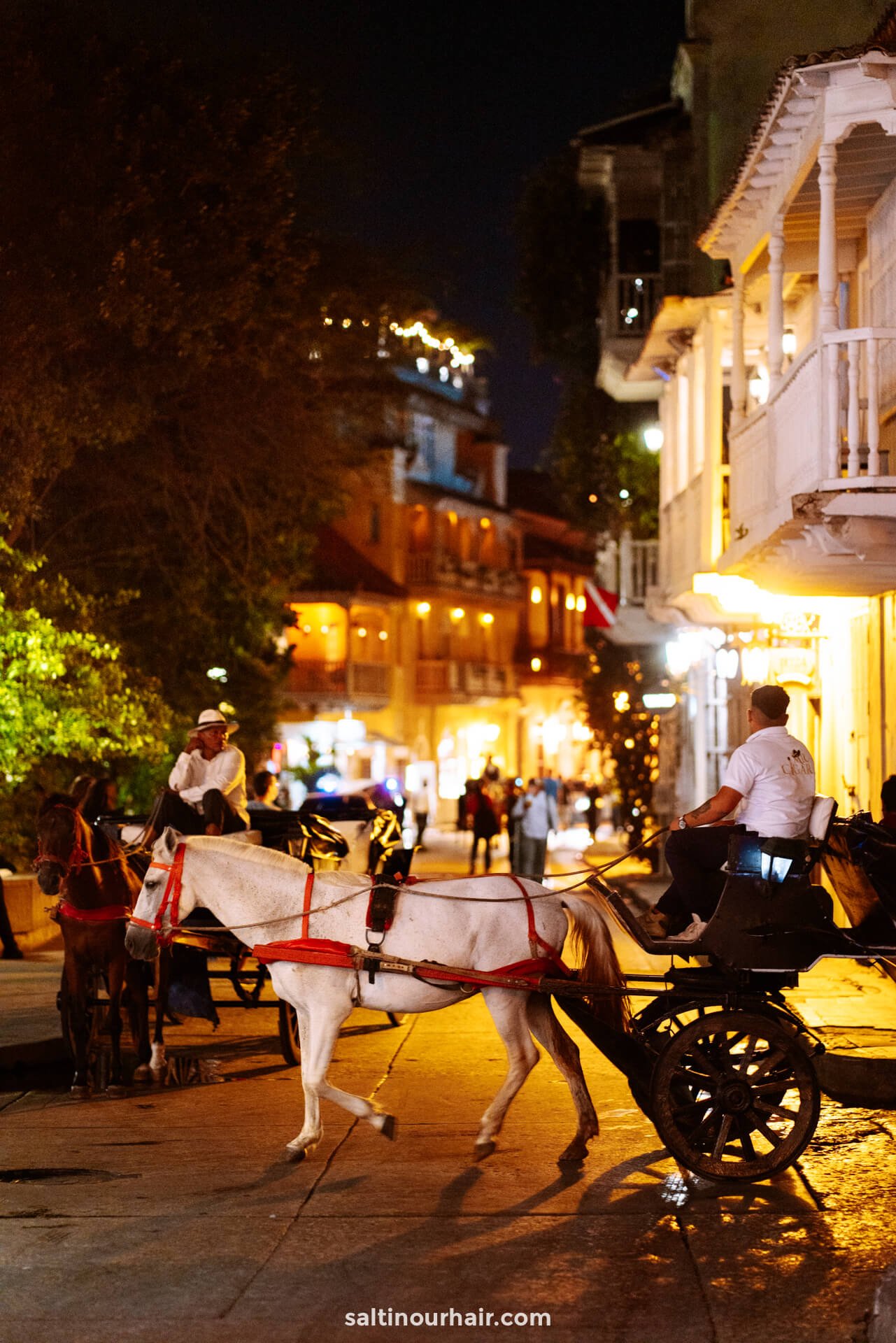
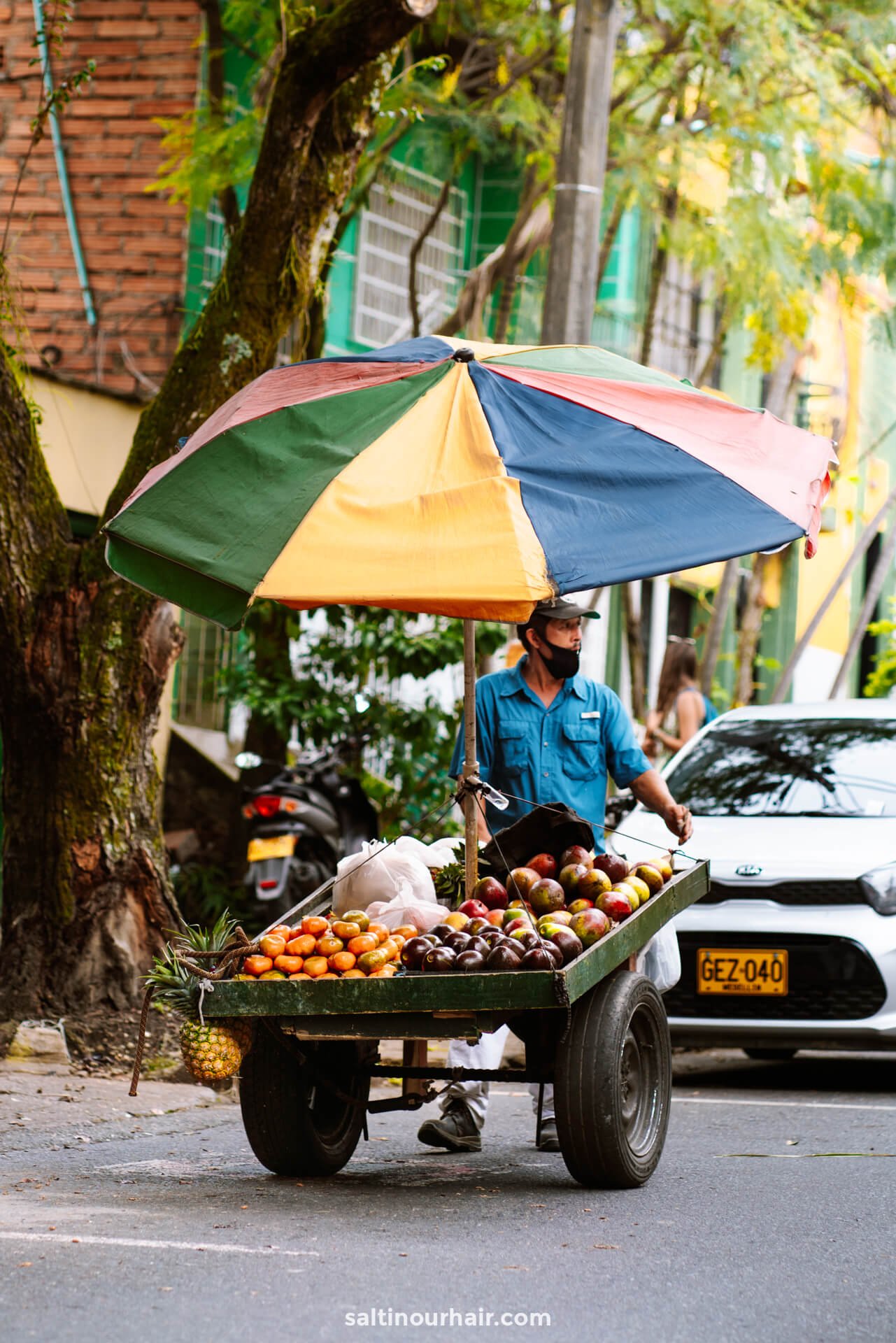
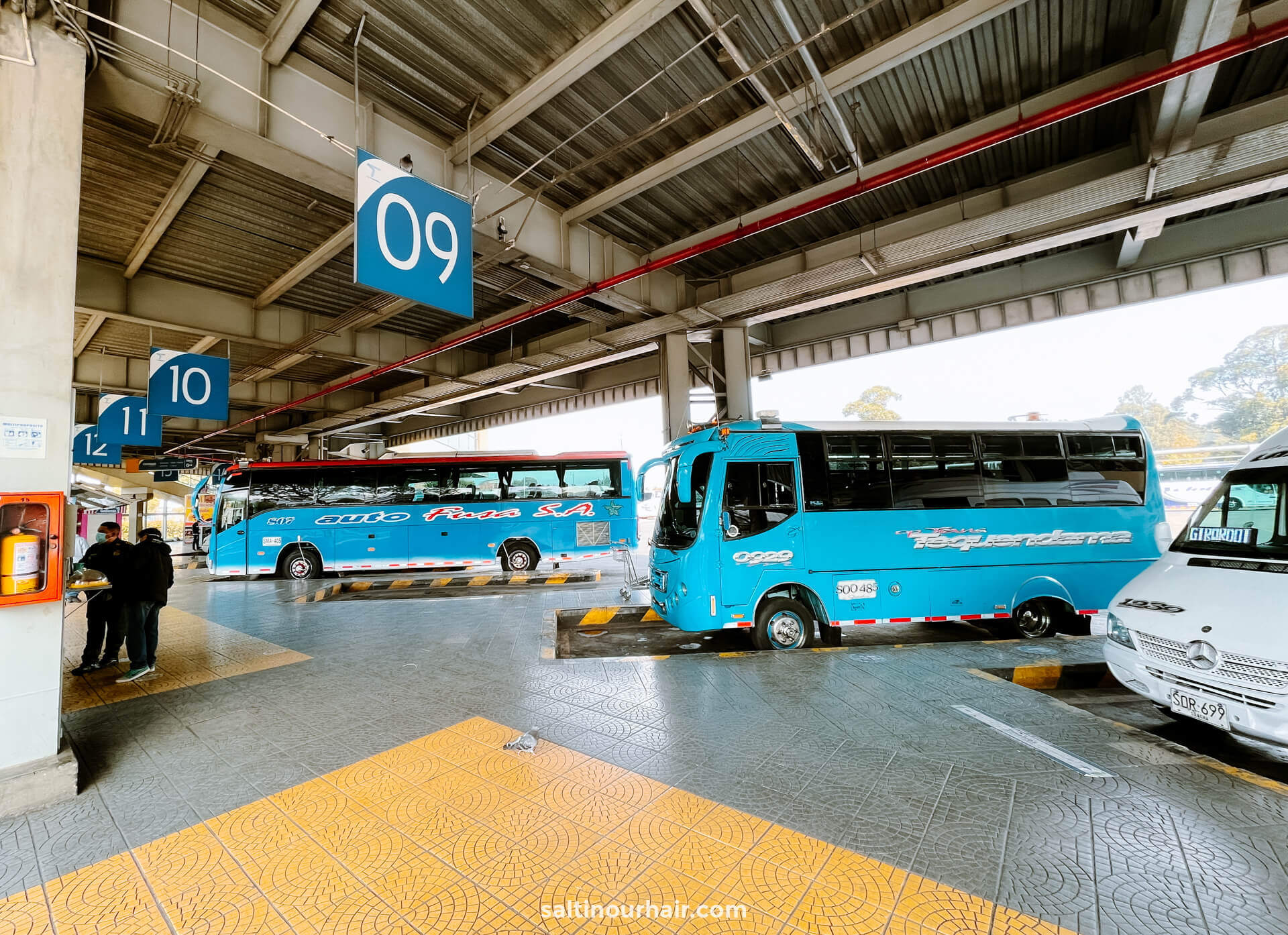
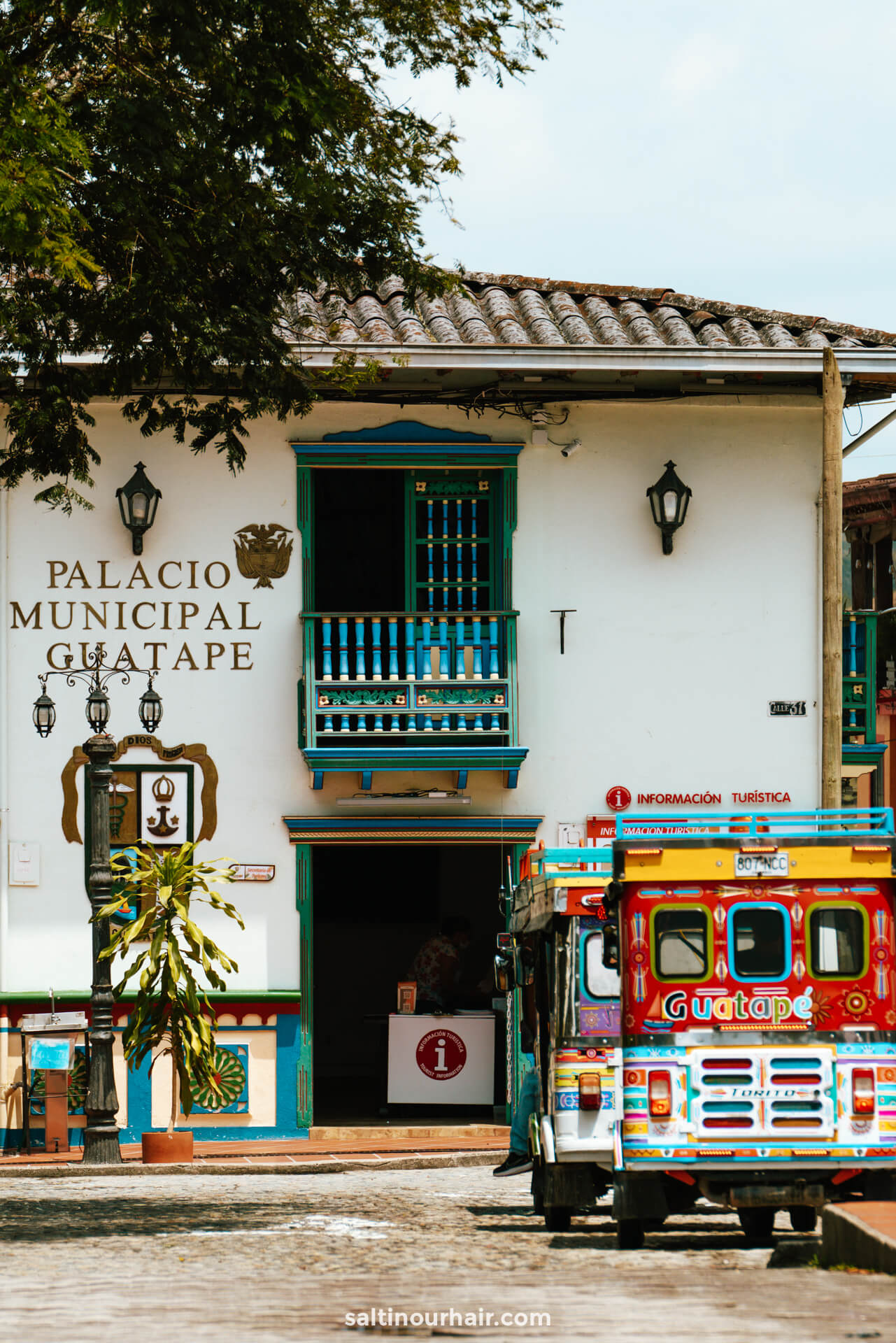
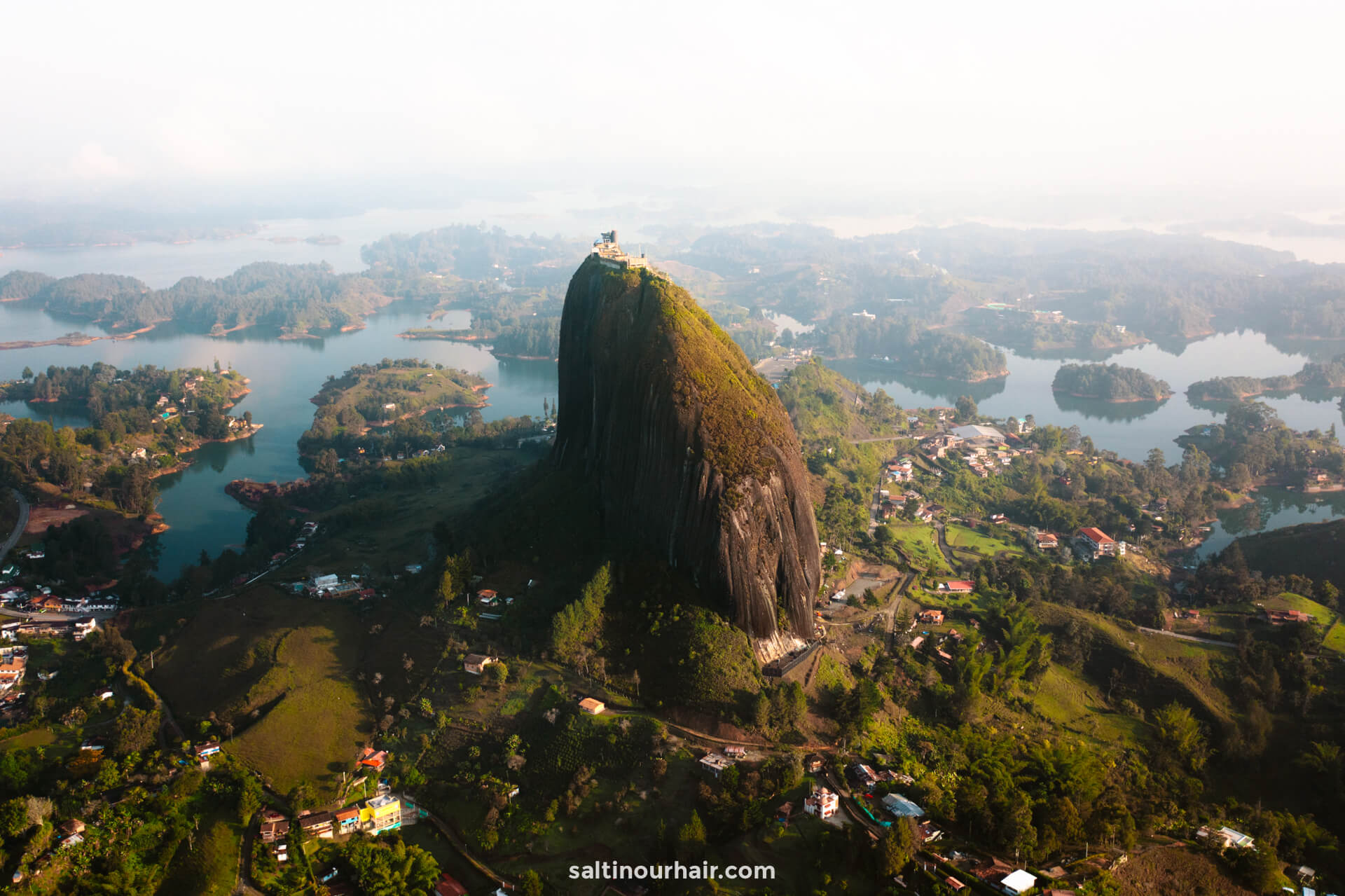
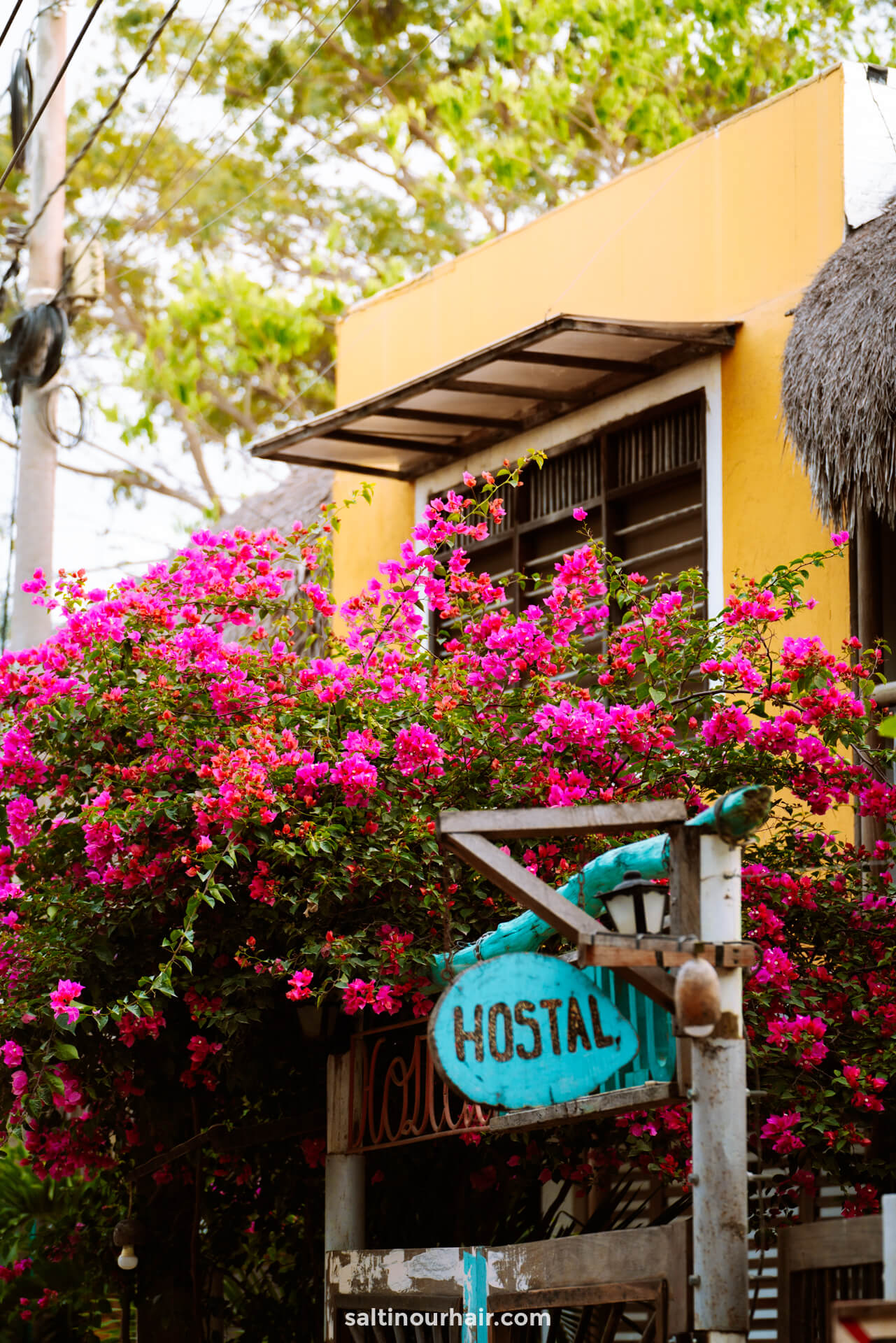
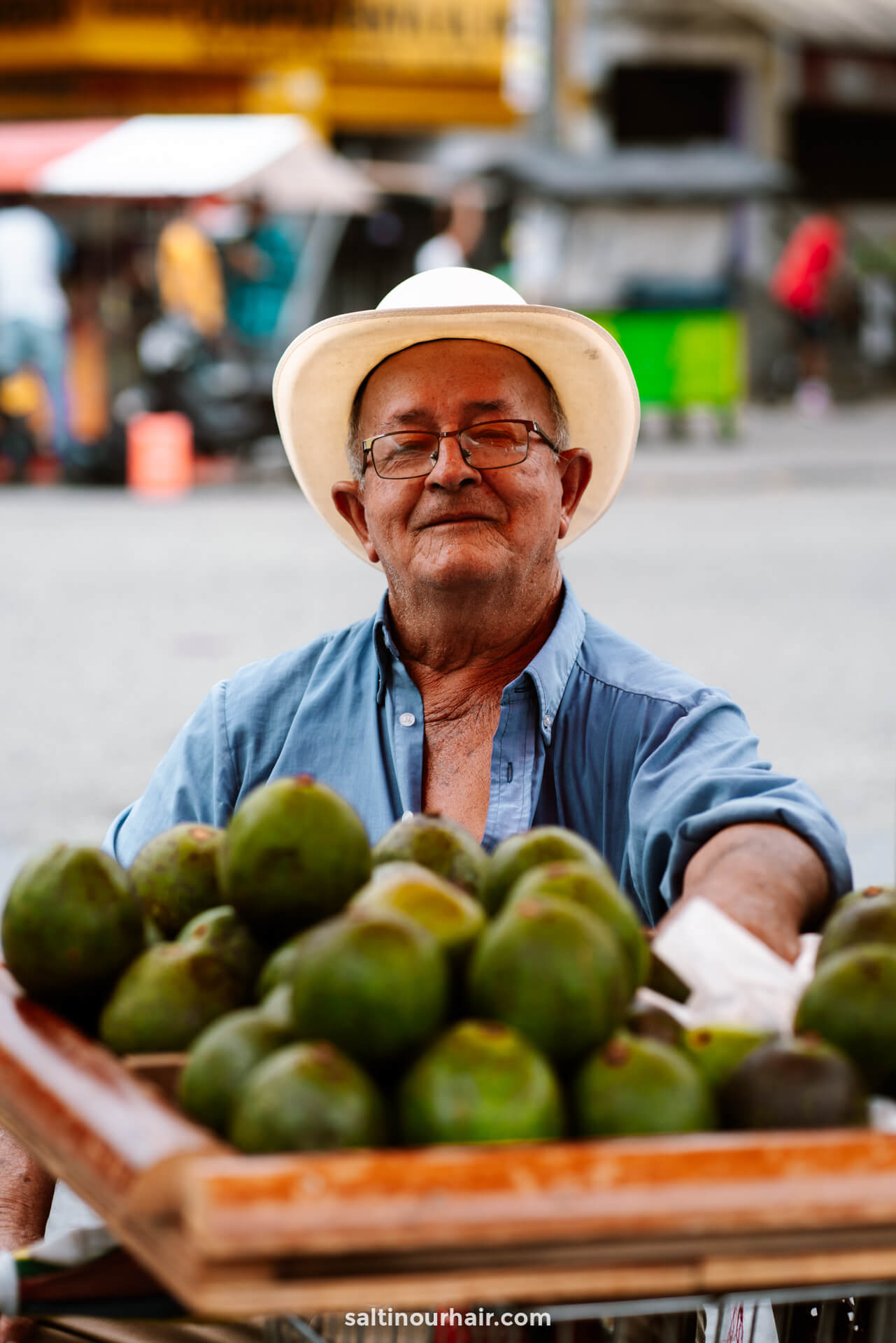
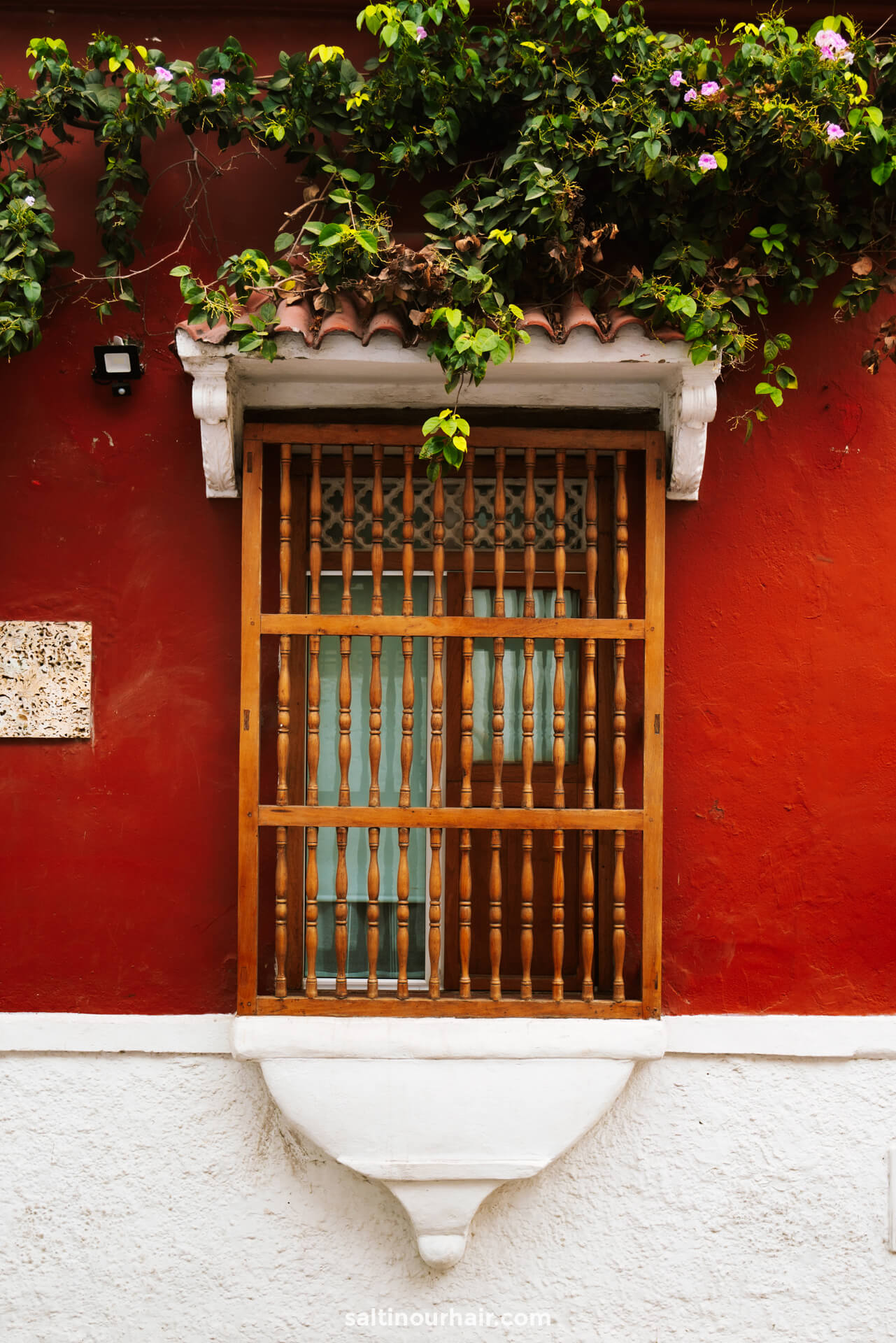
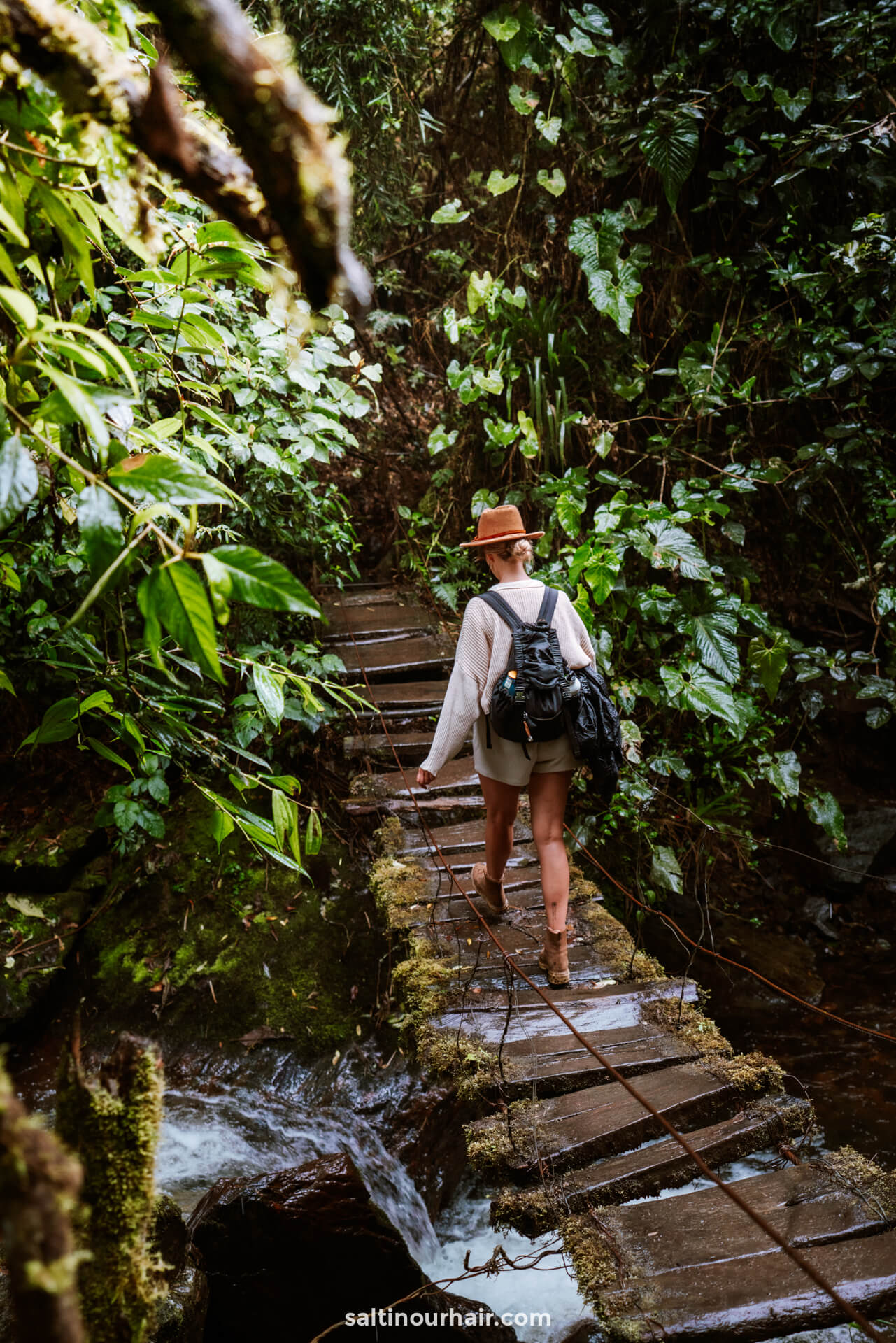
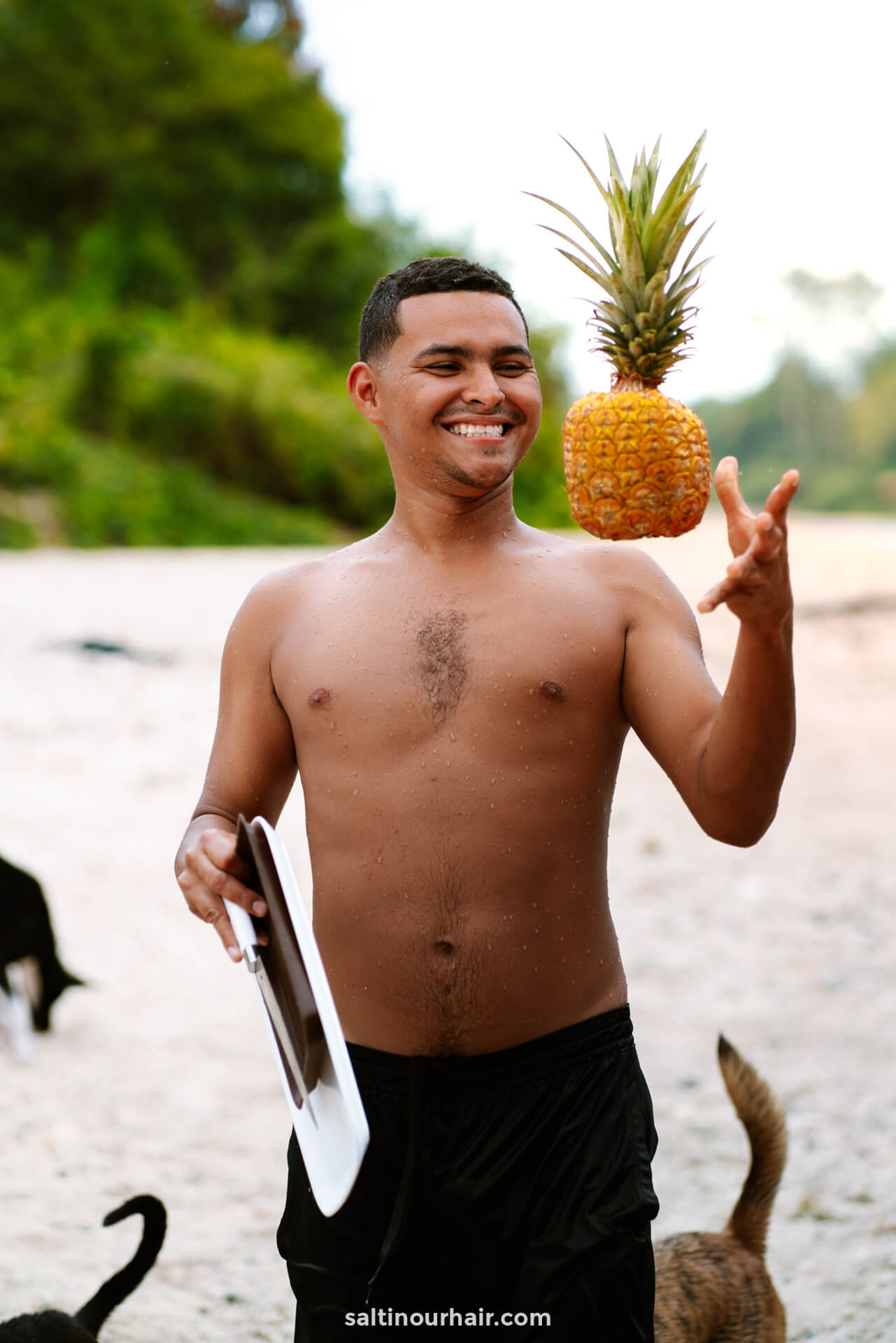
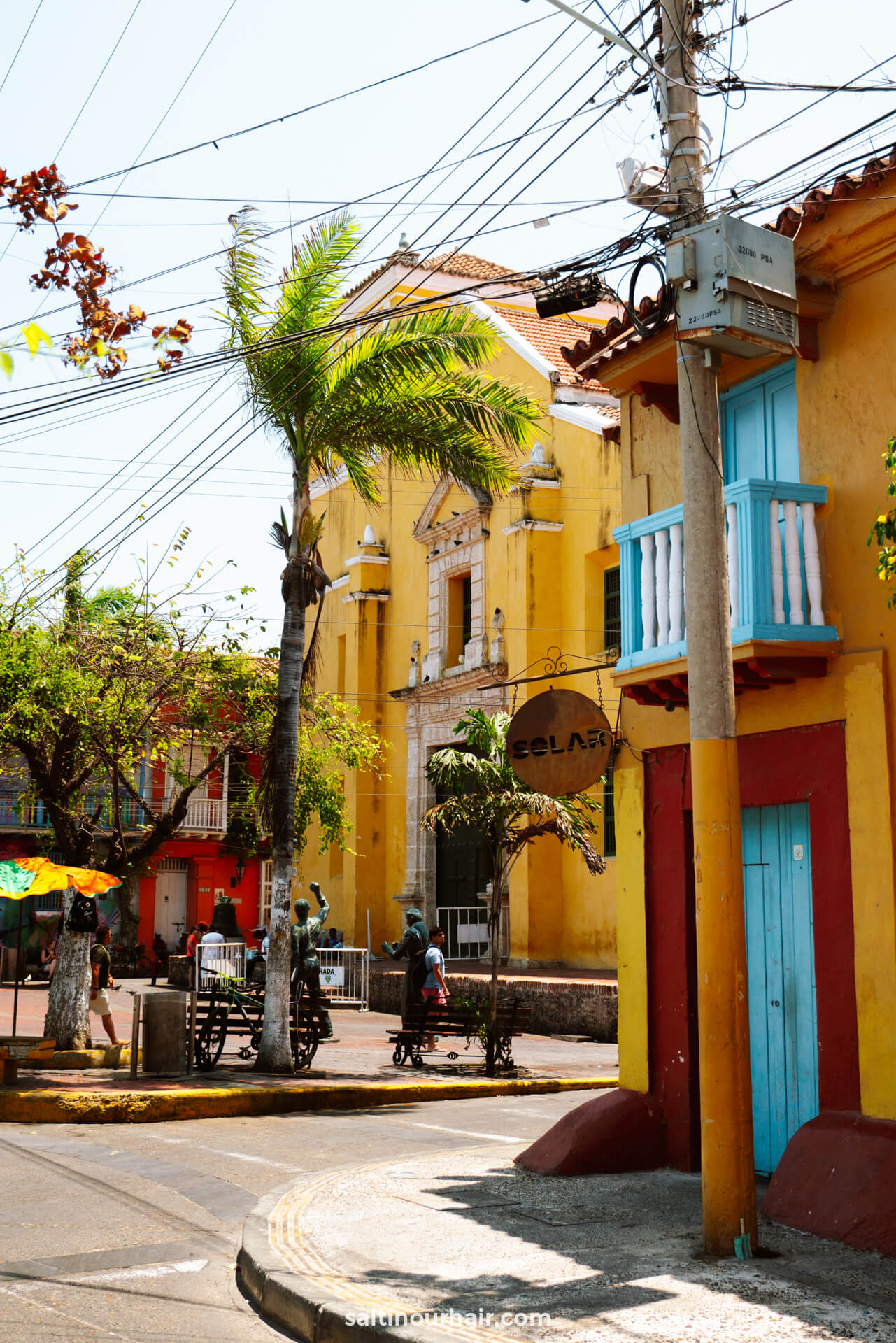
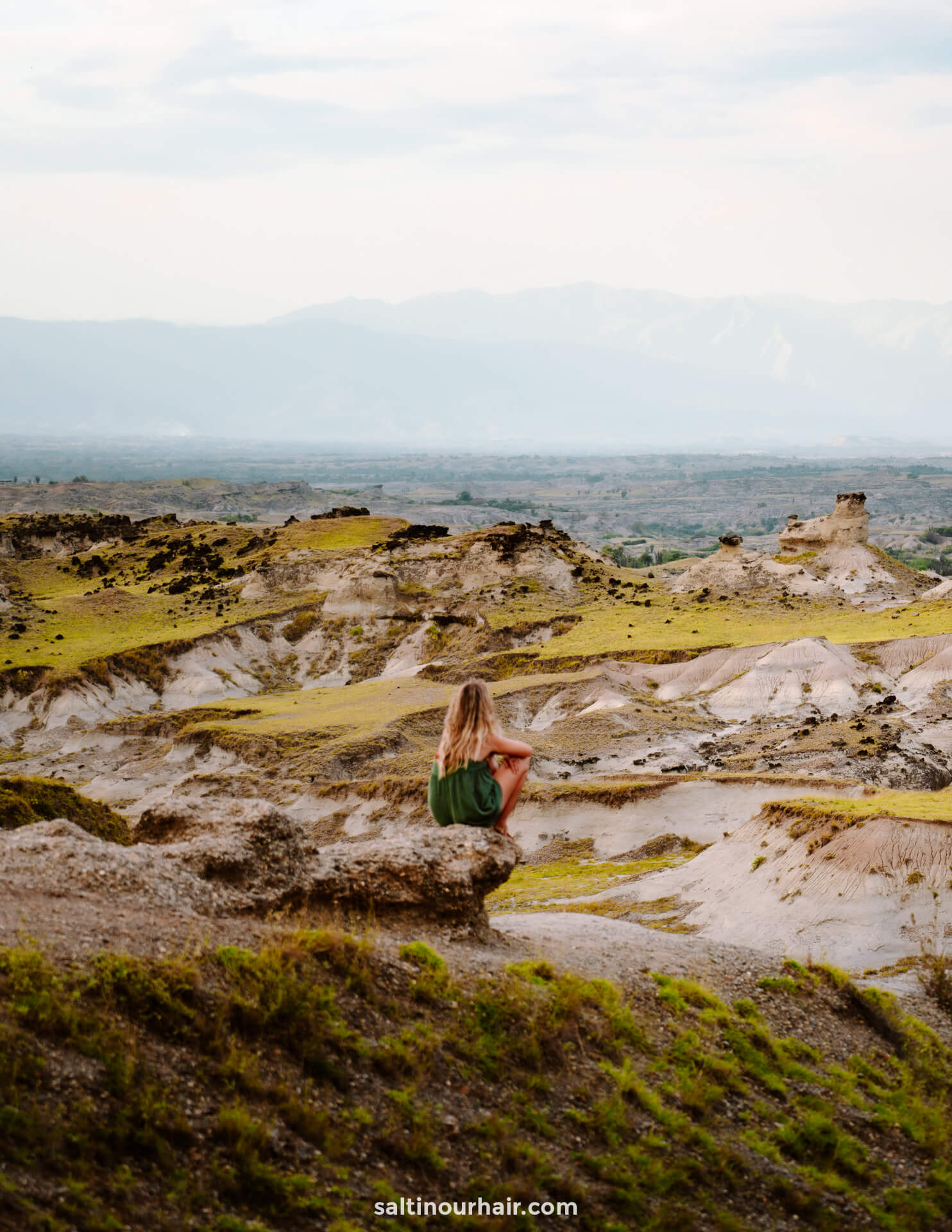
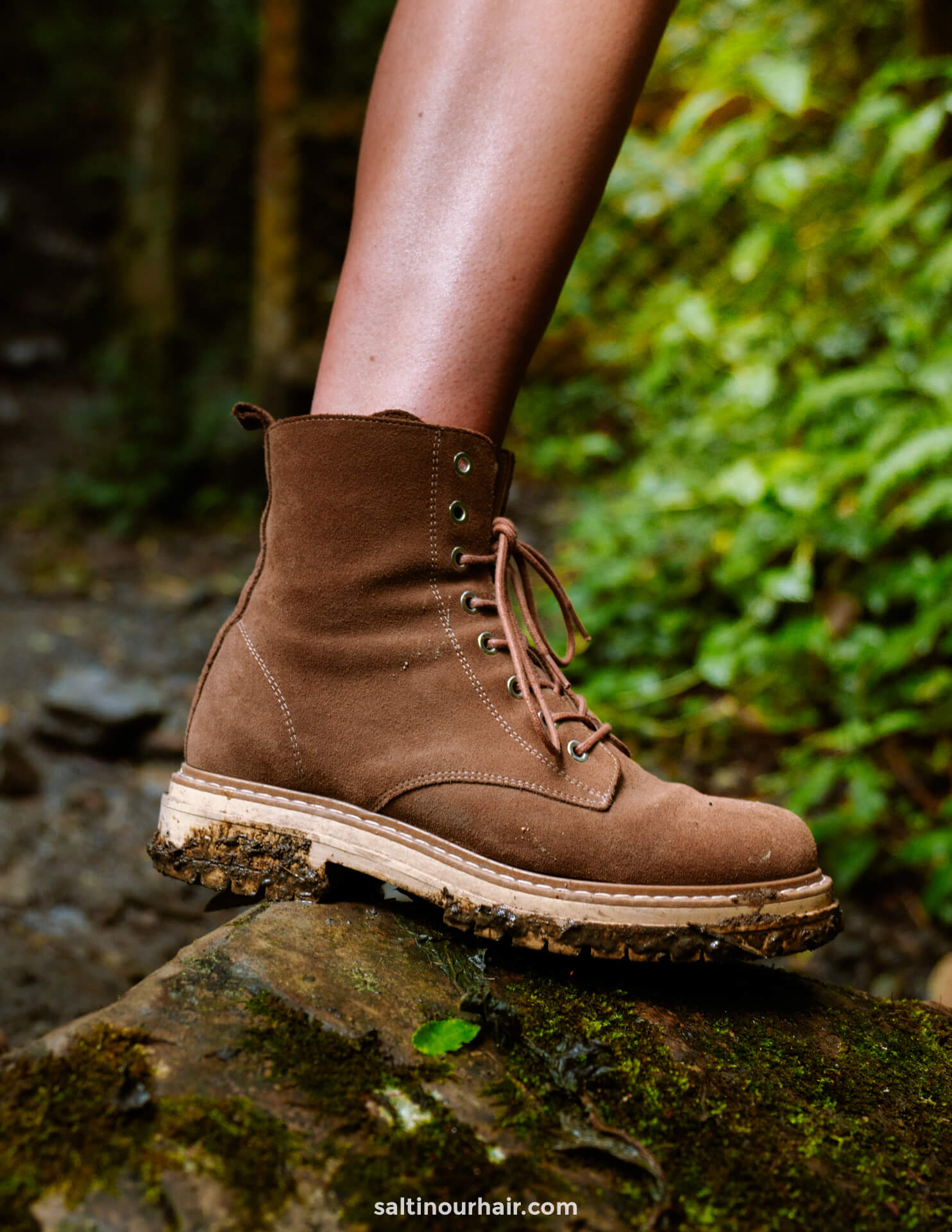
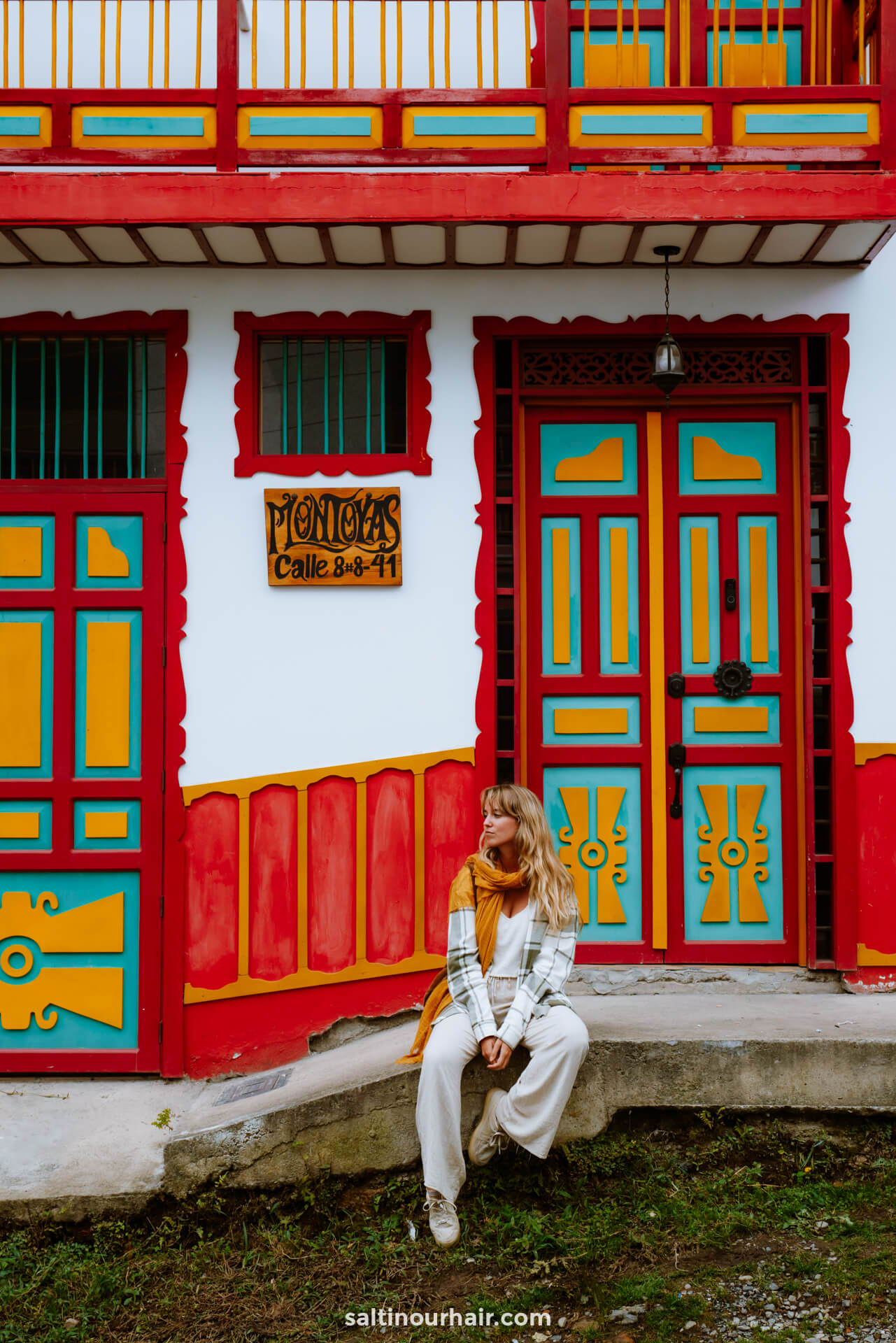



great guide! just came back from Colombia, i would also add the following stops:
– La Guajira: enjoy a raw desert tour until the Ocean, close to Venezuelan border. Must be done with licensed drivers as the desert is really huge and difficult to drive by. You can stay in Riohacha (approx. 3hrs away from Santa Marta) ad then start the tour – it takes around 5-6 hrs to reach the desert. Riohacha also has an airport with hourly connection to Bogotà
– Leticia and the amazons: get there by plane from Bogotà; start a 3-4 days tour around the Amazon river and nearby villages where you can spot tons of wildlife and walk (for hours) in the raw forest. You can find local guides and tours on internet, they are well organized